Welcome to
Northern Oltenia
Discover a land of awe and serenity, the birthplace of Constantin Brâncuși!
Northern Oltenia is a destination filled with amazing cultural and natural heritage, caught between the beauty of its landscape and the magnificent cultural heritage that it preserves. Hugely underrated, Northern Oltenia is a land of ultimate diversity and authenticity, with majestic mountains that are perfect for hiking adventures, mysterious caves and wild gorges, the masterpieces of Constantin Brancusi, the splendid orthodox monasteries, preserved traditions and warm hospitality!
Sights & Experiences in Northern Oltenia
City of Craiova
Although not quite as rich and extensive as other destinations, the historical center of Craiova offers a fascinating travel experience, with a wide range of monuments, including old buildings, museums, churches and more. Apart from this exceptional area, the city also boasts two gorgeous green areas, the impressive Nicolae Romanescu Park and the enchanting Alexandru Buia Botanical Garden. The historical town center of Craiova covers several squares and streets with exceptional sights, forming a fascinating architectural complex that is worth exploring…

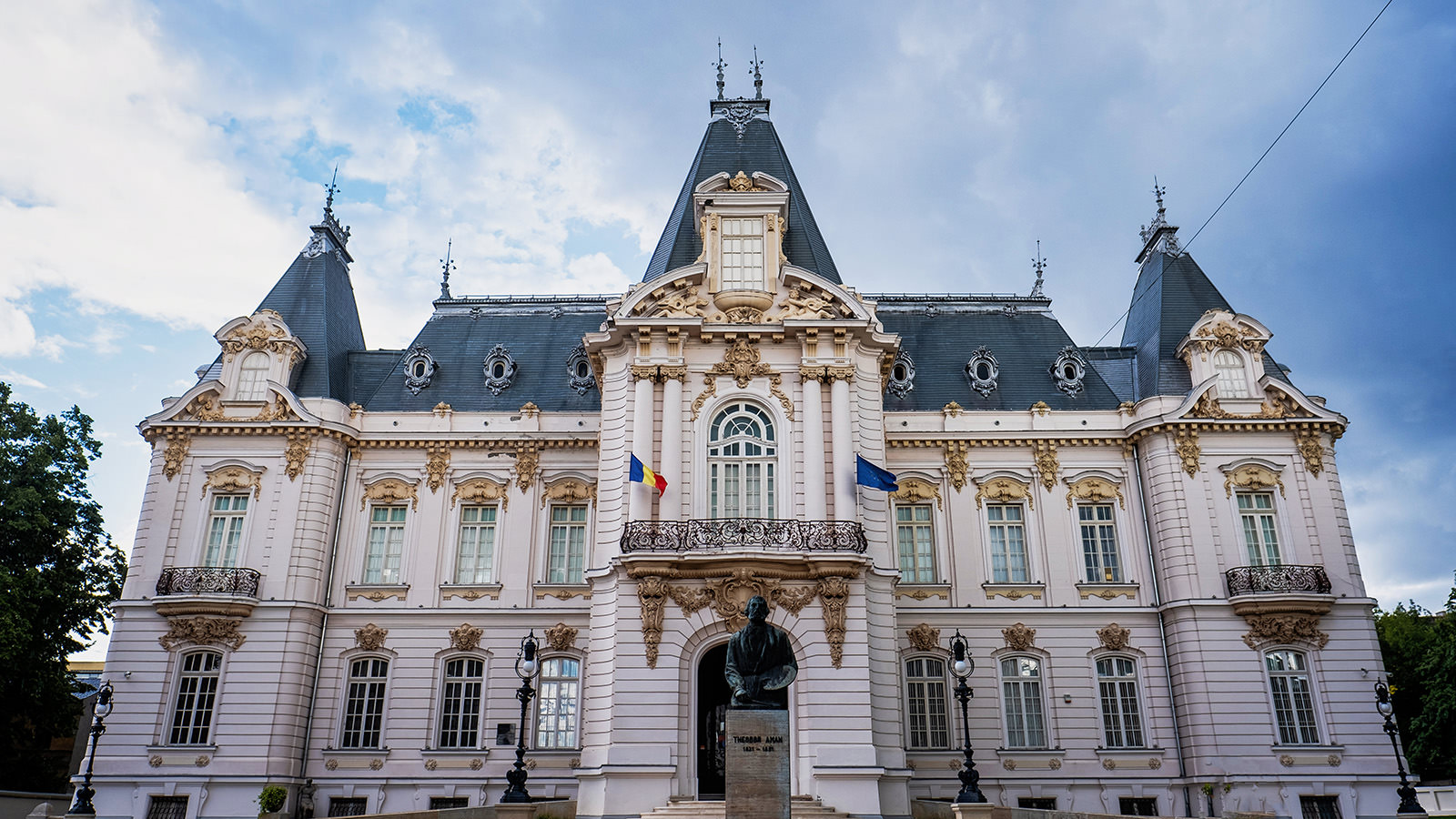
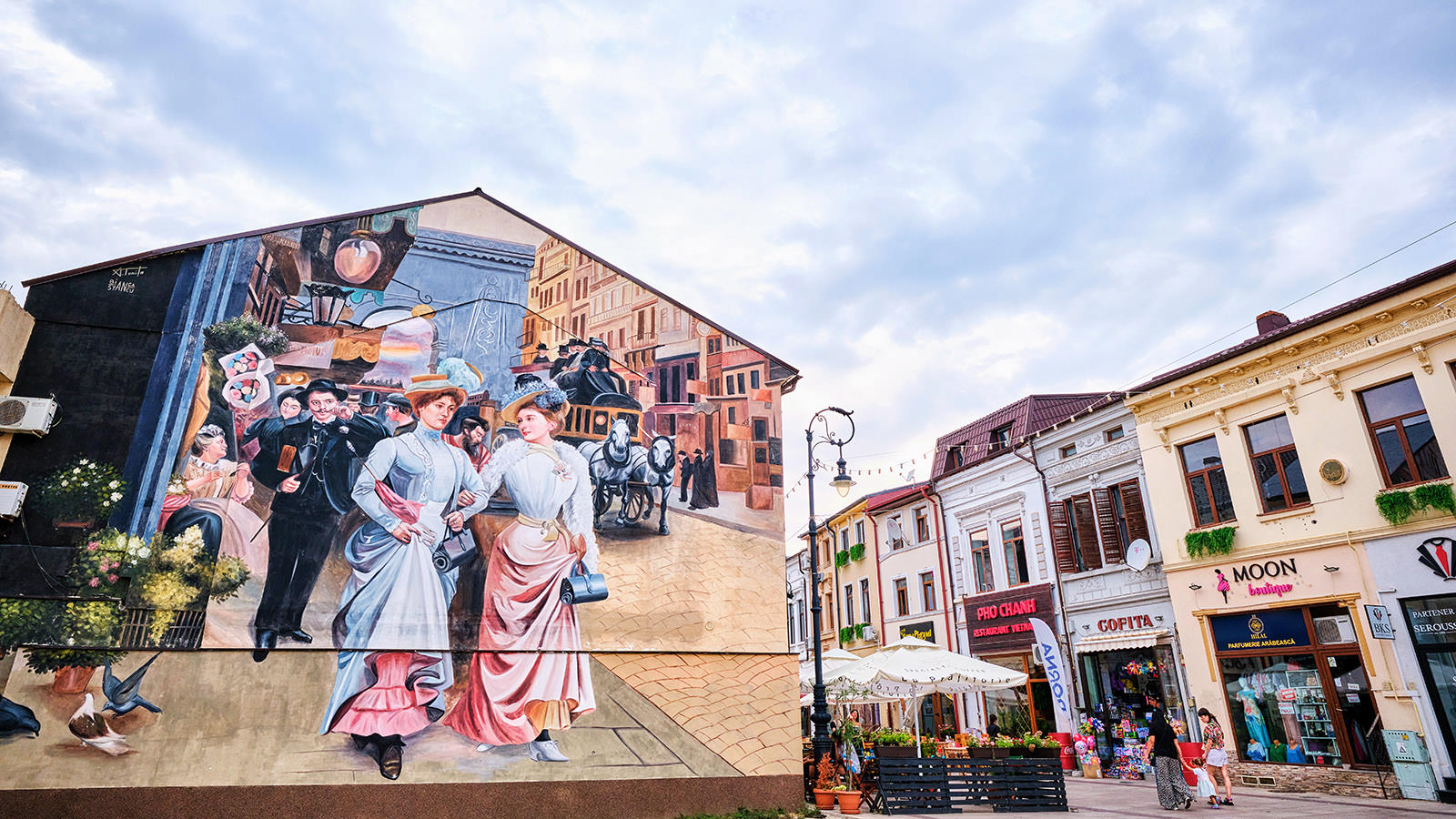

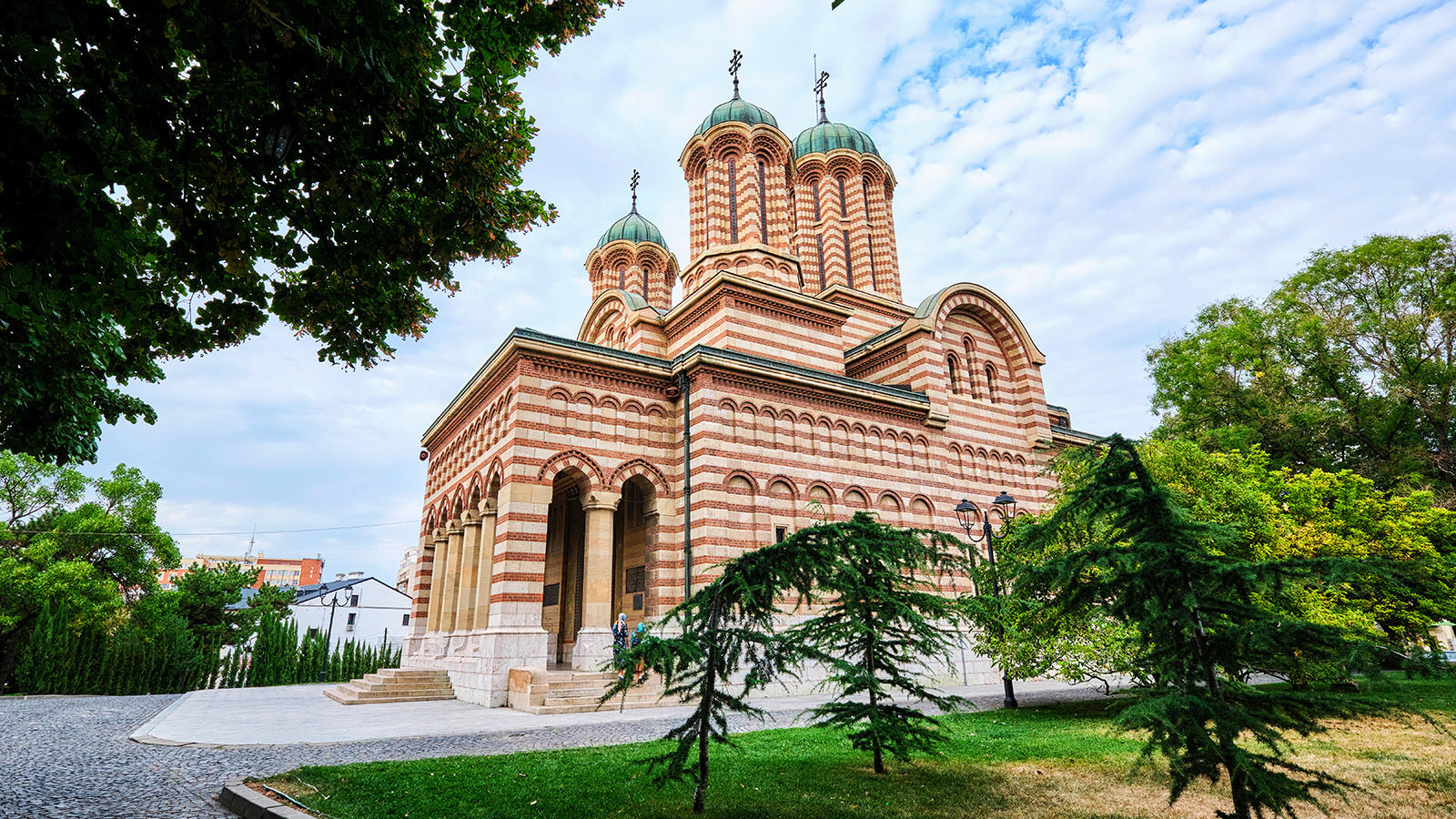
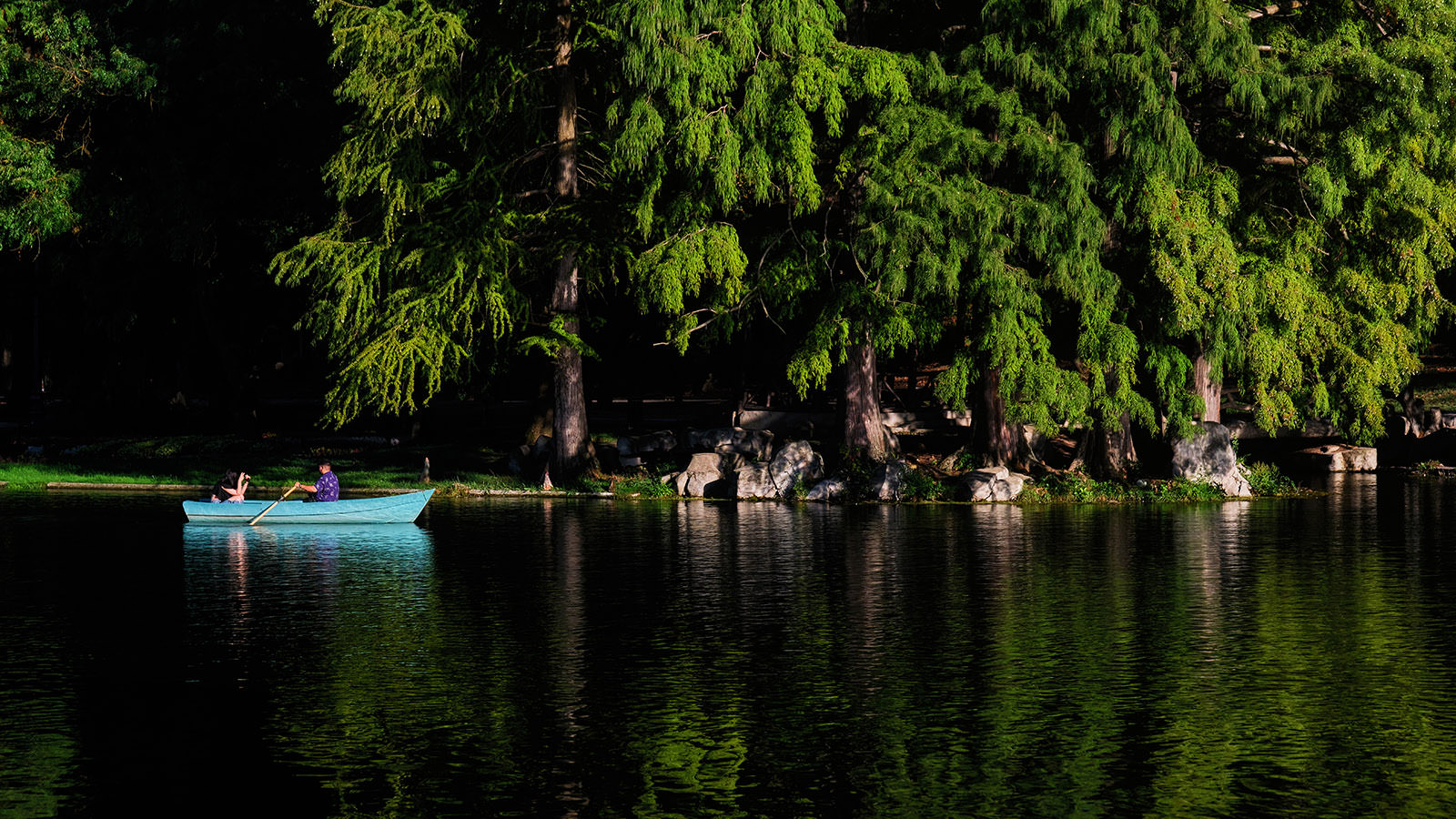
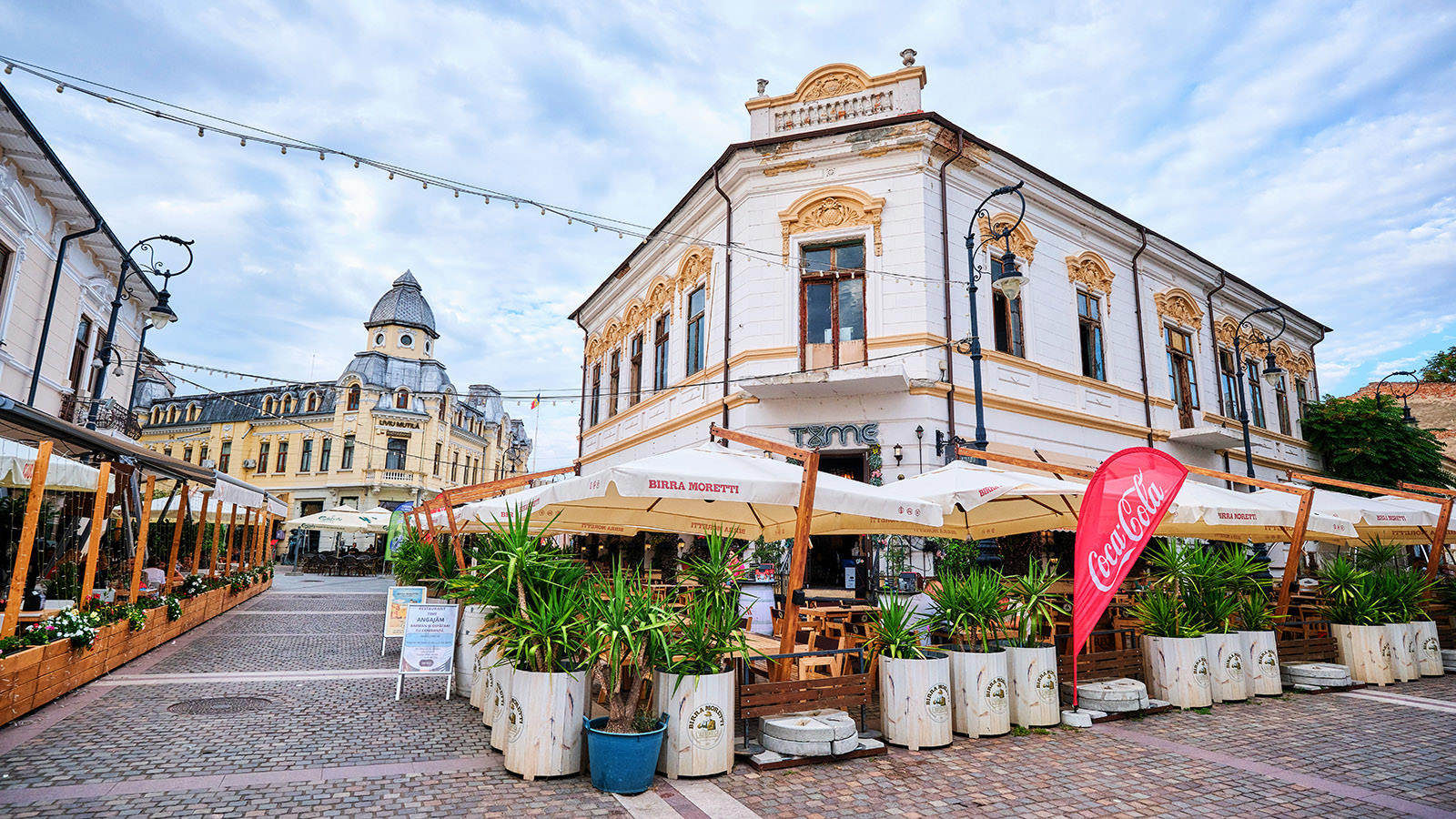
Town Hall
Museum of Art
Old Town
Administration Palace
Metropolitan Cathedral
Romanescu Park
Old Town
Often called the city of Brâncuși, Târgu Jiu is a fascinating place through its simplicity and discreet charm. A walk along its wide boulevards and shaded alleys can unravel the soul of an amazing destination. After 1938, it became known in the entire world as the place where Constantin Brâncuși placed his grandest masterpiece, the architectural complex known as Heroes Path. Apart from this priceless universal heritage, the city also features several interesting sights that are worth visiting. Created in the years between the two wars as a homage to the heroes of the First World War, the Heroes Path complex includes several exceptional monuments, the Table of Silence, the Chairs Alley, the Gate of the Kiss and the Endless Column…
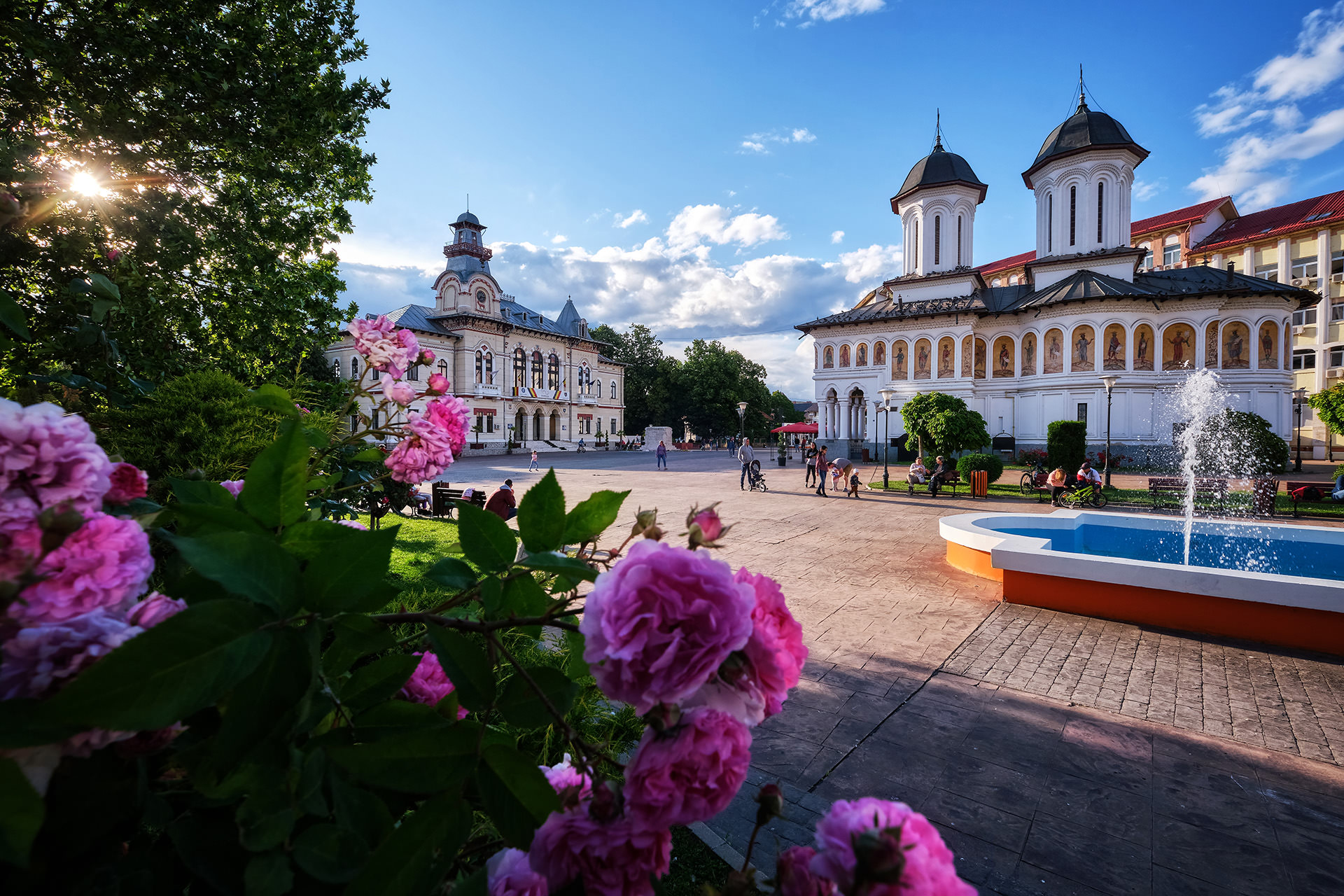
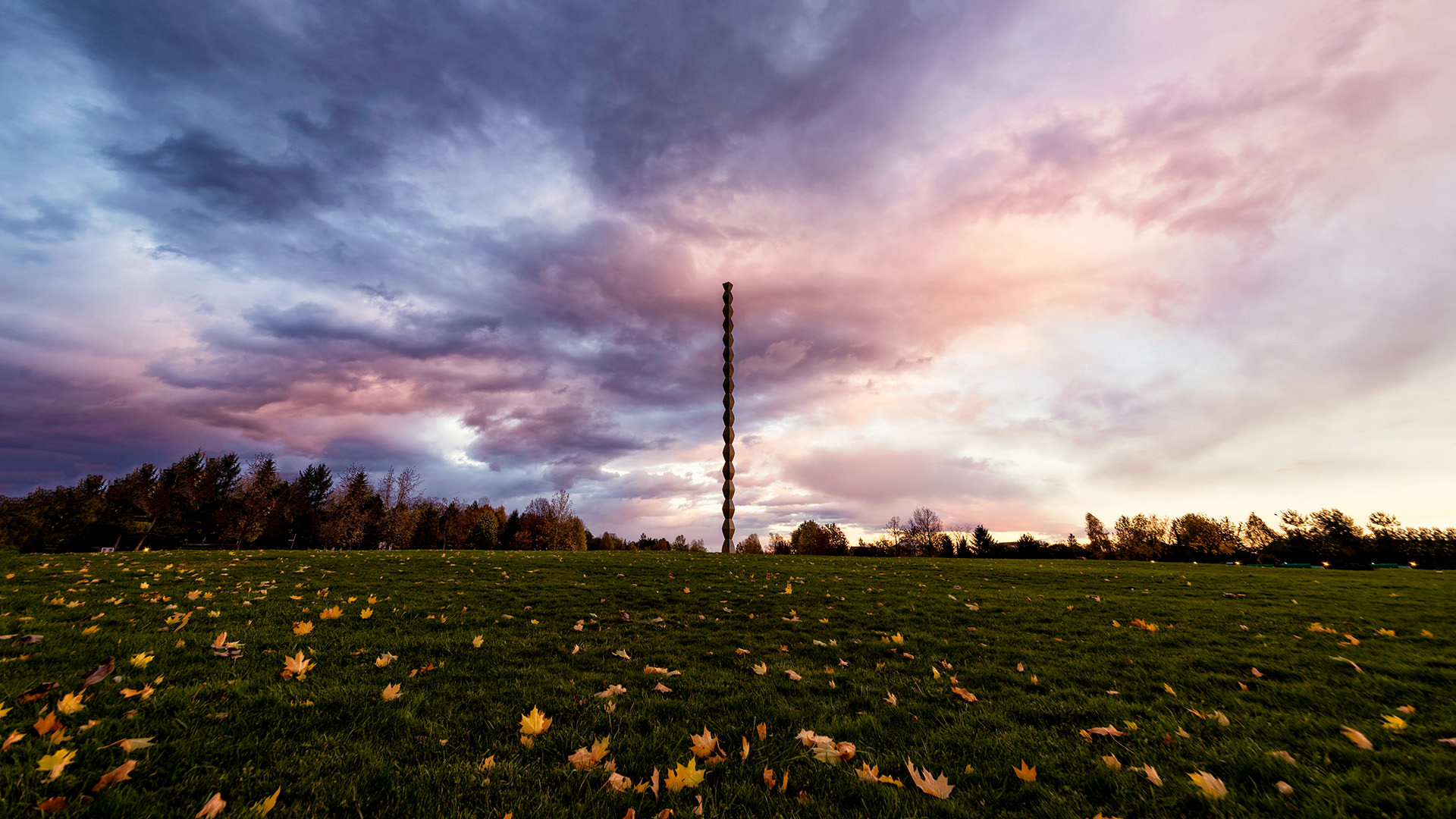
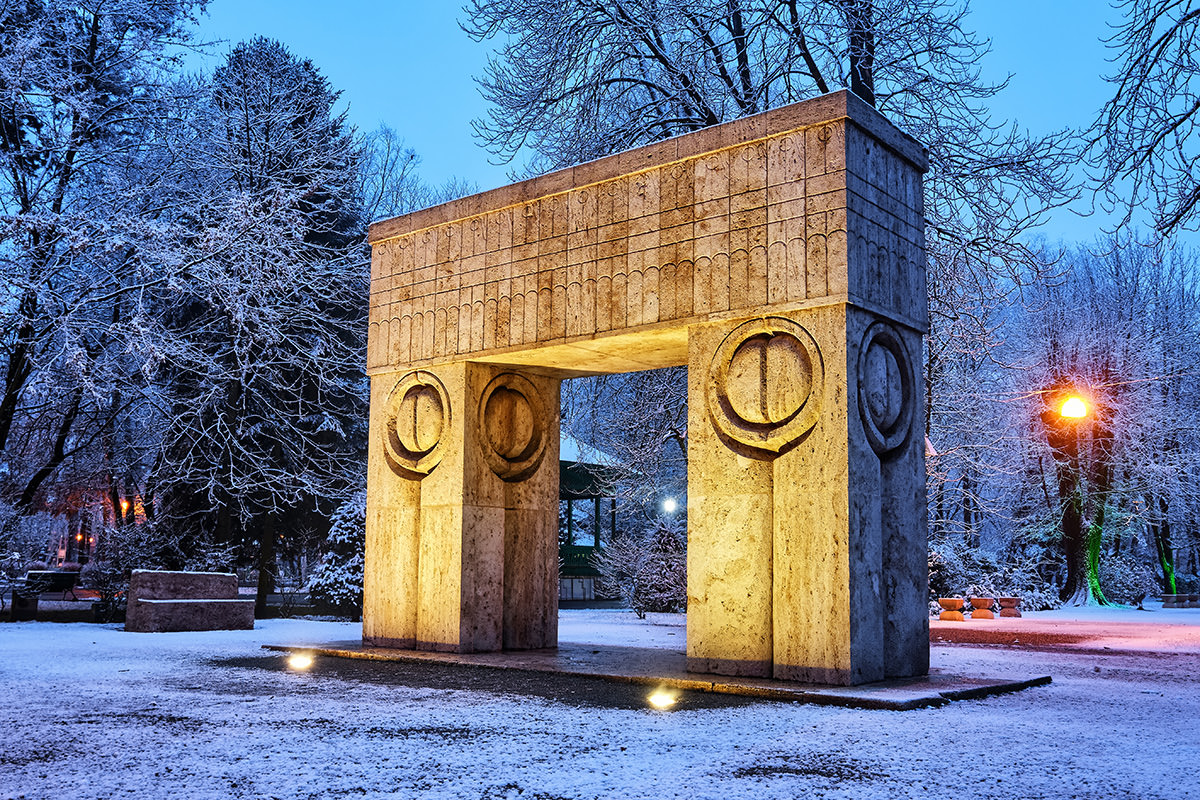
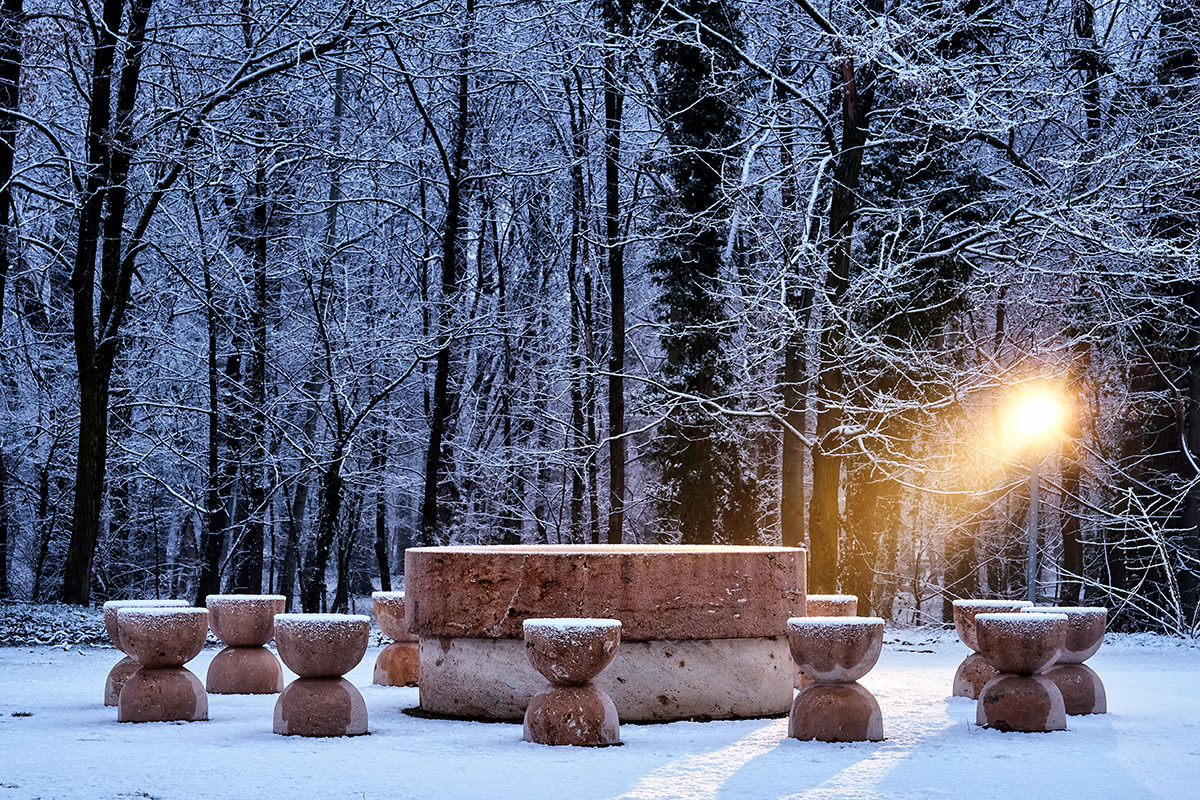
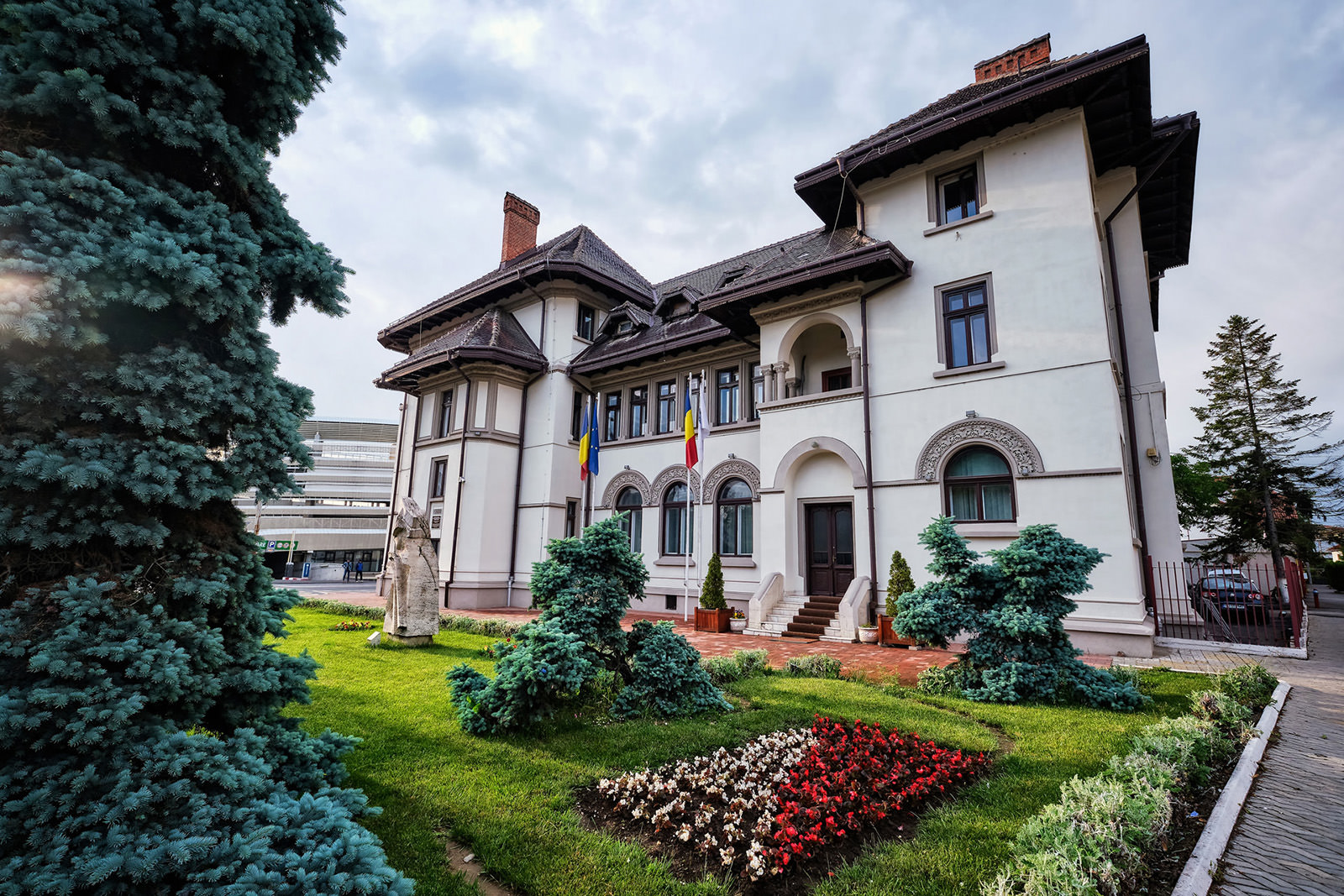



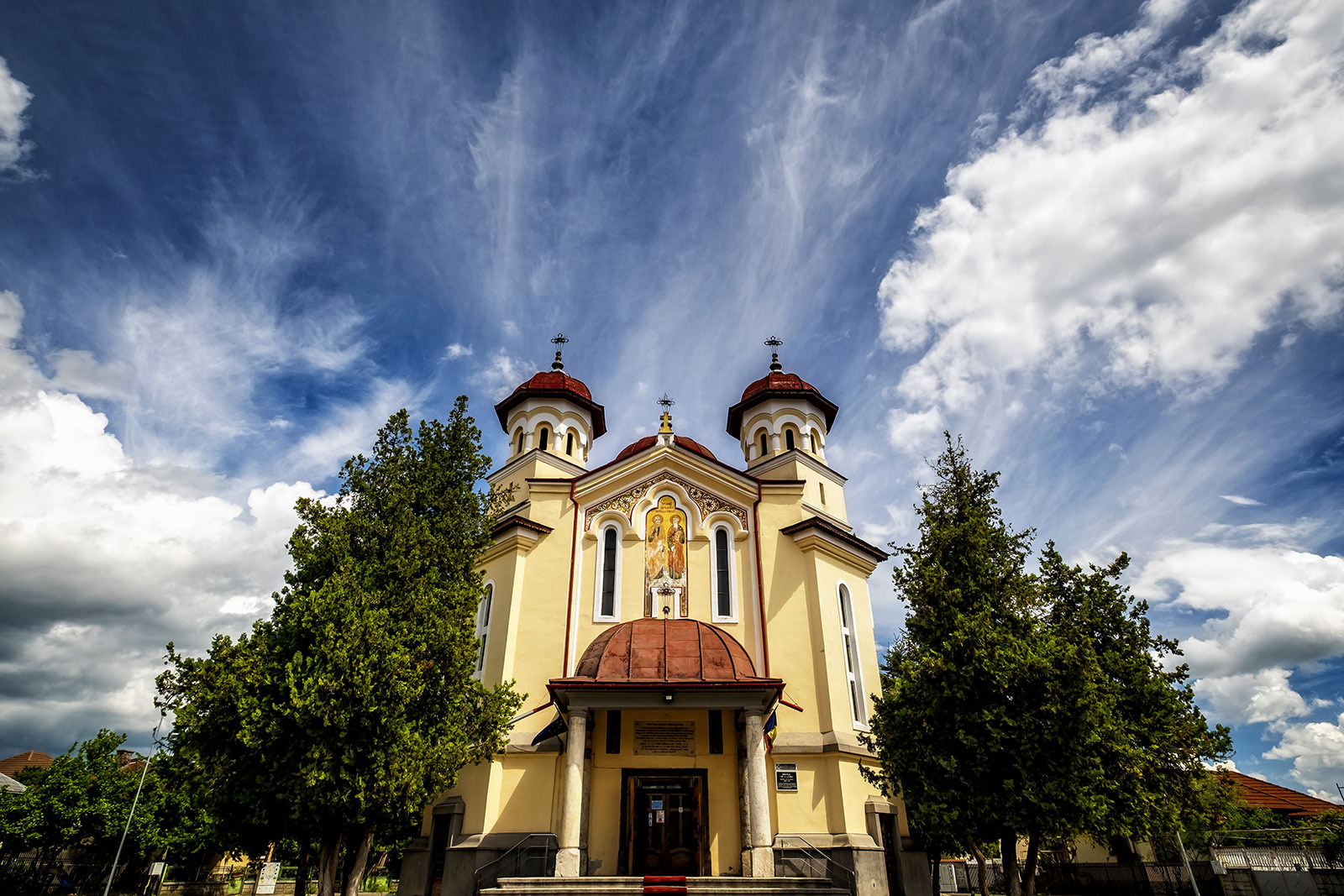
Targu Jiu
Endless Column
Gate of the Kiss
Table of Silence
Town Hall
Gate of the Kiss
Targu Jiu from the Sky
Saints Voivode Church
Saints Apostles Church
City of RÂmnicu VÂlcea
With a millennial history that goes beyond the Roman castrum of Buridava, discovered close to the city, Râmnicu Vâlcea was first mentioned in a document issued by Mircea the Elder in 1388, who had its court here. The small city embracing the mighty Olt River reveals its hidden treasures gently, featuring fascinating museums and monuments, beautiful churches, elegant parks and so much more. Apart from all these and its serene charm, we can also find a small village museum just a few kilometers from the city center, with spectacular traditional architecture exhibits…

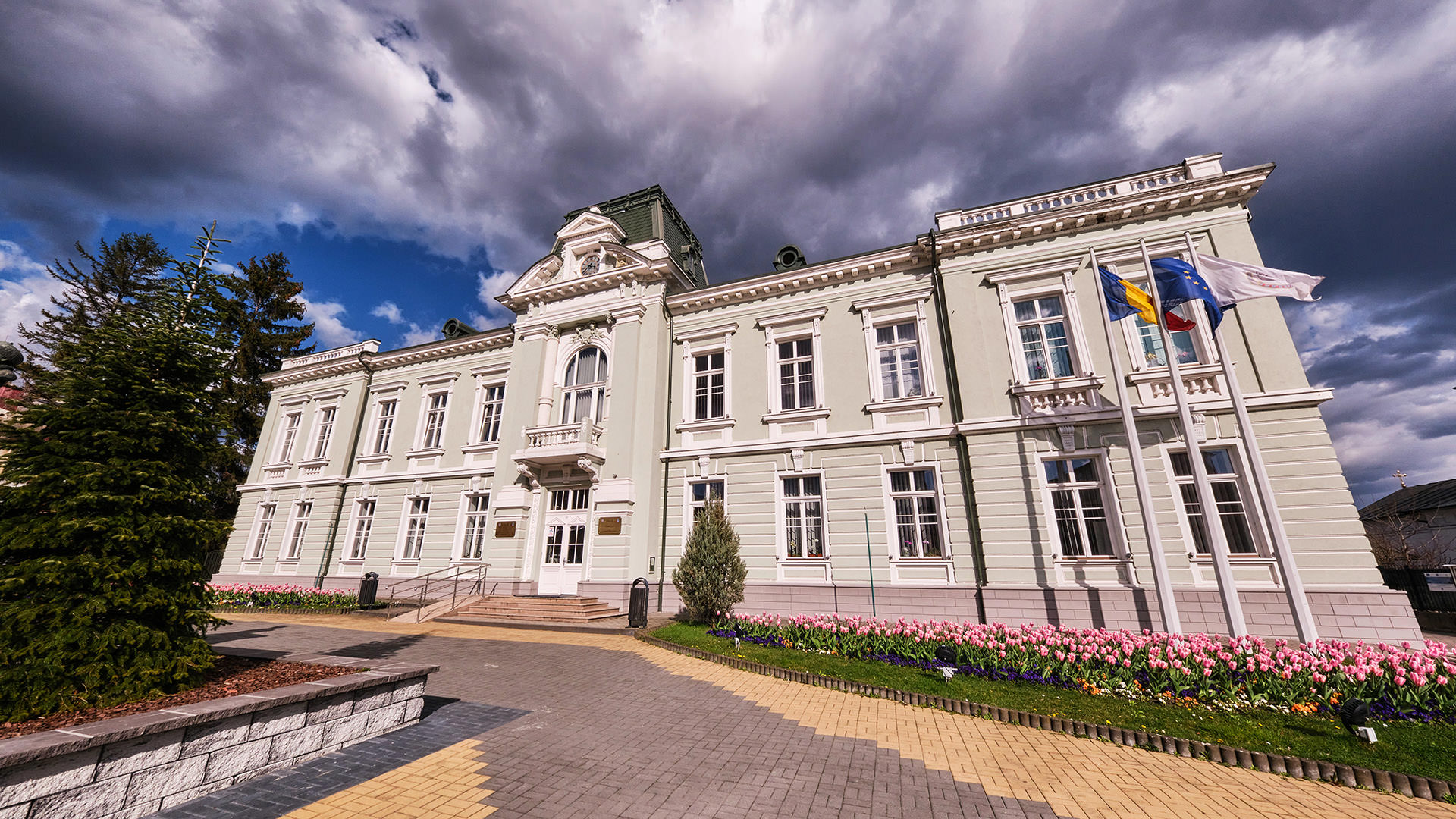
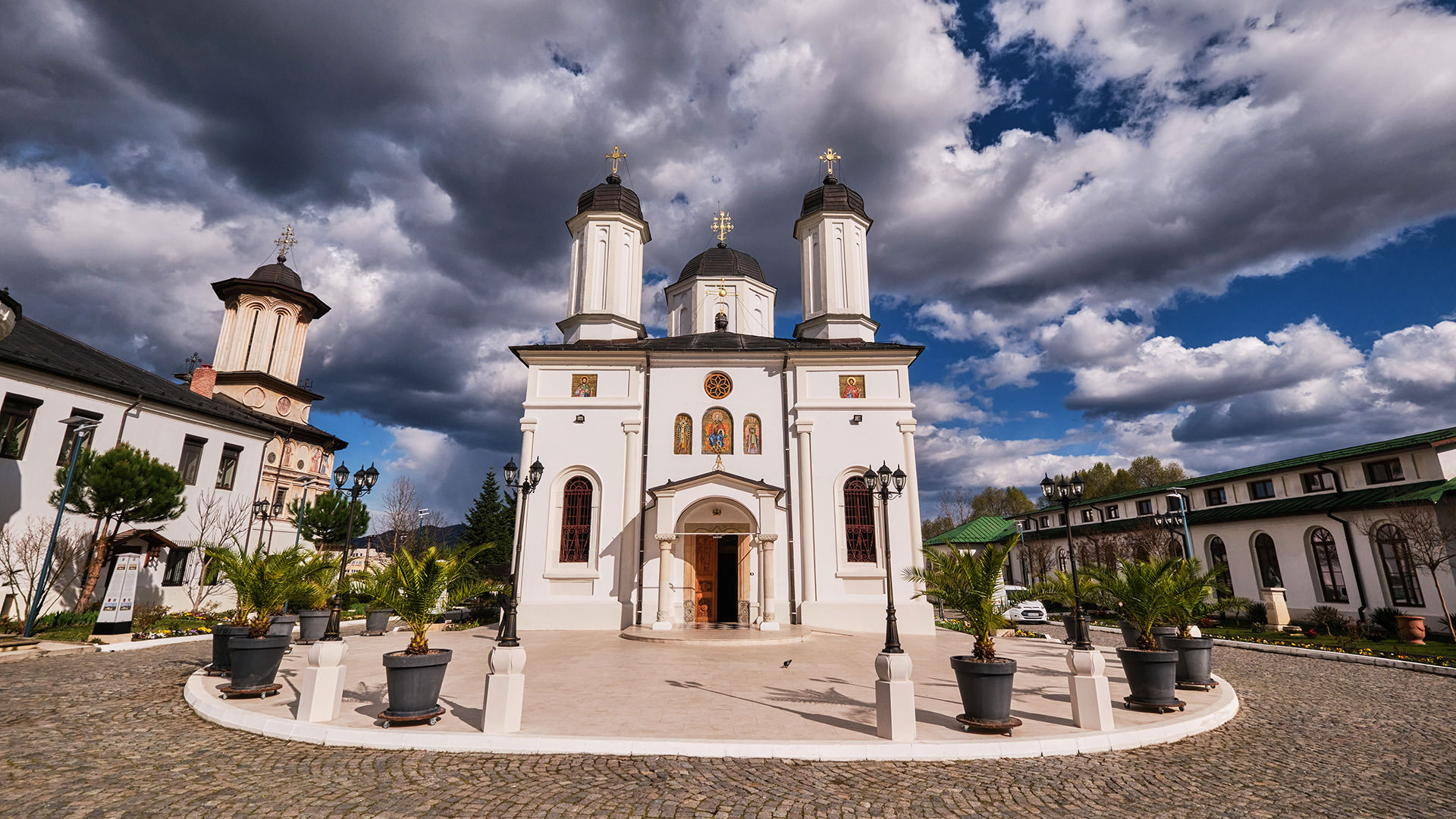
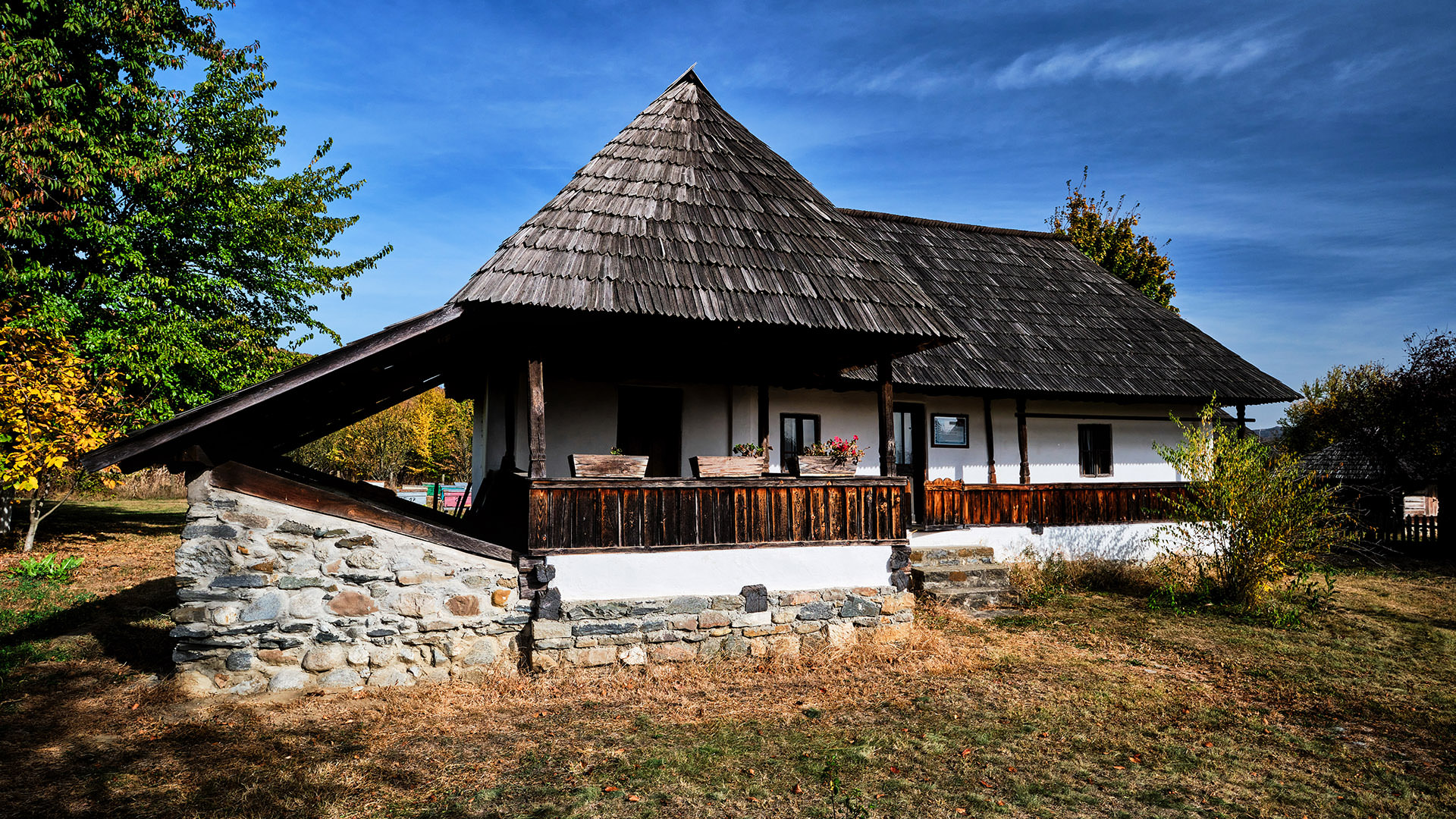
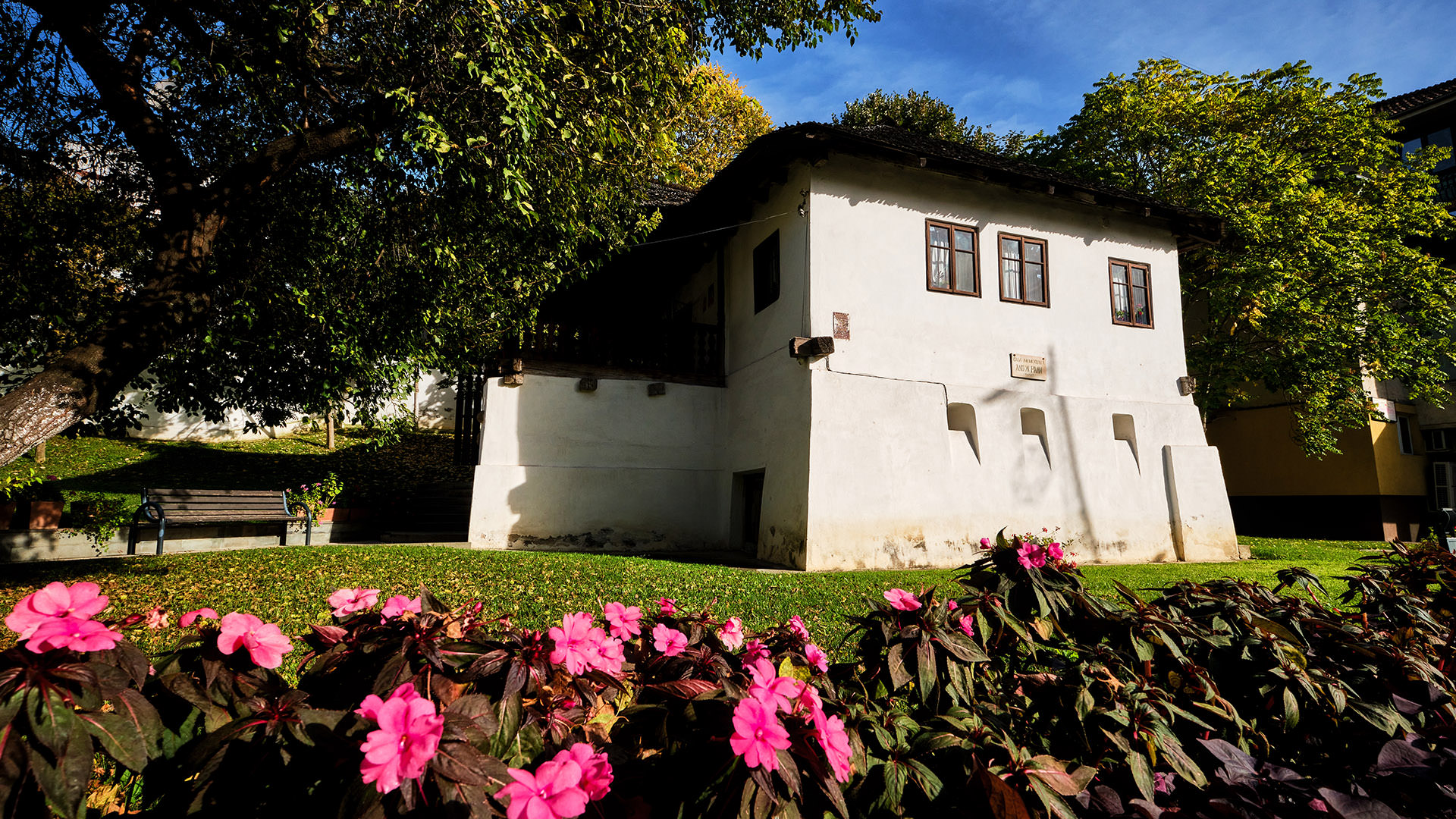
Ramnicu Valcea Panorama
Justice Palace
Archbishopry of Ramnic
Village Museum
Anton Pann House
The majestic mountains of Parâng reveal themselves to the traveler in their entire splendor and without any secrets… Wild and massive, Parâng Mountains are truly impressive at first sight, yet people have conquered them a long time ago, carving paths and roads toward their heart. A fascinating destination in all seasons, these mountains draw visitors with the serene beauty of their alpine landscapes, the stunning glacial lakes that mirror the sky in the middle of the wilderness, the extreme diversity of their plant and animal life, as well as the ancestral sheepherding traditions that are still beautifully preserved in these lands…
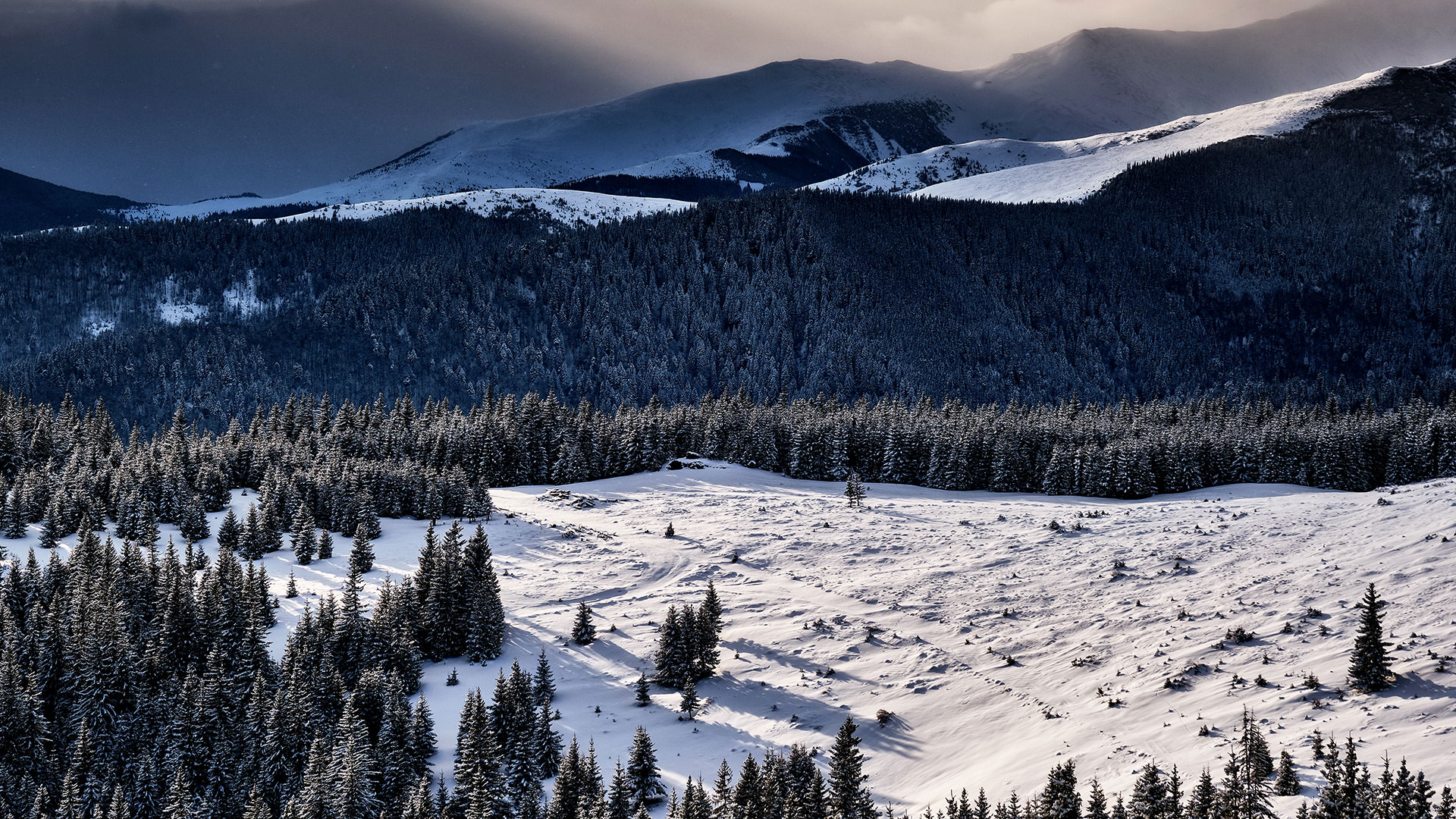

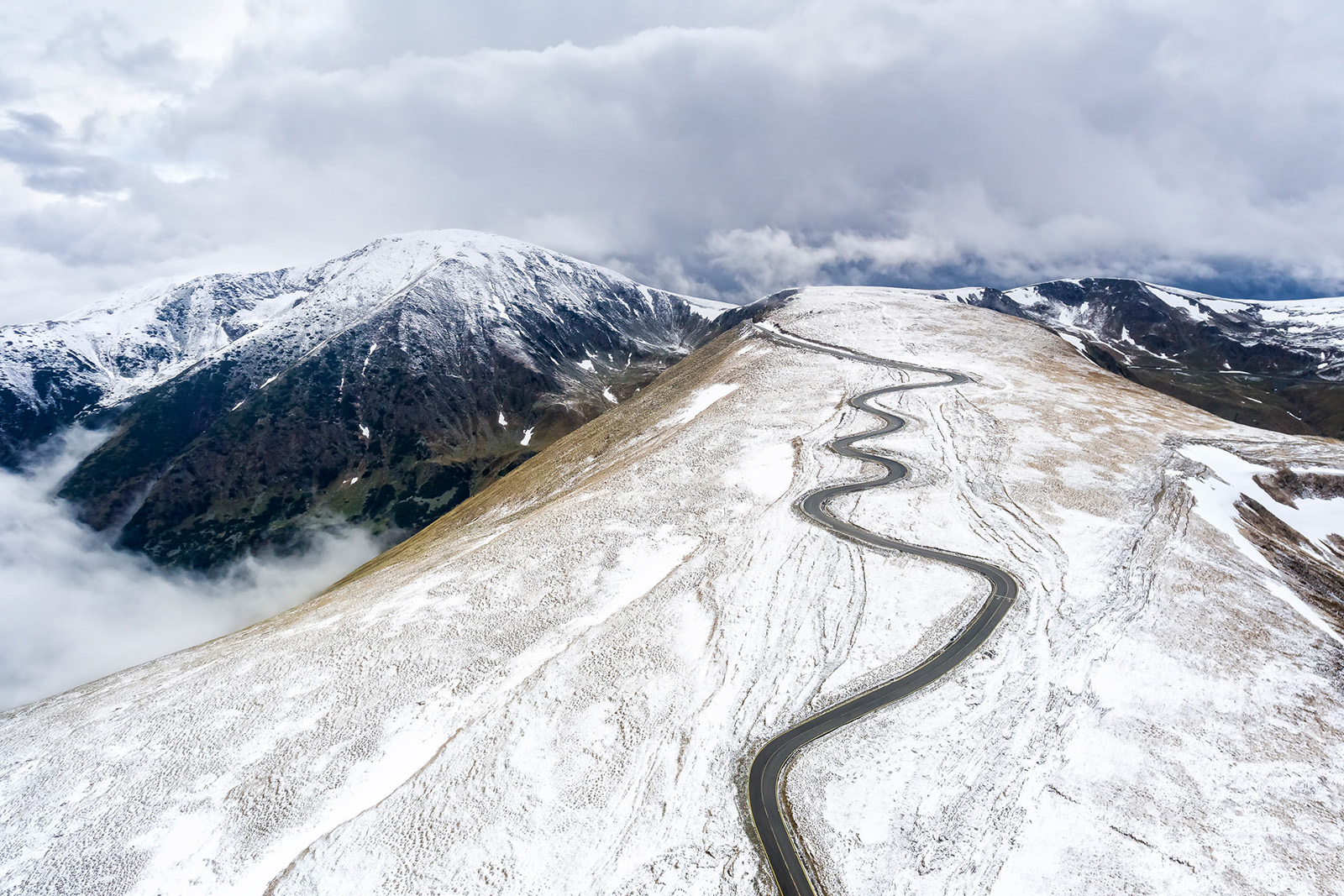
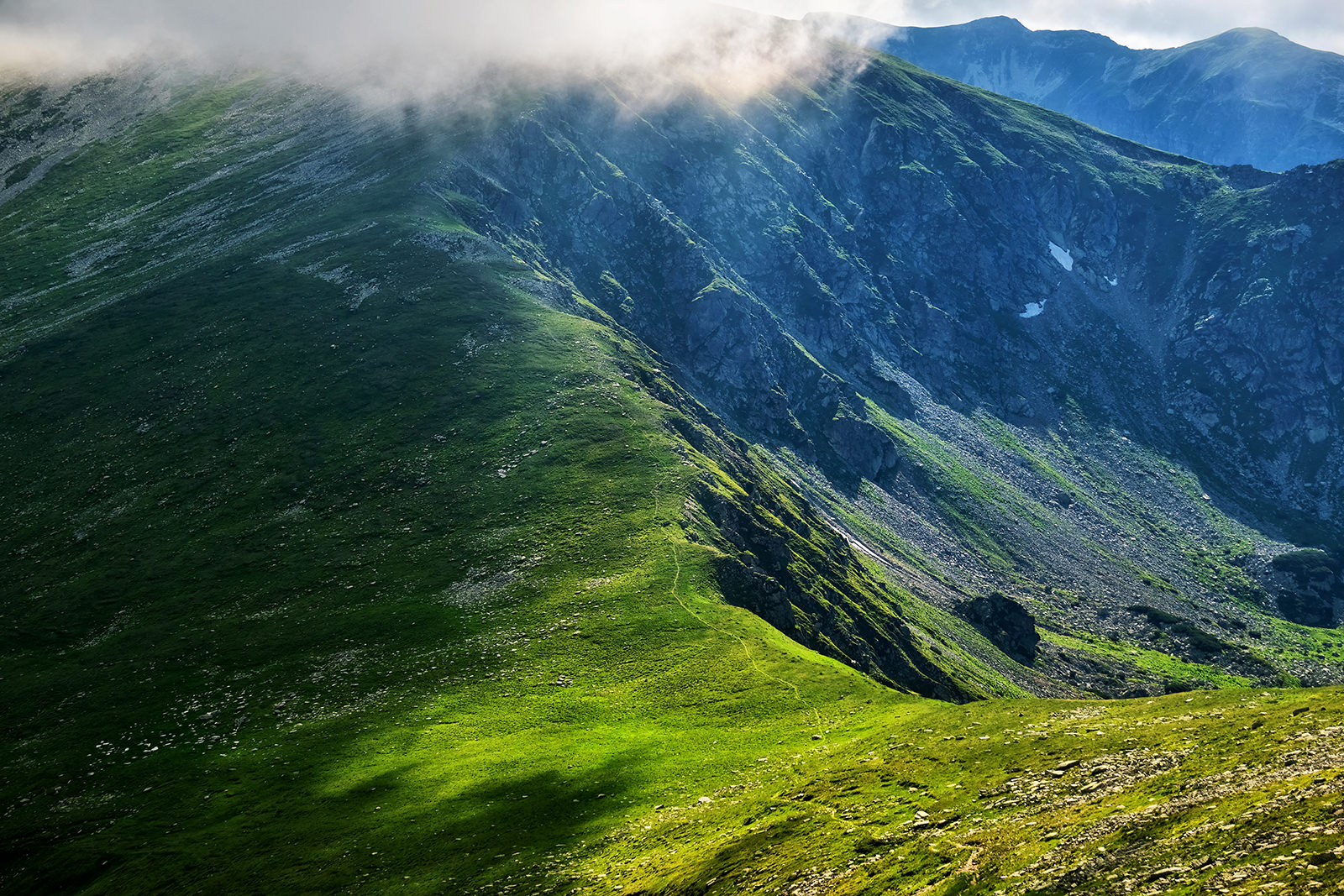
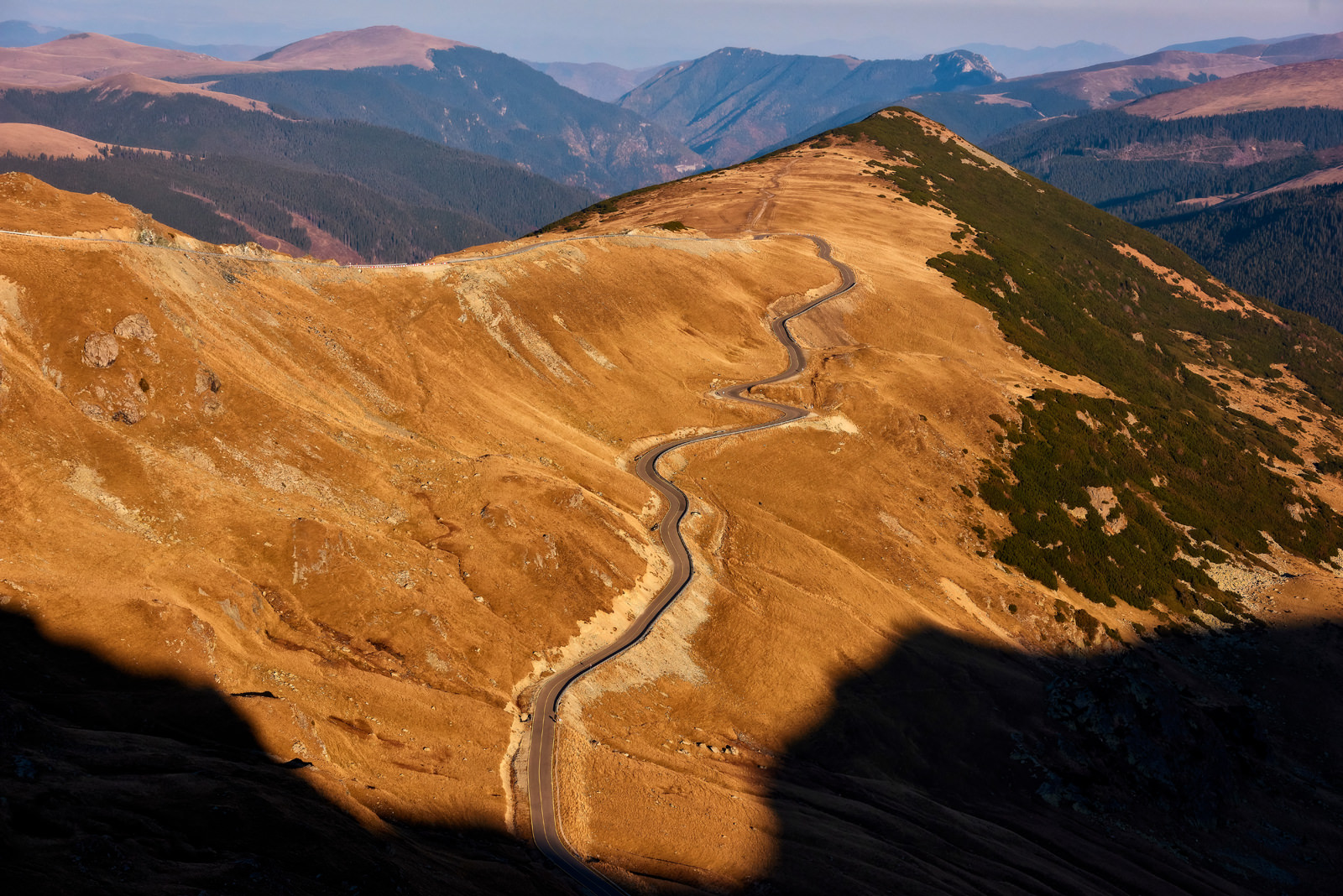
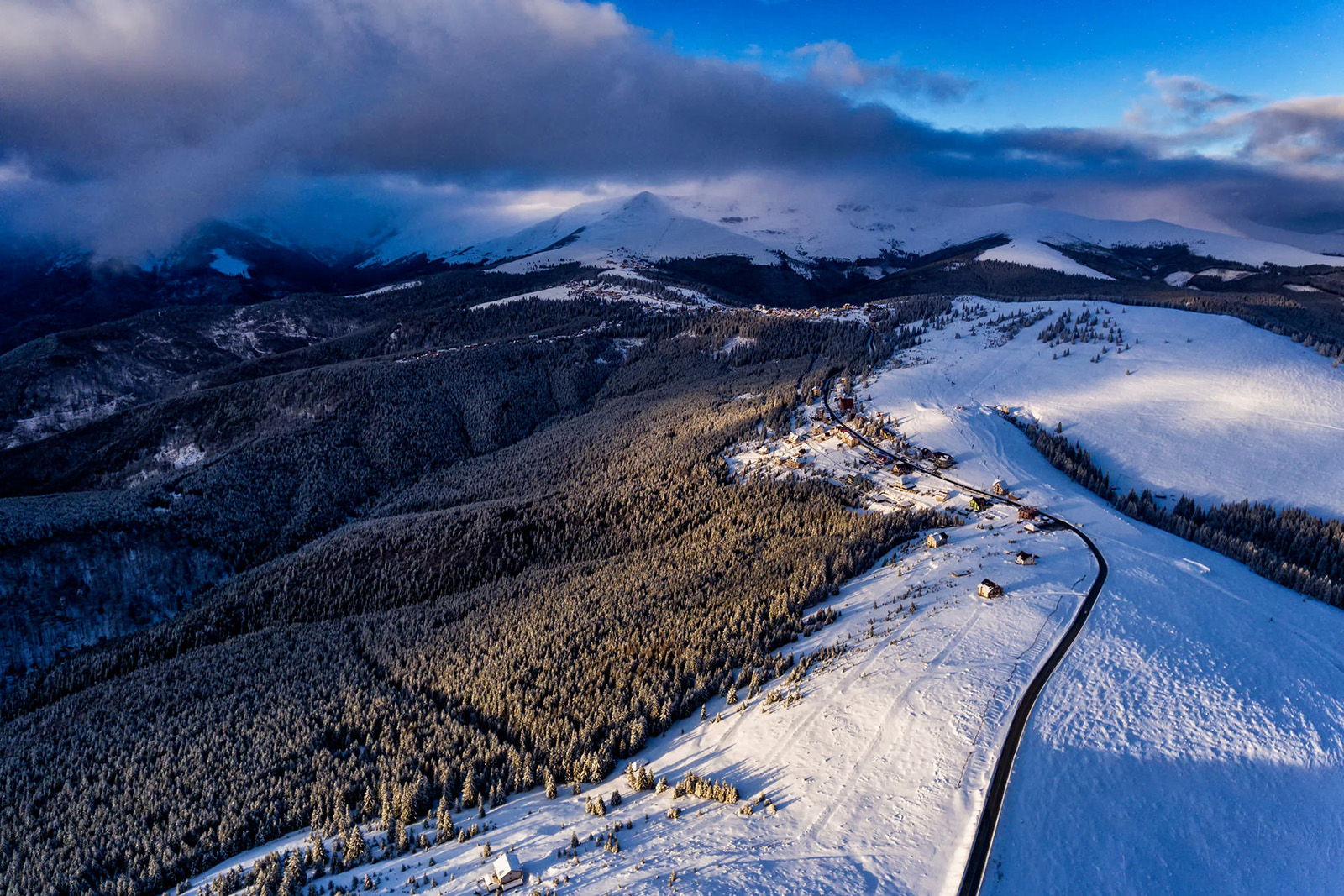

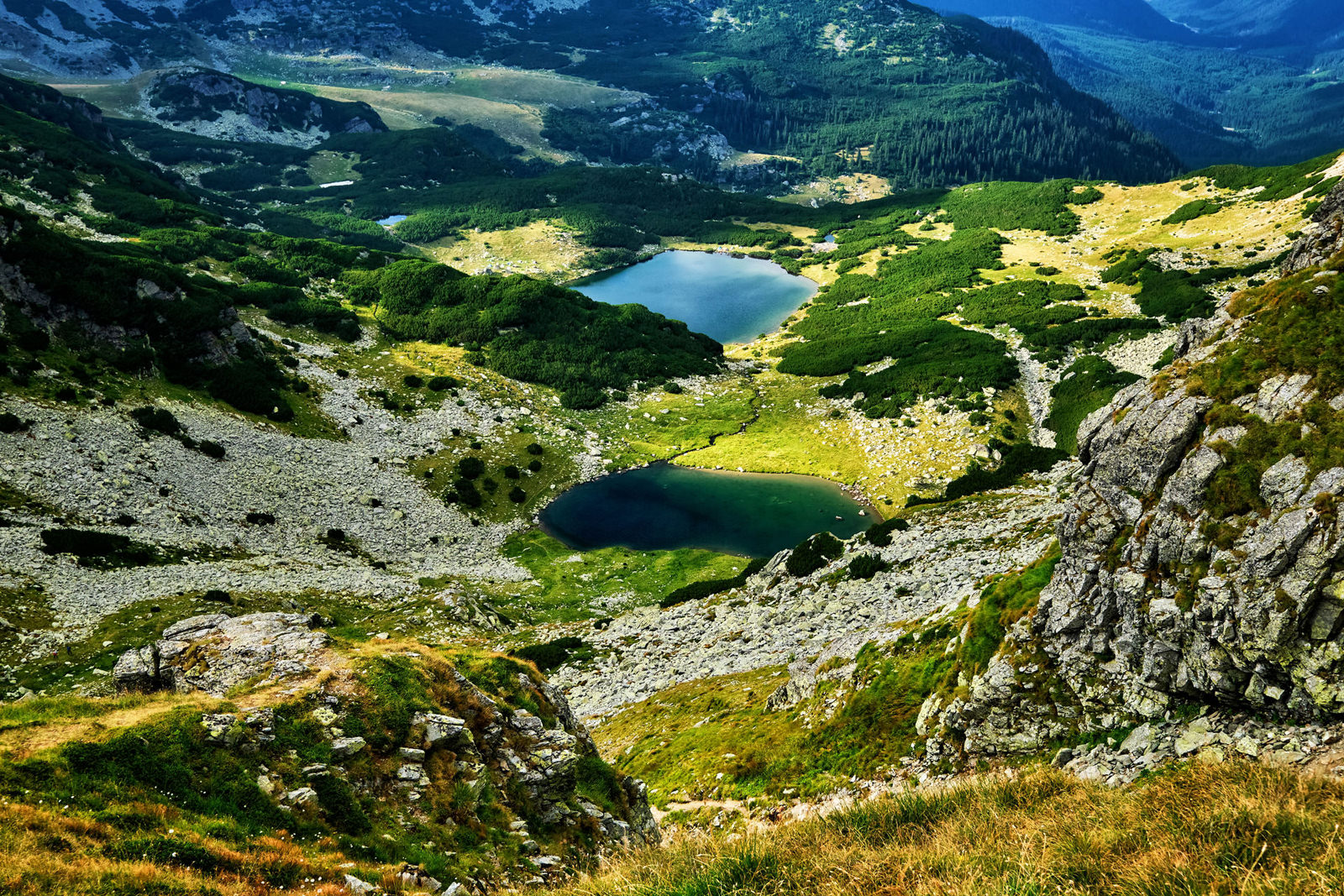
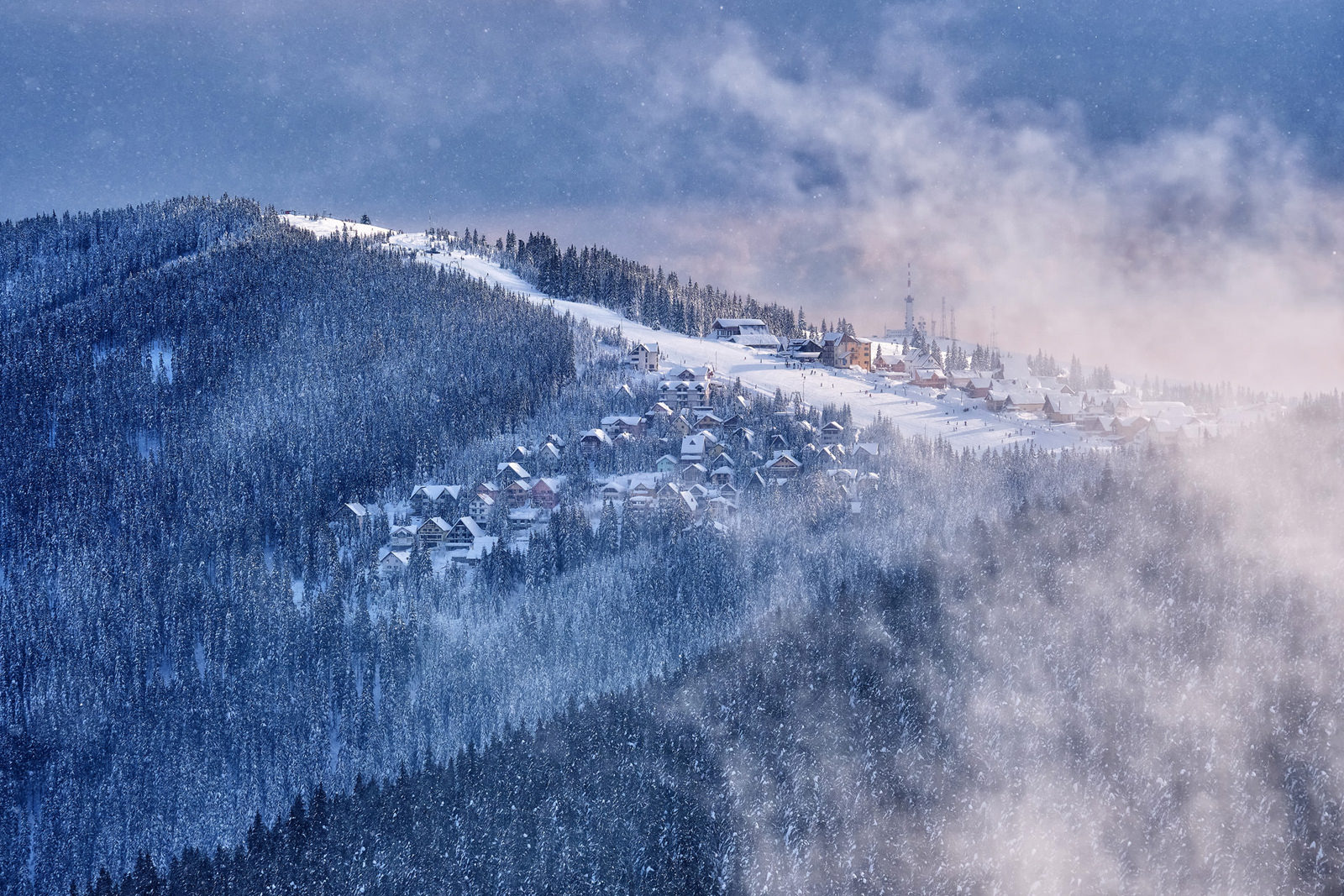
Winter in Parang
Parang Mountains
Transalpina and Parang
Parang Ridge Trail
Transalpina Road
Parang and Transalpina
Ranca Ski Resort
Glacial Lakes of Parang
Ranca Ski Resort
Domogled - Cerna Valley National Park
One of the most remote and wild areas of southwestern Romania can be found in the west part of Oltenia region, included in the Domogled – Cerna Valley National Park. Composed of territories from three counties and several mountain groups, this fascinating place features exceptionally beautiful and spectacular landscapes, as well as a rich biodiversity. A magical and untouched natural destination, the national park can be explored along the valley of the Cerna River, with many hiking paths that reveal hidden treasures. There is an endless variety of fascinating landscapes, with deep valleys and alpine meadows, small creeks and high peaks….
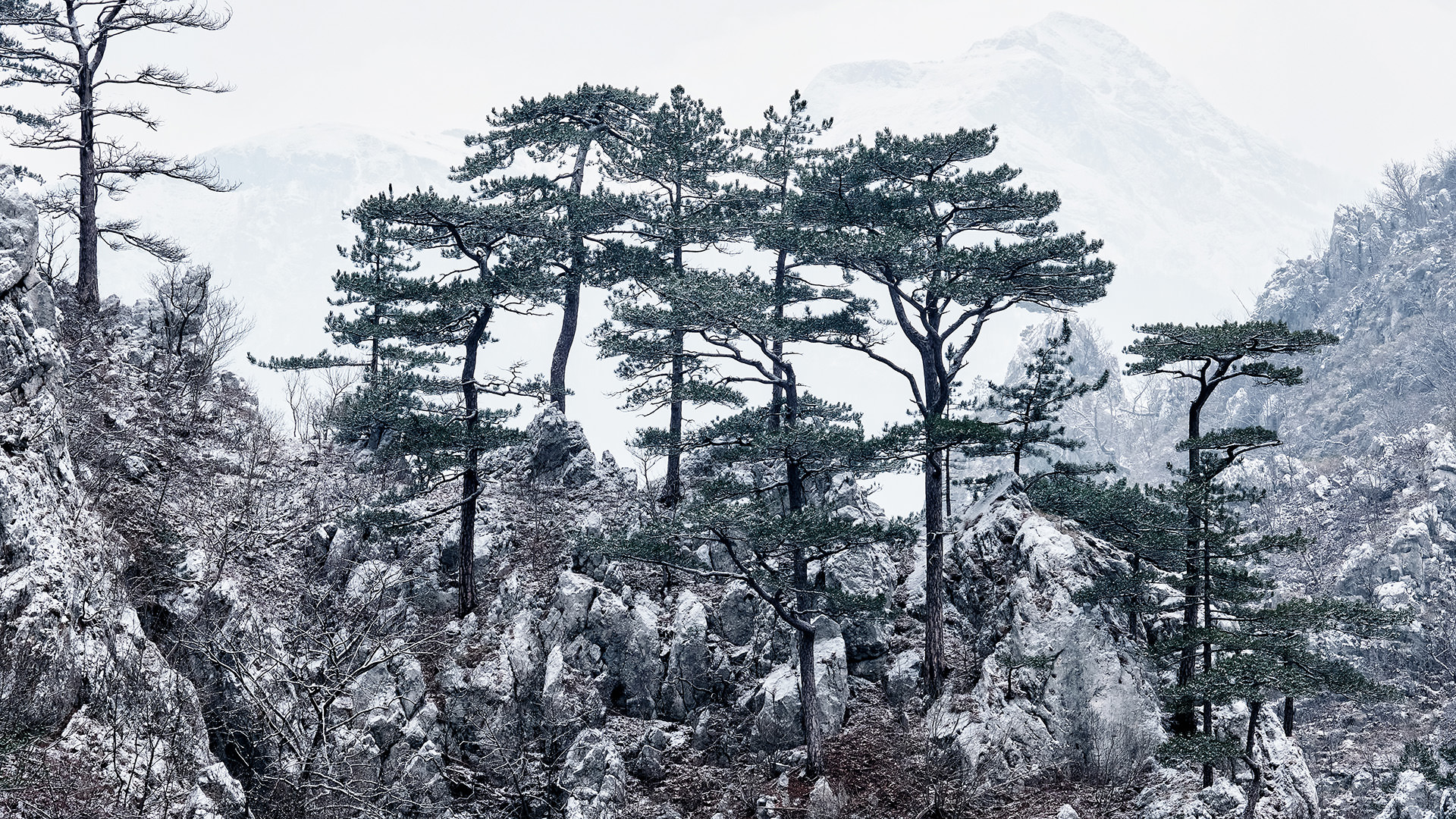
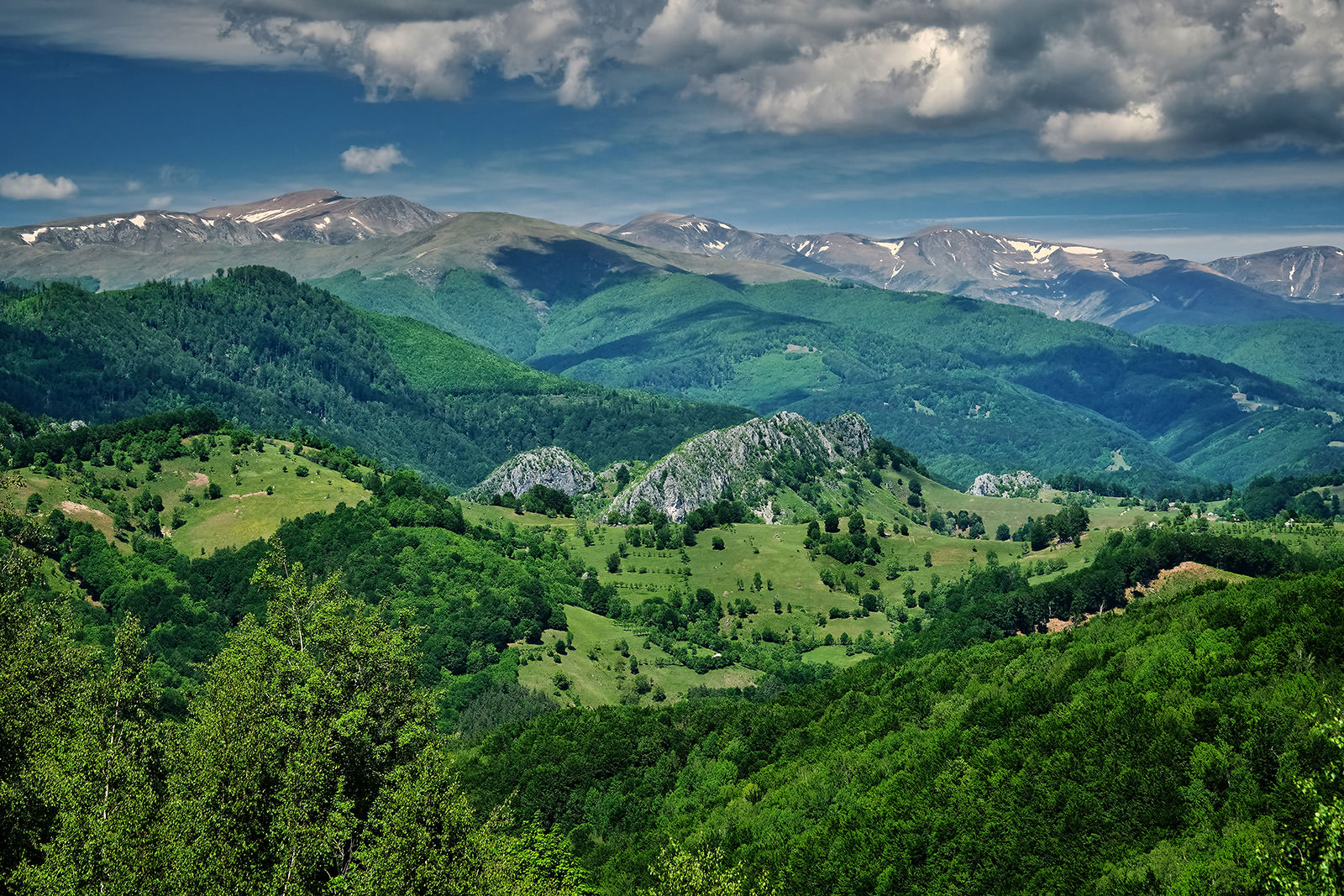
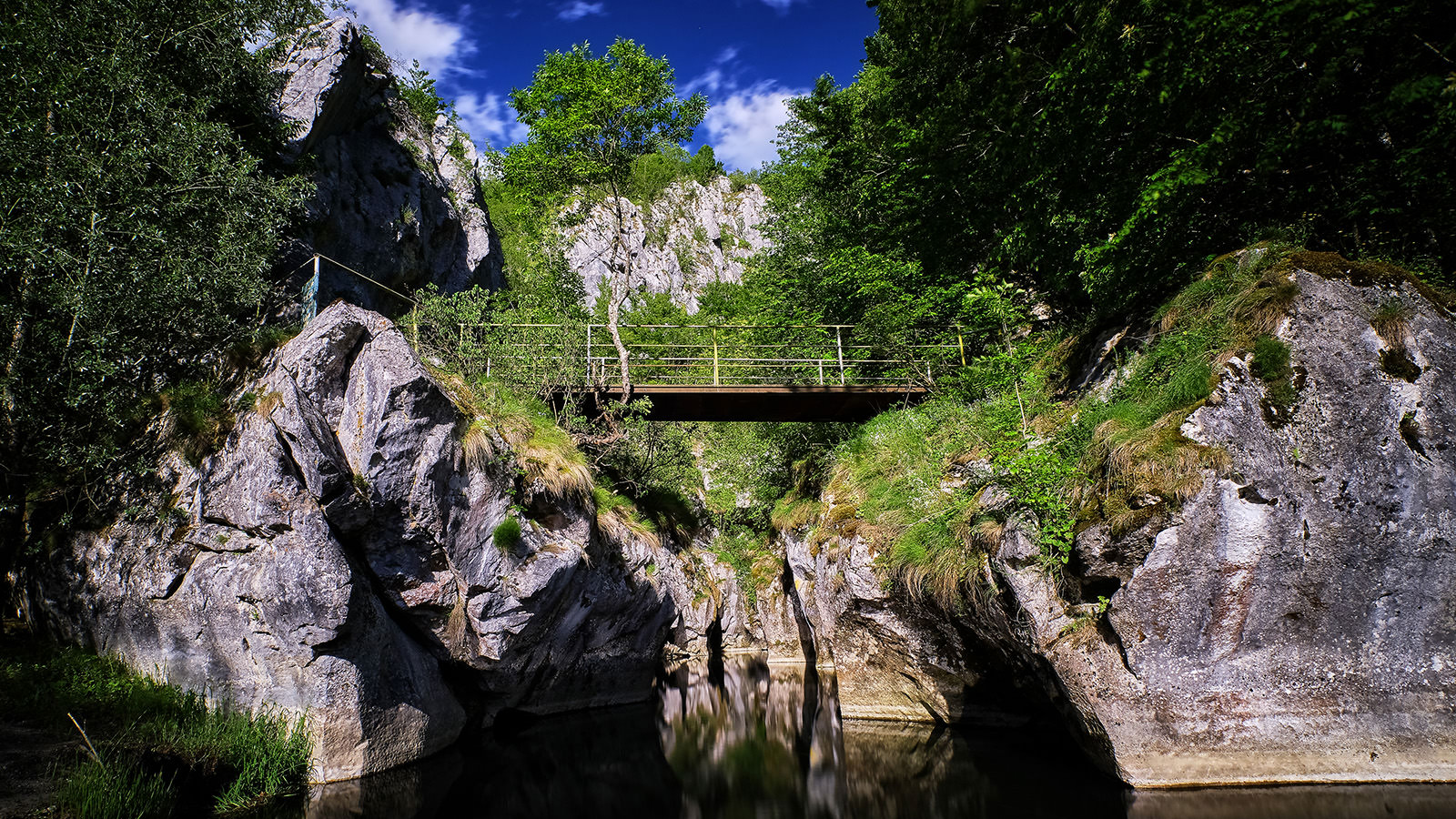
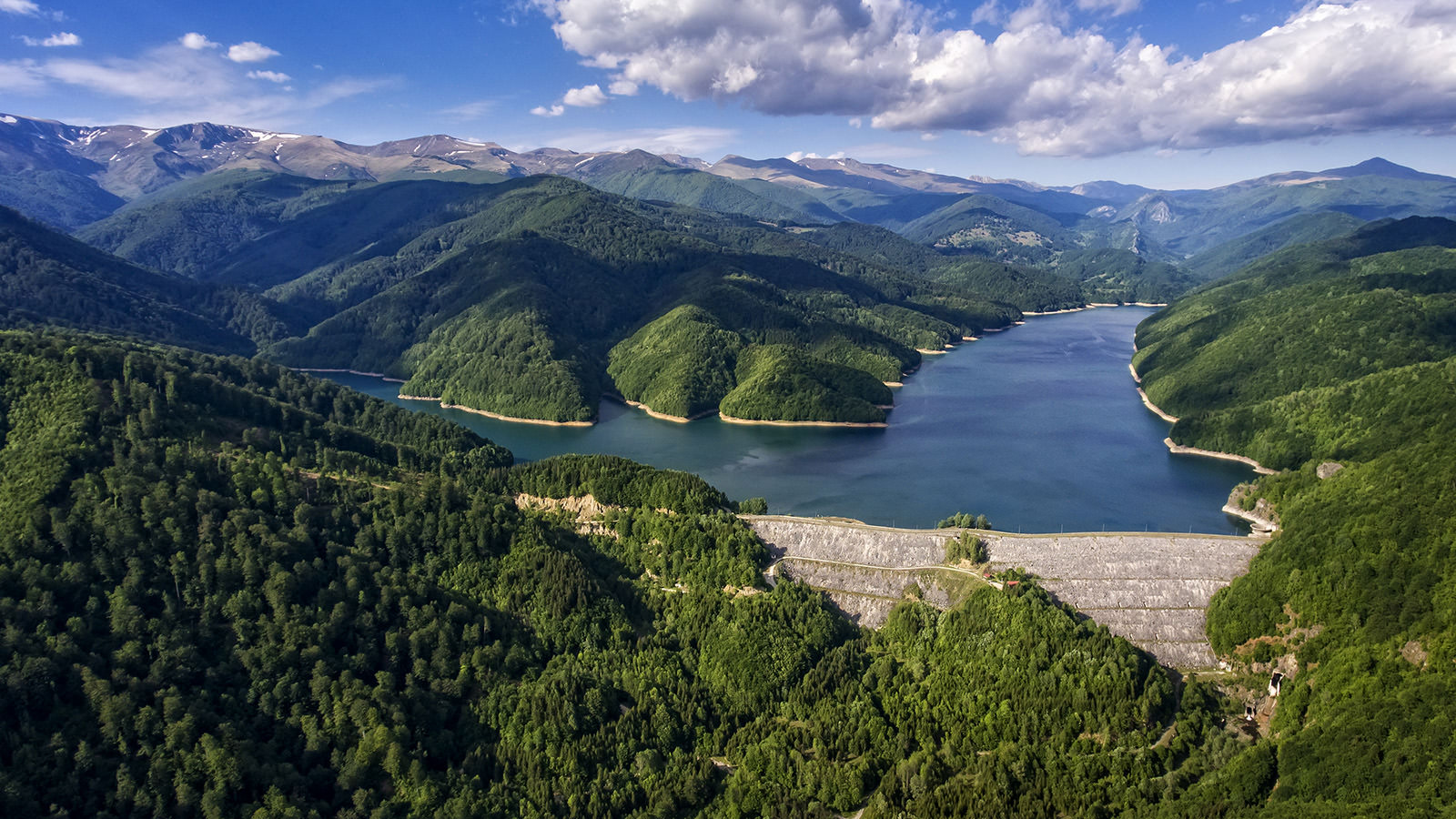
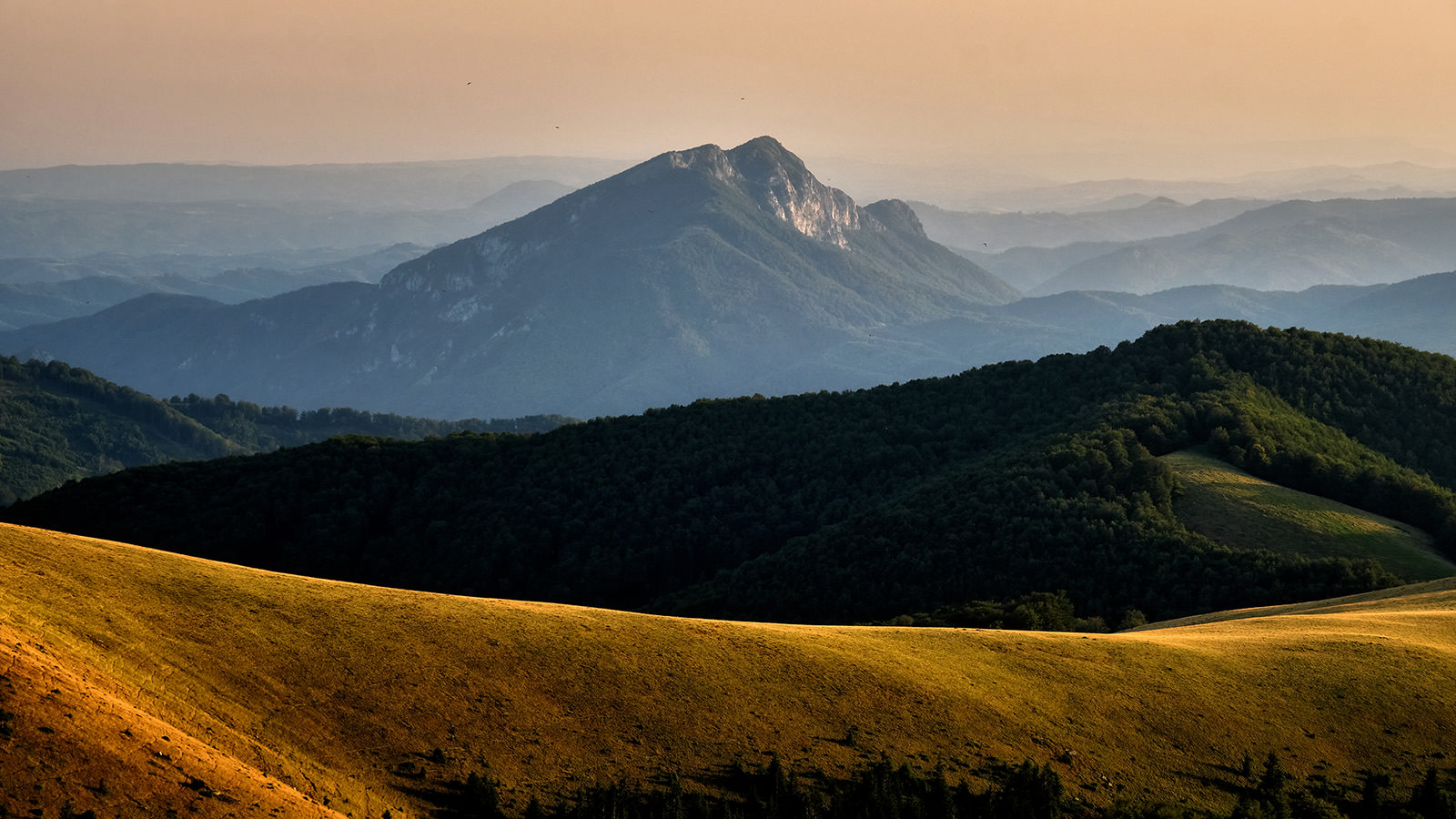
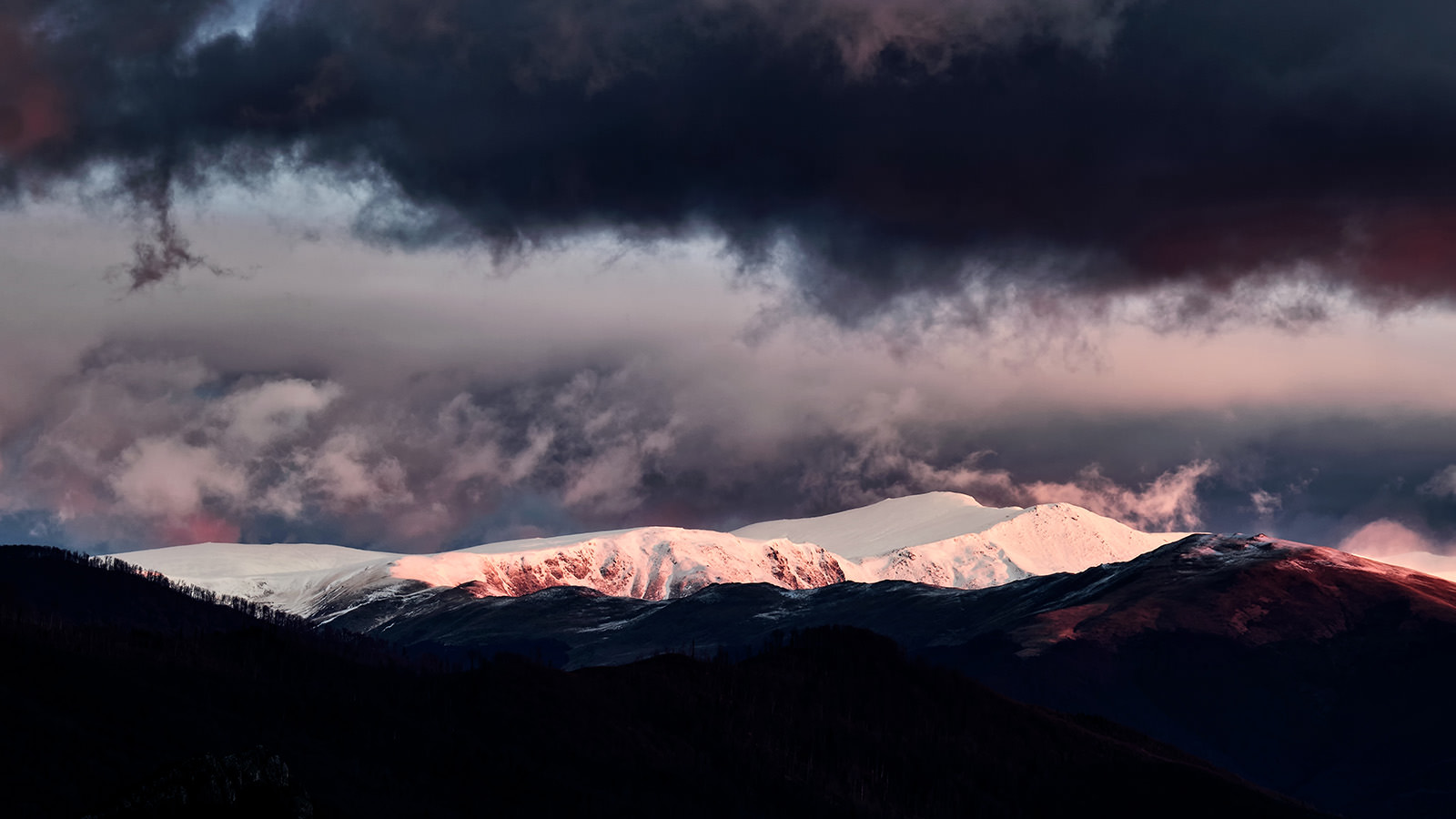
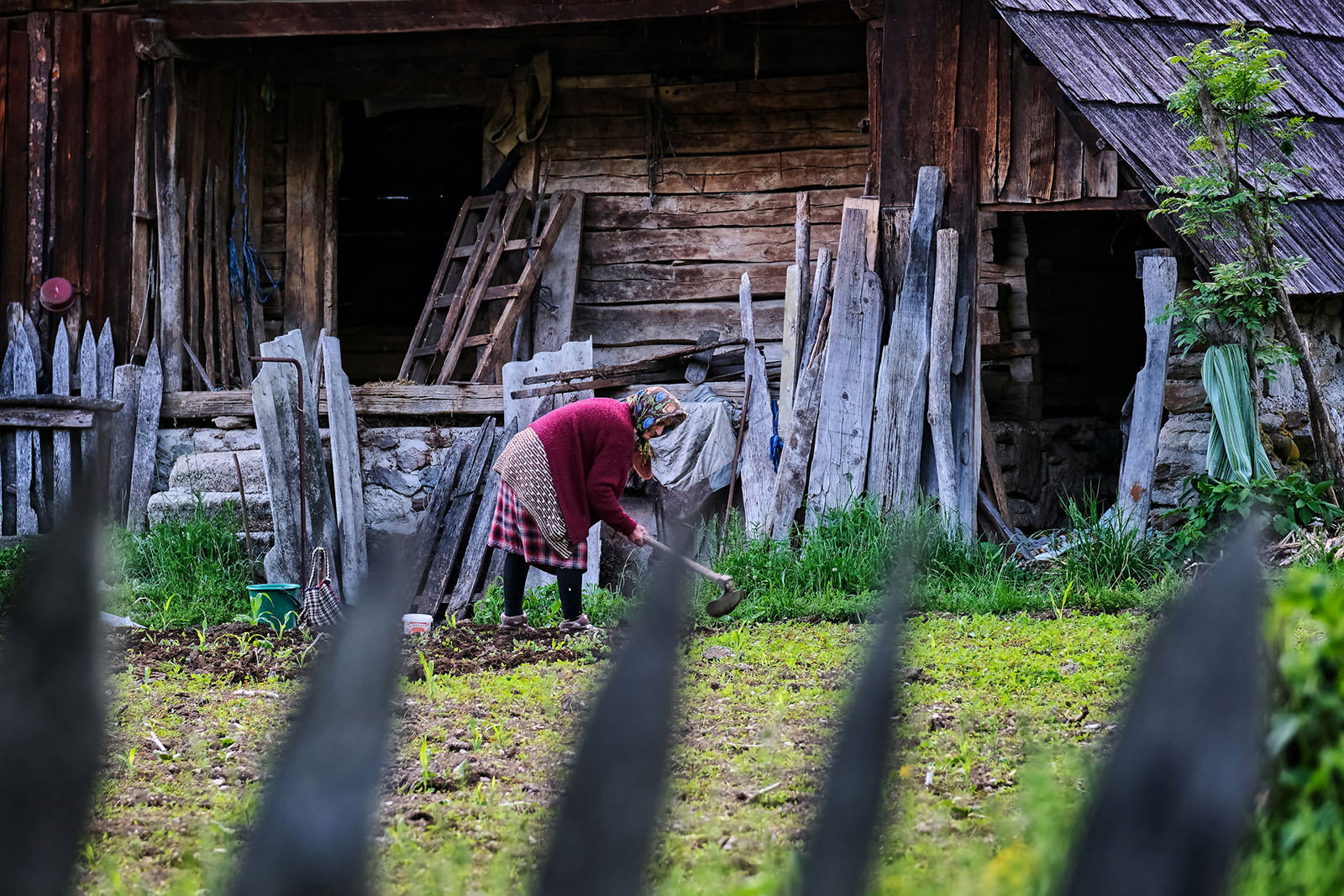


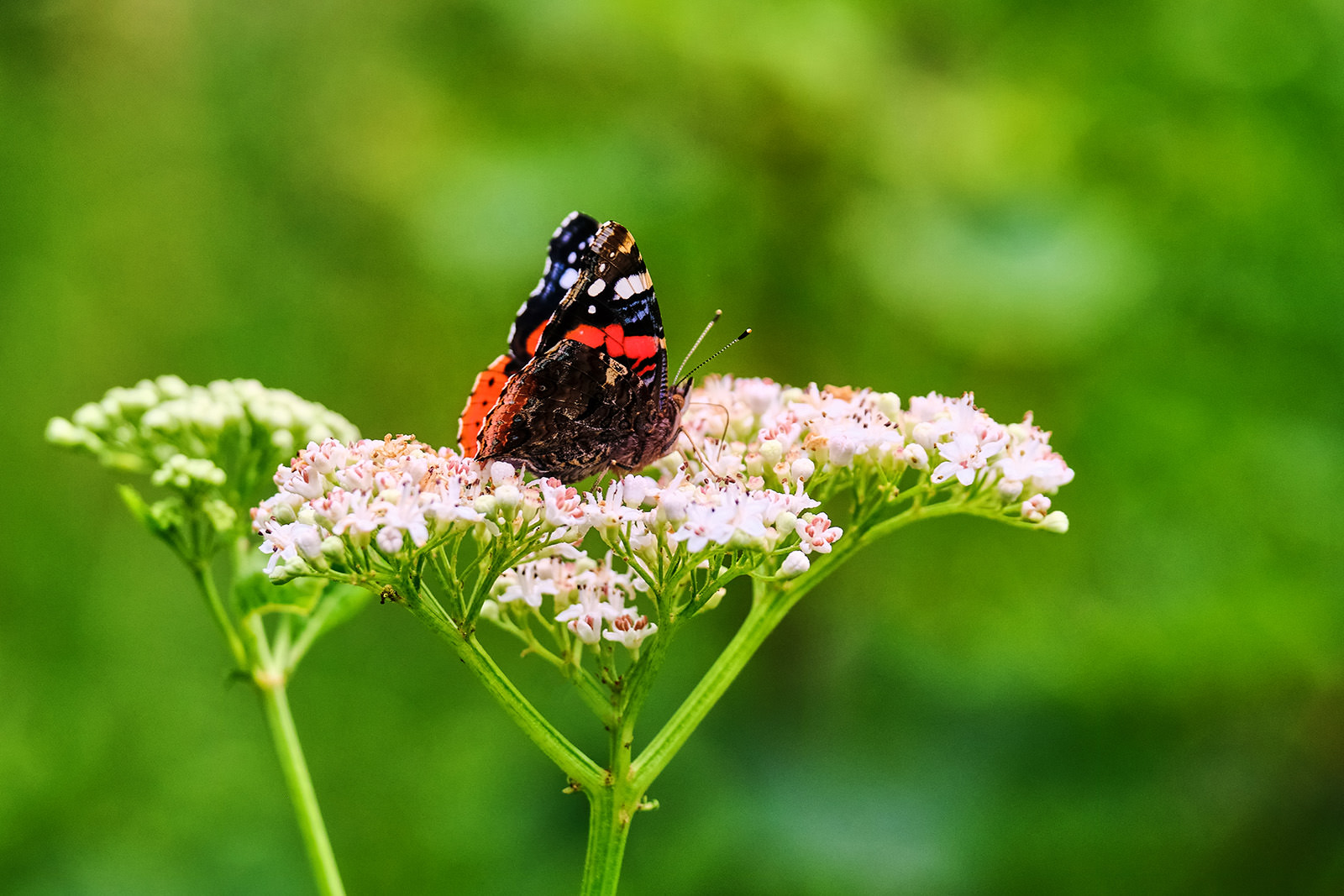
Black Pines of Banat
Mehedinti and Godeanu Mountains
Corcoaia Gorges
Valea lui Iovan Lake
Piatra Closani Ridge
Godeanu Mountains
Cerna Sat Village
Cerna Valley
Cernisoara Gorges
Butterflies of Cerna Valley
Cozia National Park
Wild chamois guard their kingdom from the top of craggy peaks, surrounded by the endless woodland covering the valleys, while the silver ribbon of the Olt river breaches the mountains. With a total surface of 170 square kilometers, the Cozia National Park is among the most fascinating, but least known, natural destinations of Romania, preserving an astonishing diversity of landscapes and habitats, including virgin forests, limestone ridges, gorges, caves, meadows and so much more….
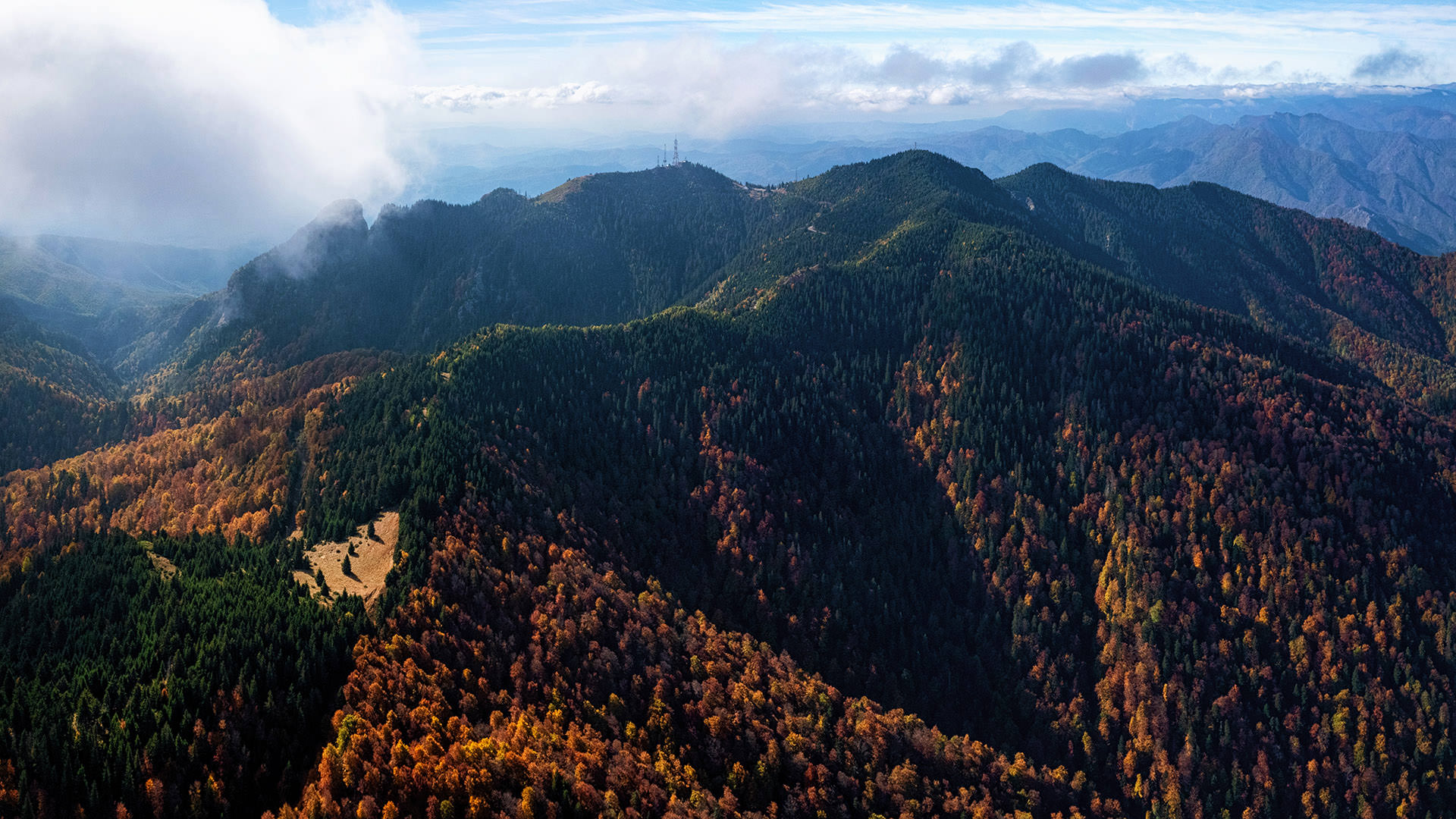
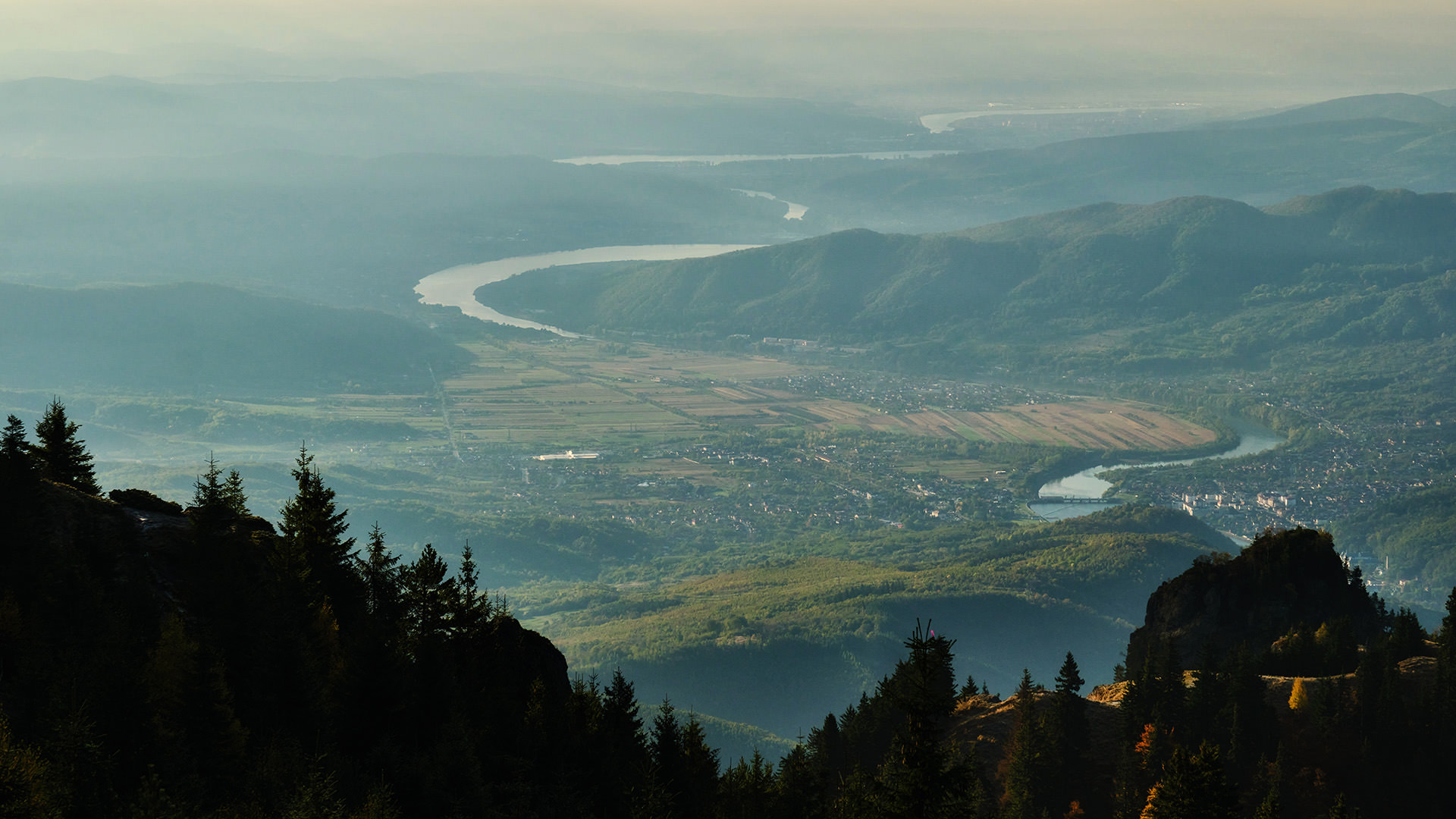
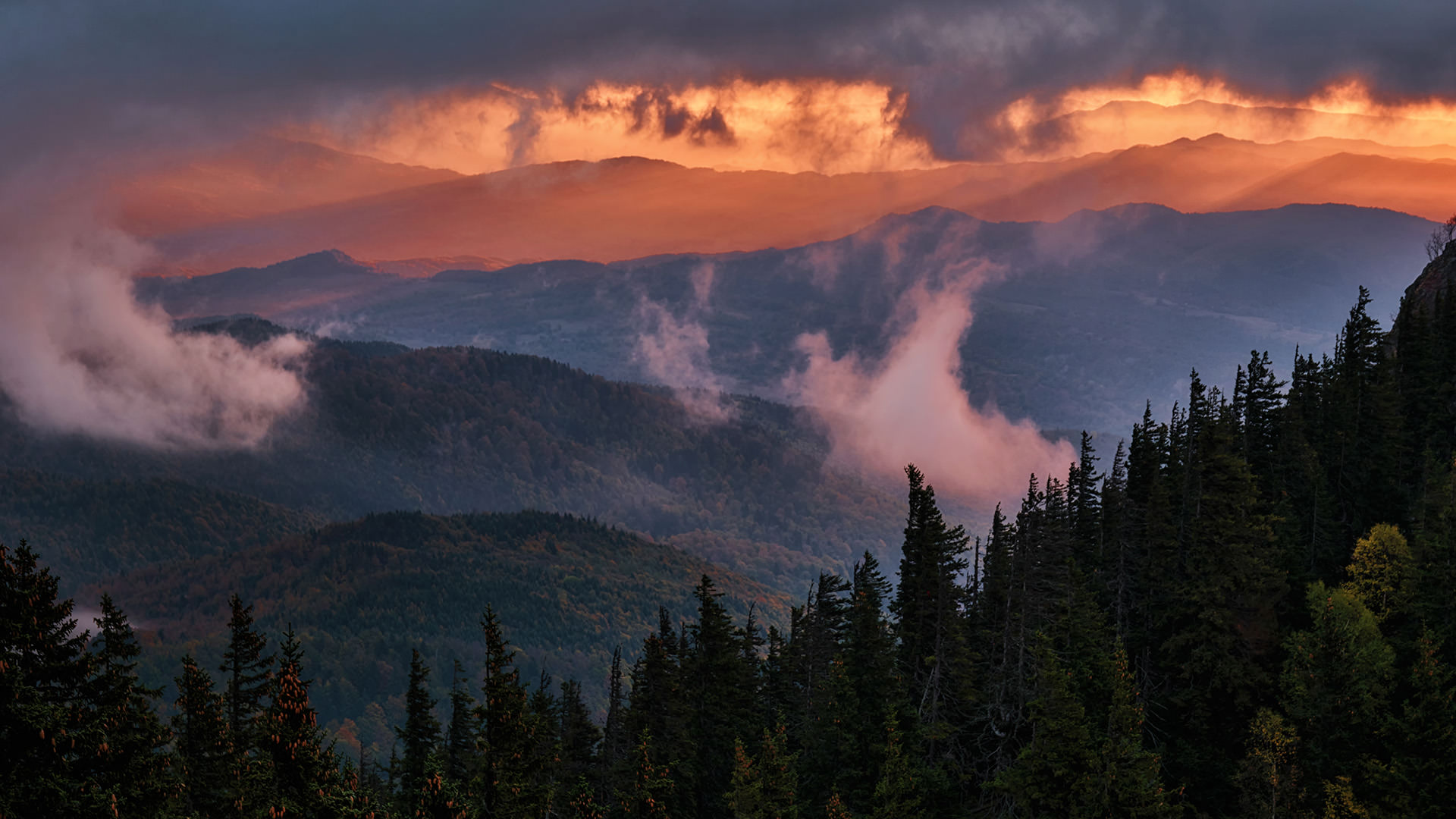

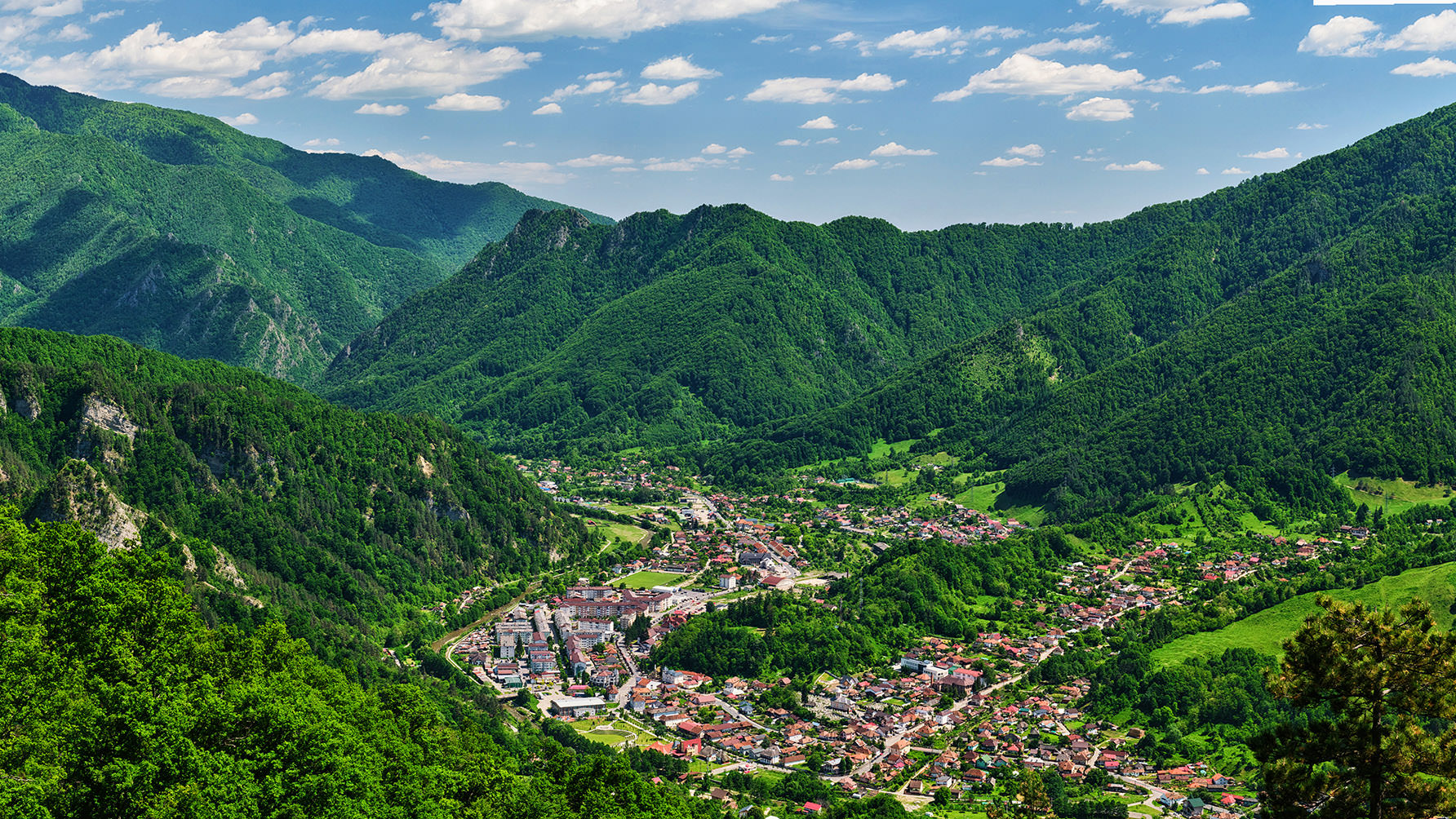
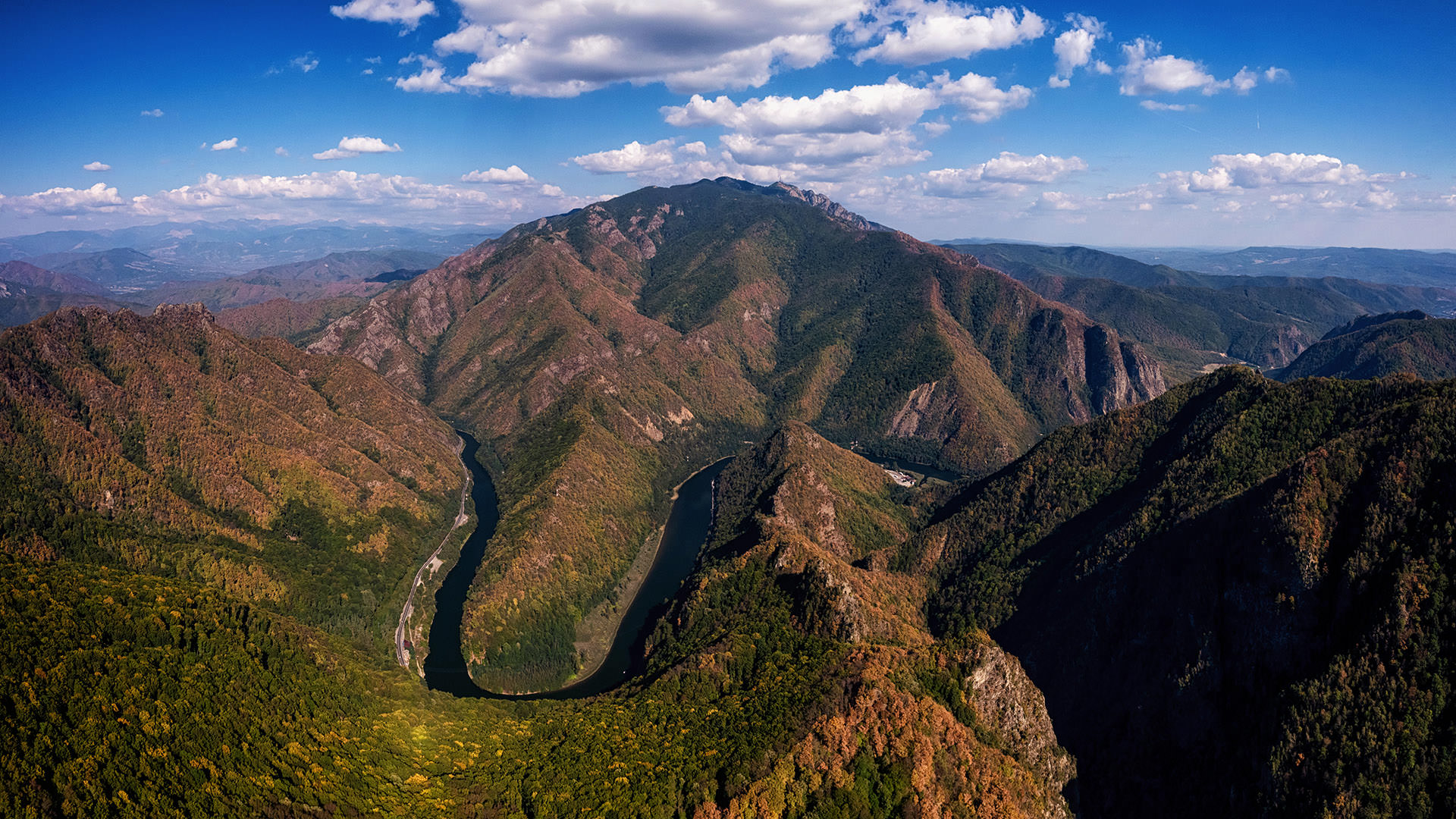
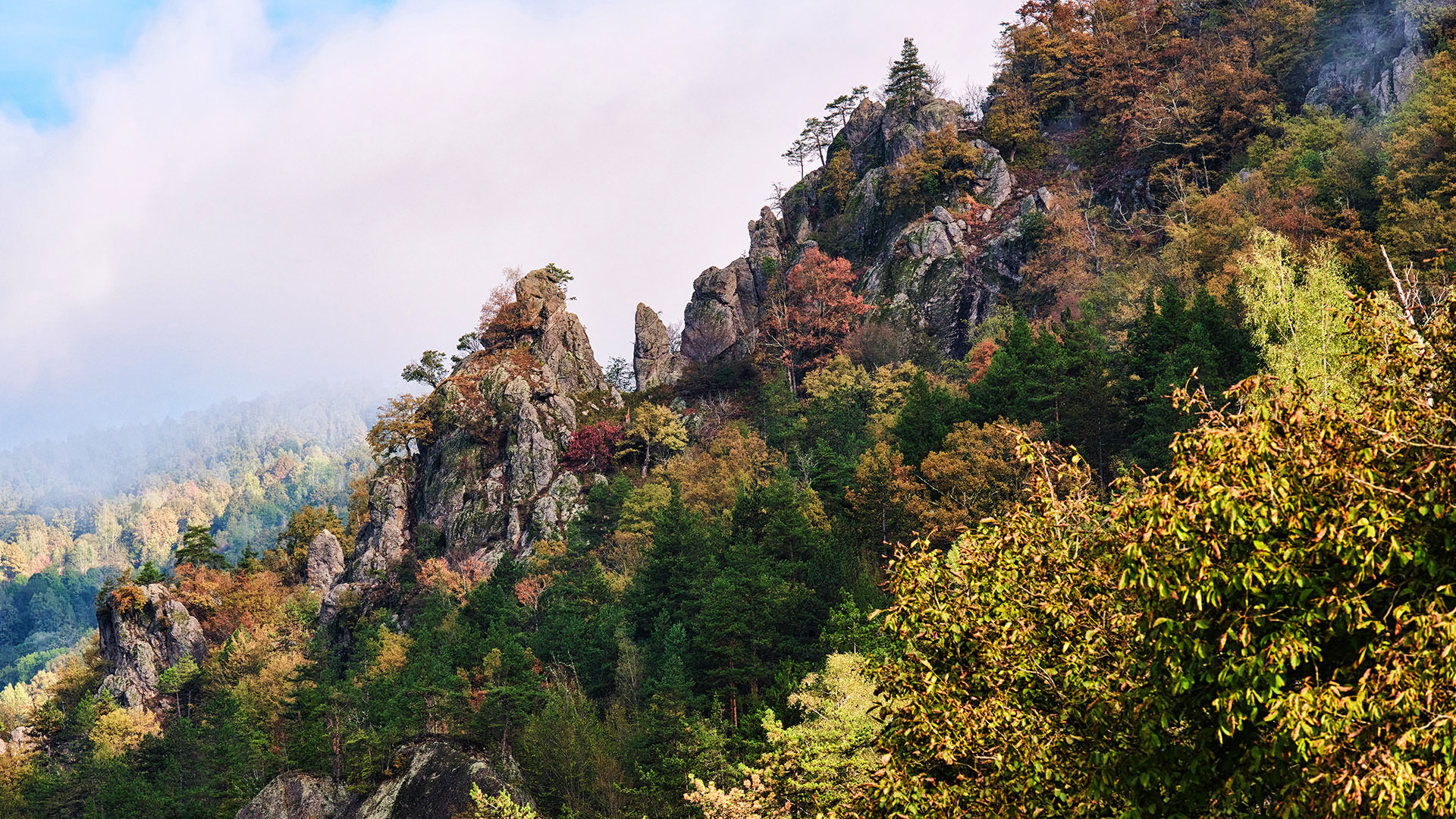
Cozia Mountain
Olt River Valley
Sunrise in Cozia
Autumn in Cozia
Brezoi Town
Olt Valley Aerial
Autumn in Cozia
Jiu Defile National Park
Before reaching the plains of Oltenia, the Jiu river has to battle the Carpathian Mountains and through this eternal struggle, it has created one of the most beautiful and spectacular defiles in Romania. The wild and winding path created by the river between the mountains of Parâng and Vâlcan is known as the Jiu Defile and together with the surrounding ridges has been designated as a national park to protect and conserve its unique features. Once, this passage through the Carpathians was a dangerous adventure, but today anyone can explore this wild and magnificent place.
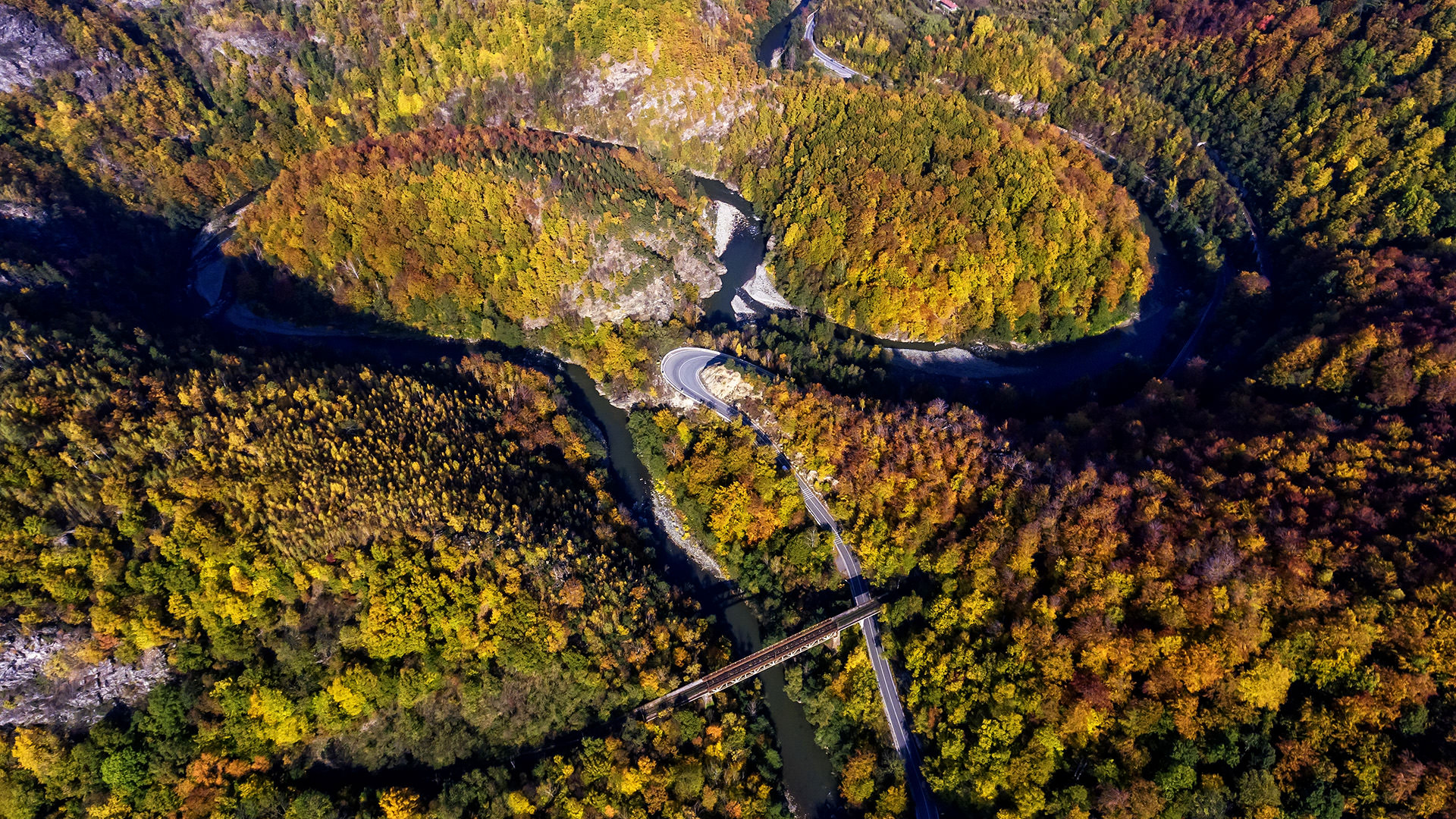
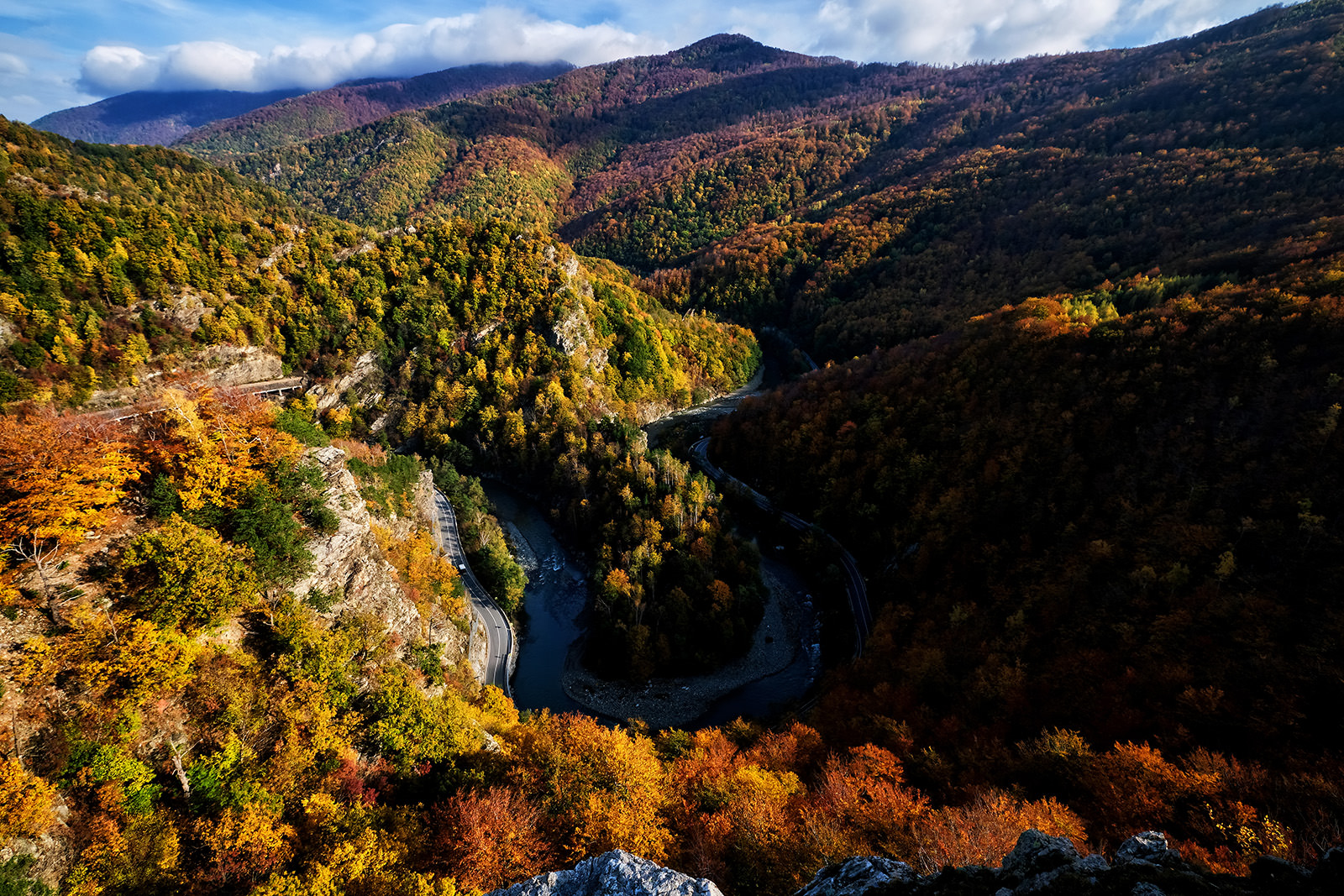

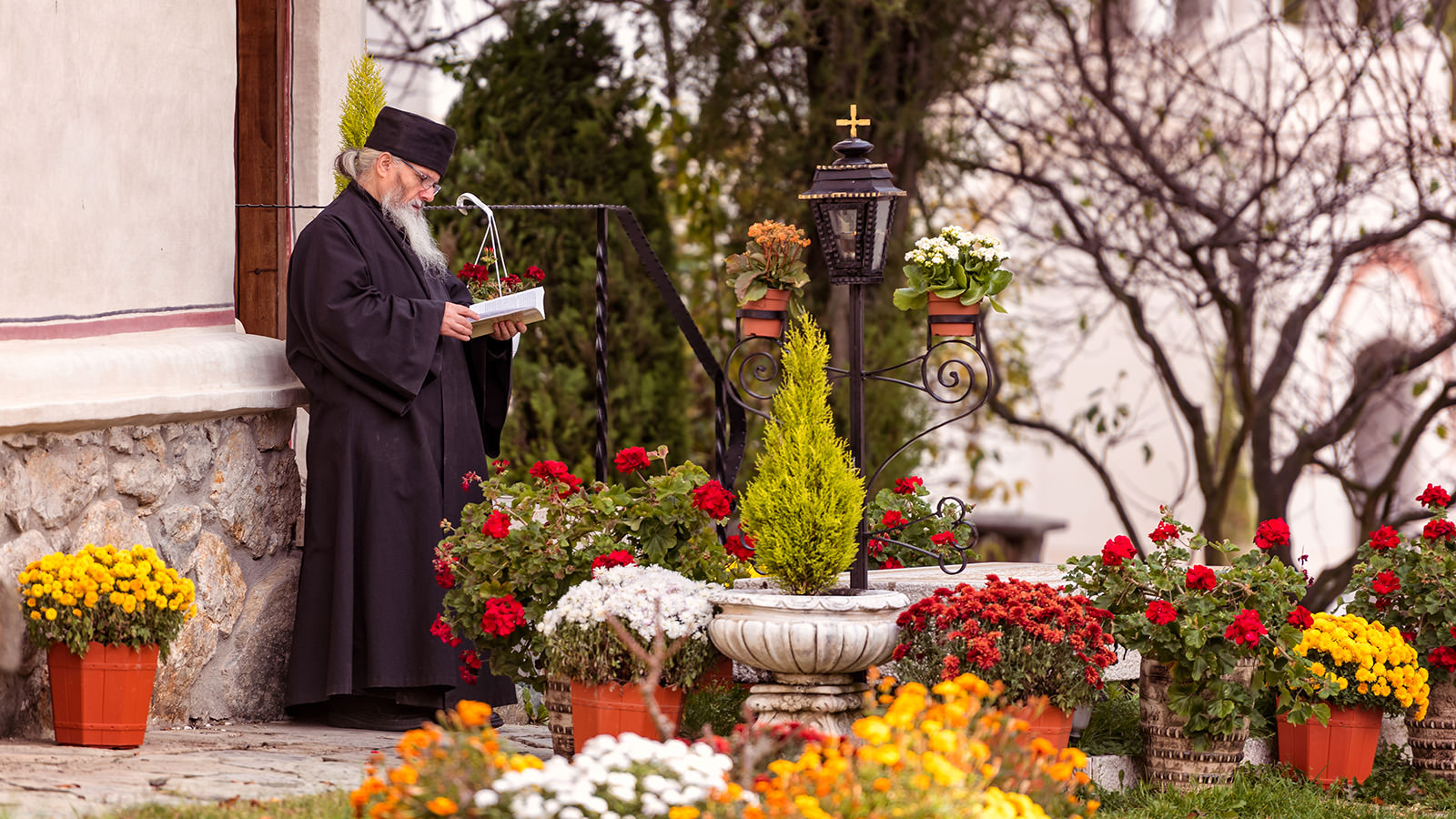
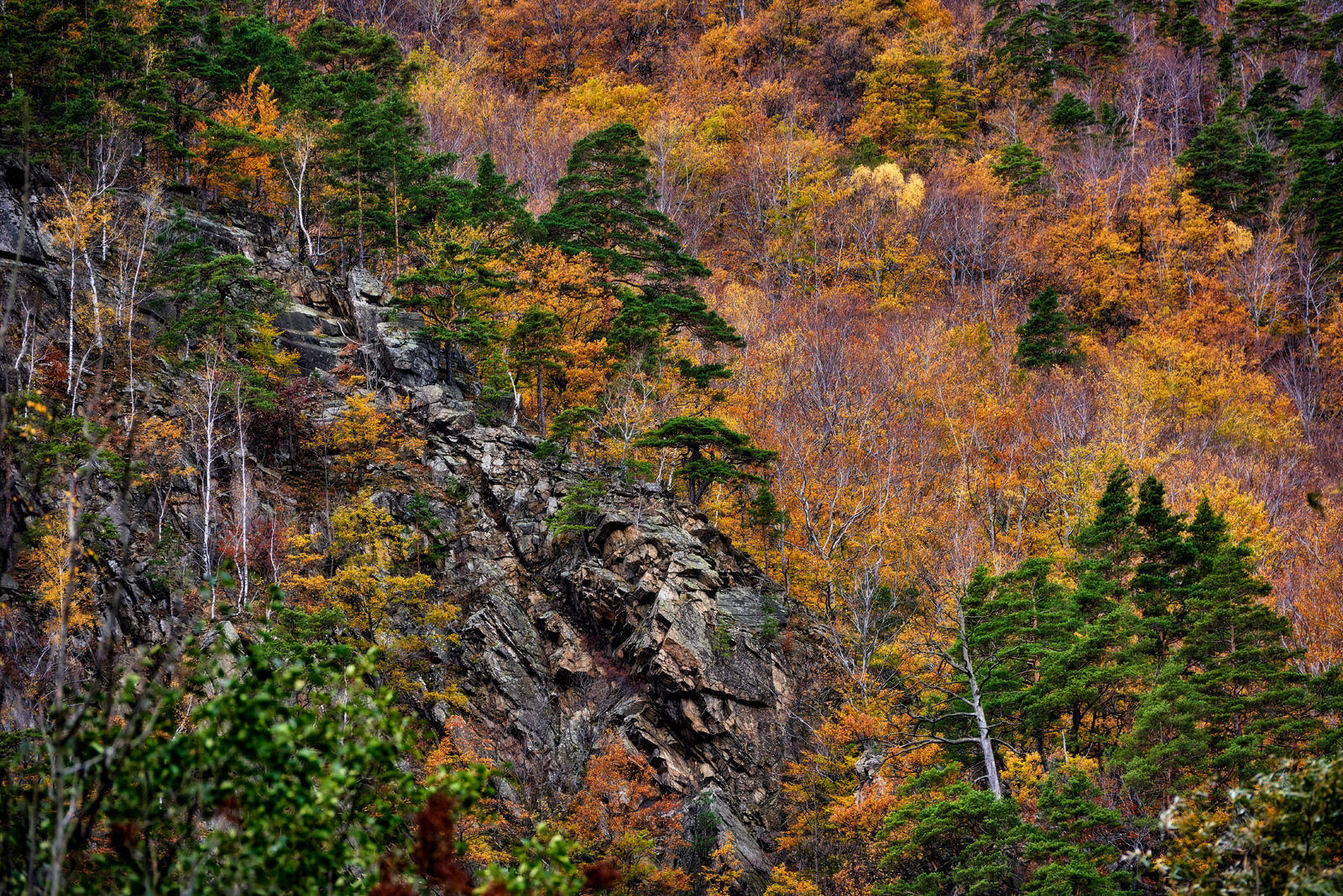
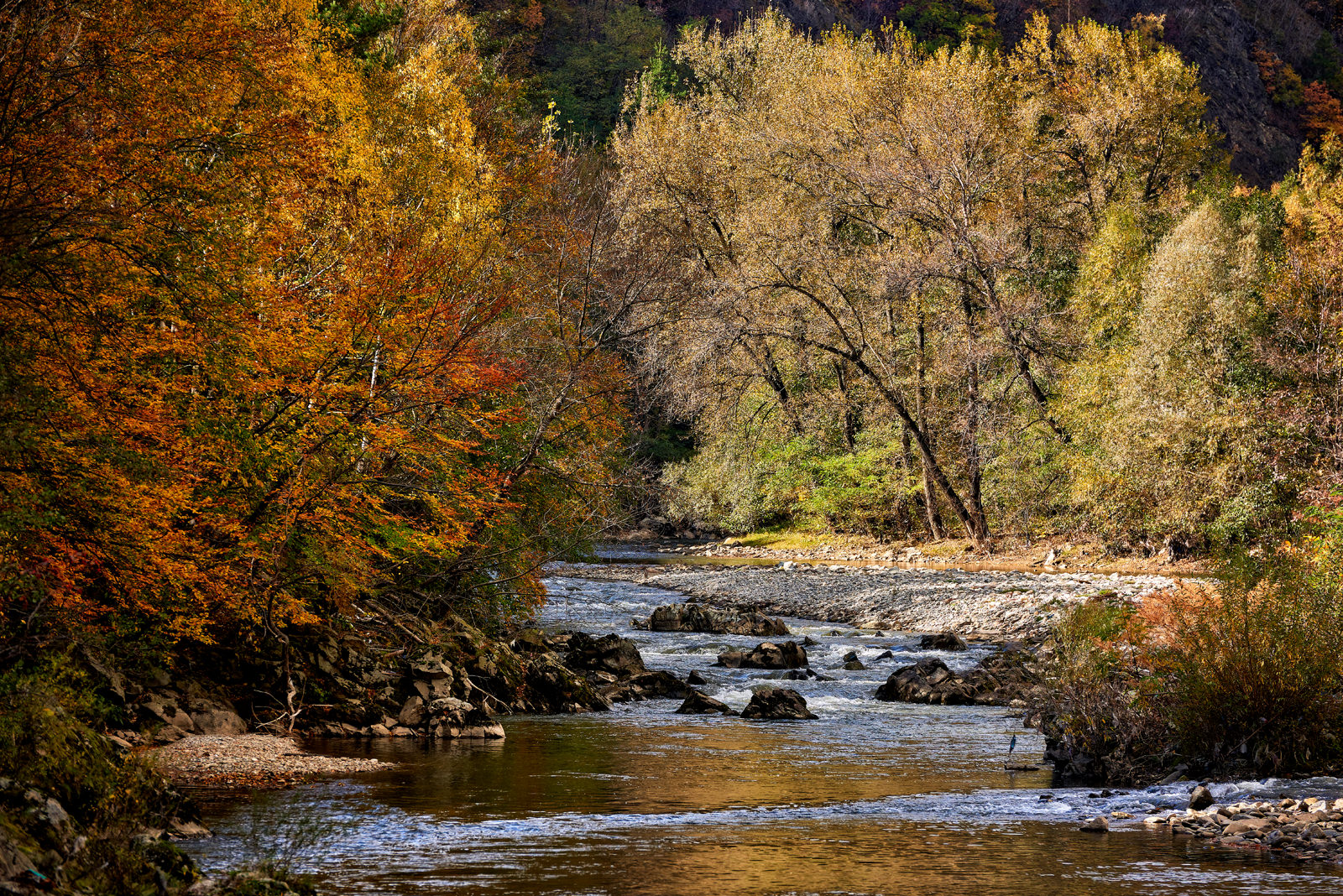
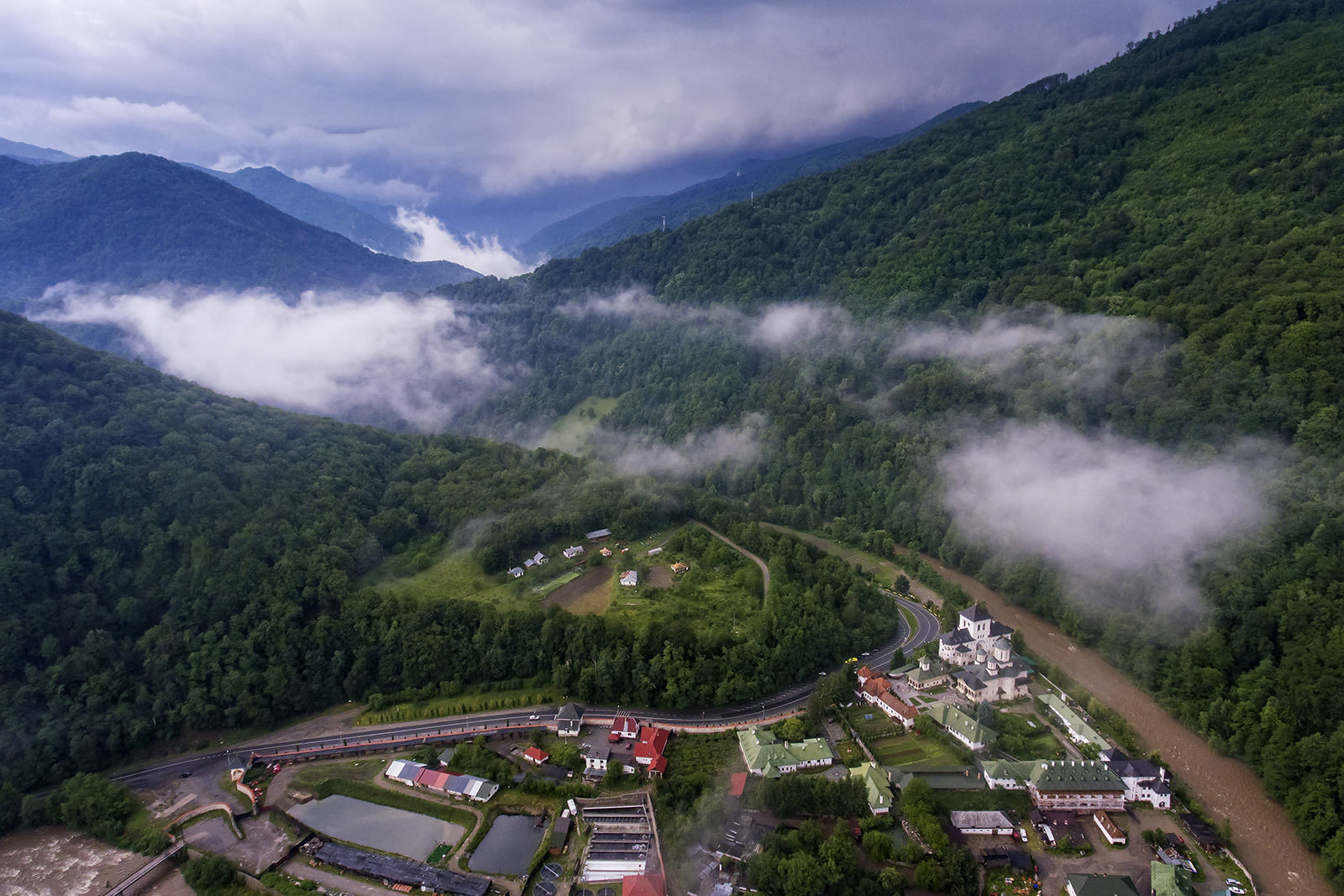
Jiu Defile from the sky
Fall Colors in Jiu Defile
Monastery of Lainici
Monk at Lainici Monastery
Jiu Defile National Park
Jiu River
Lainici and the Jiu Defile
Buila Vânturarita National Park
The majestic mountain of Buila-Vânturarița sets itself apart amidst the surrounding gentle wooded slopes. The rocky and isolated limestone ridge is part of the Căpățânii Mountains, rising a few hundred meters above the neighboring ridges. This marvelous area features a wealth of exciting things to do and places to see, including thrilling hiking trails, spectacular gorges, peaceful hermitages and an incredibly rich biodiversity…
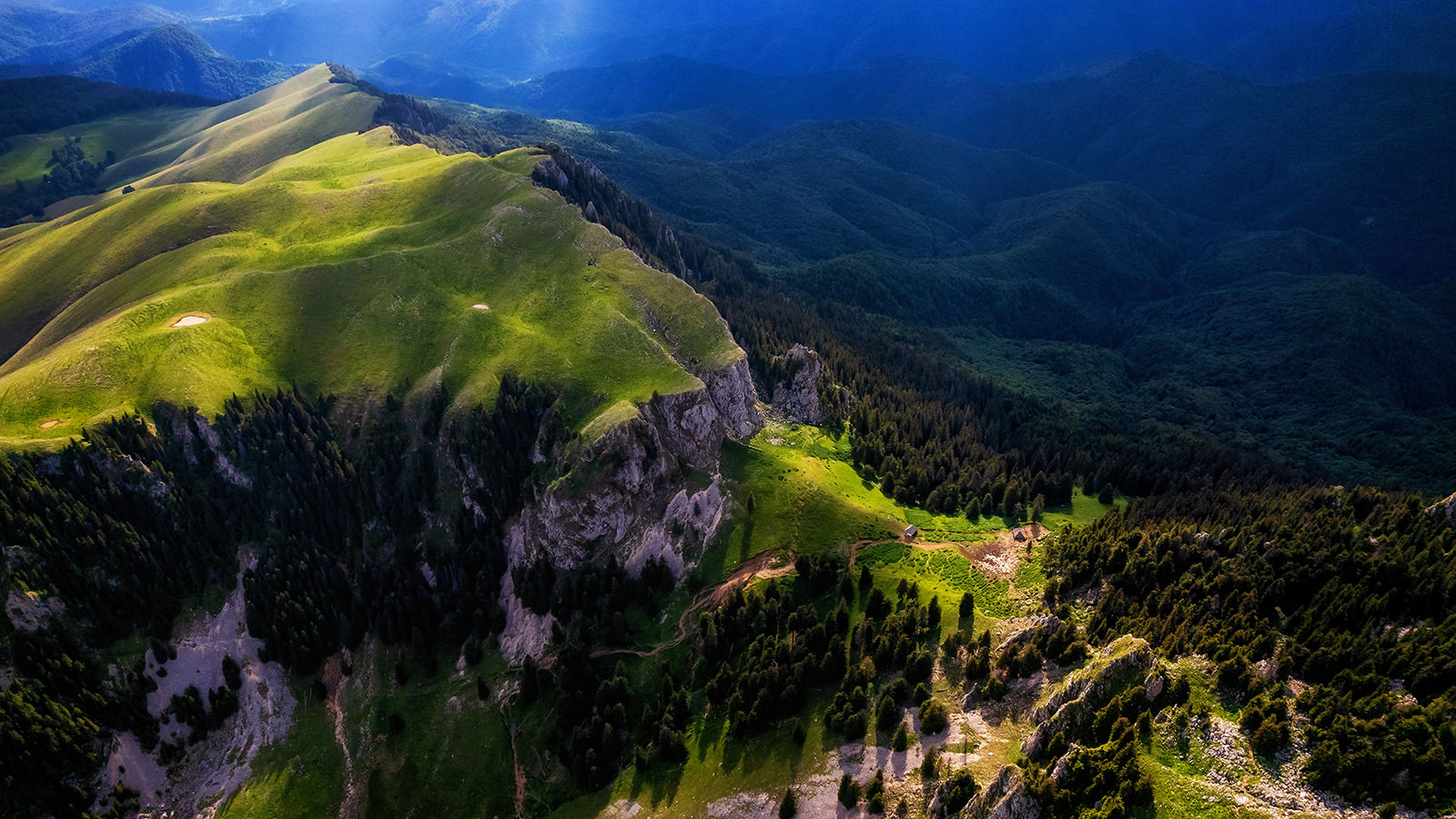
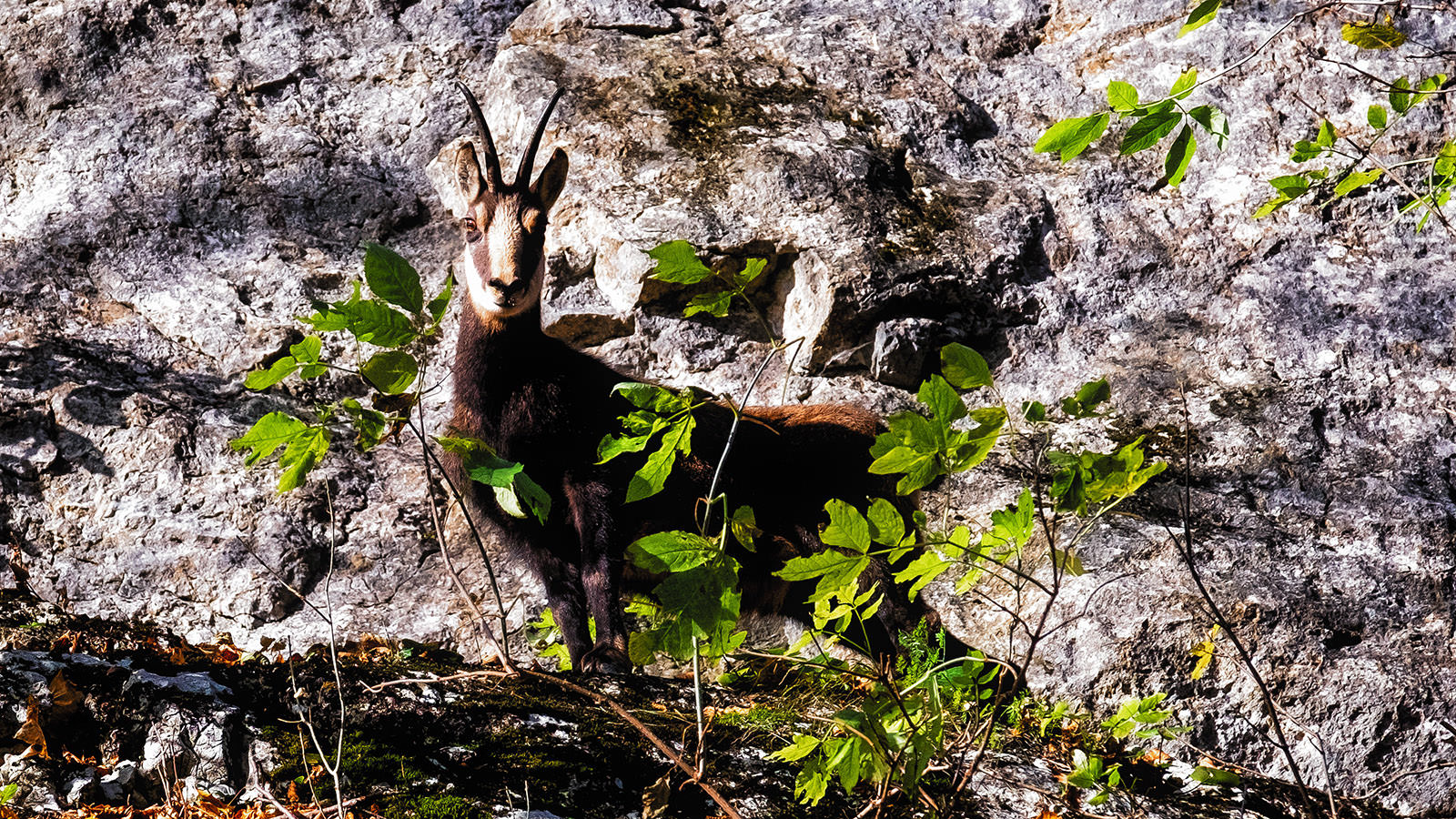

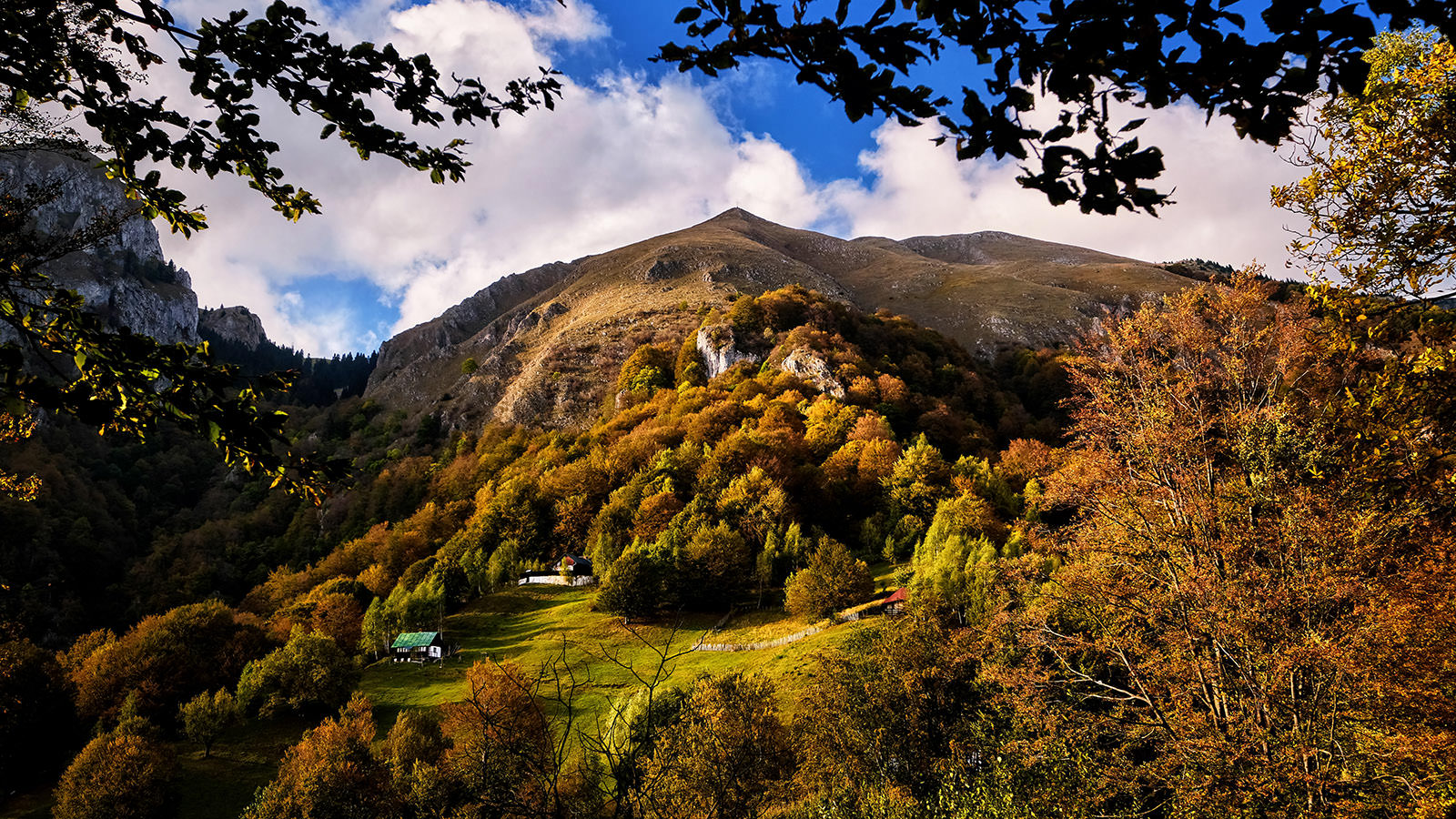
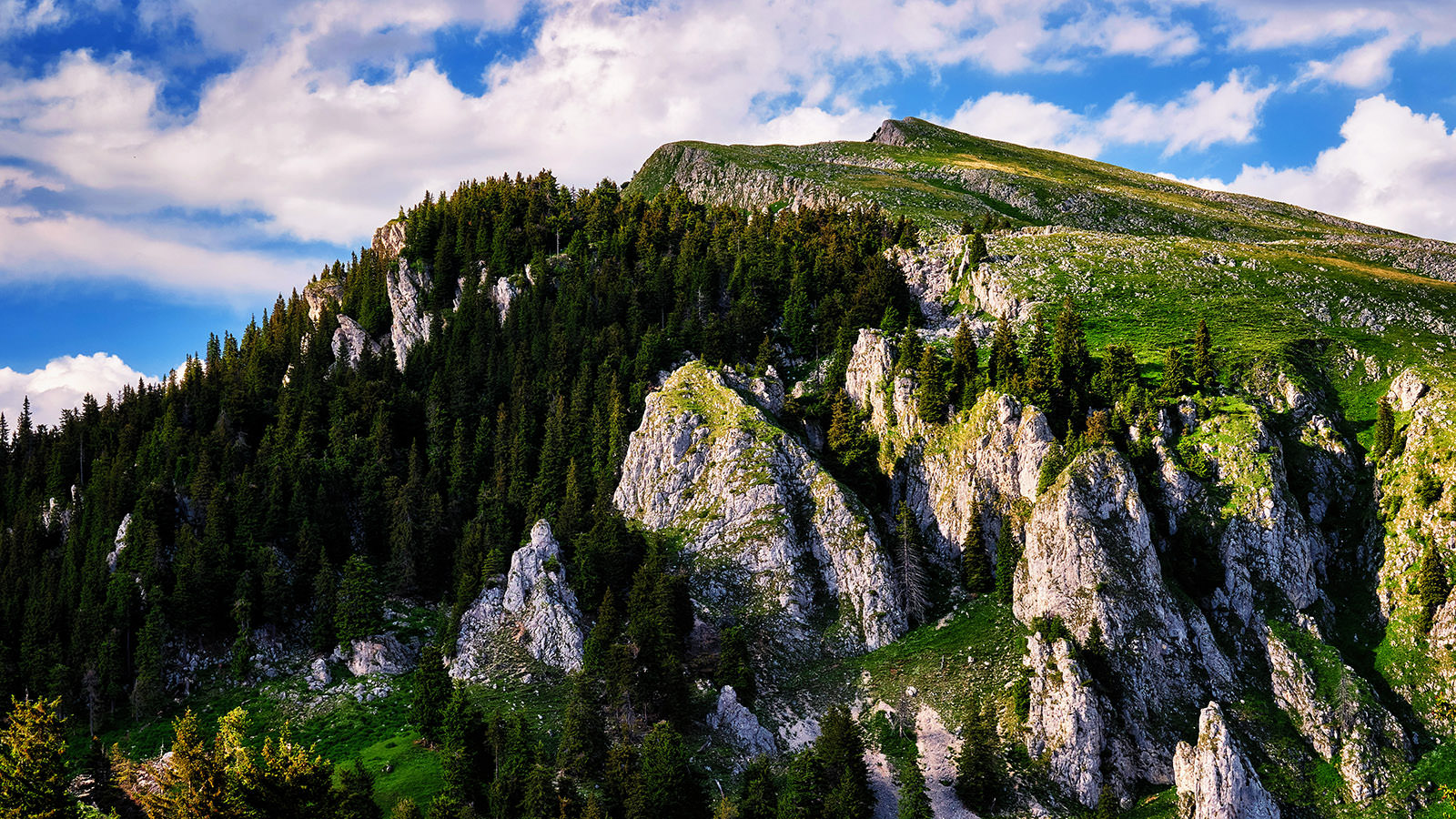
Curmatura Builei
Wild Chamois
Cheii Gorges
Patrunsa Monastery
Limestone Ridge
Monasteries of Northern Oltenia
Dotting the gentle hills at the southwestern foot of the Carpathians, these monasteries are a kindred complex of monuments that bear testament to the enduring belief and spirituality of these lands. With idyllic locations and splendid architectural features, they always welcome us into their serene and peaceful embrace! We can usually find them at the edge of the Carpathians, along the charming valley of a river, the best known being the monasteries of Horezu, Cozia, Tismana, Govora, Polovragi and others that are included into other destinations…
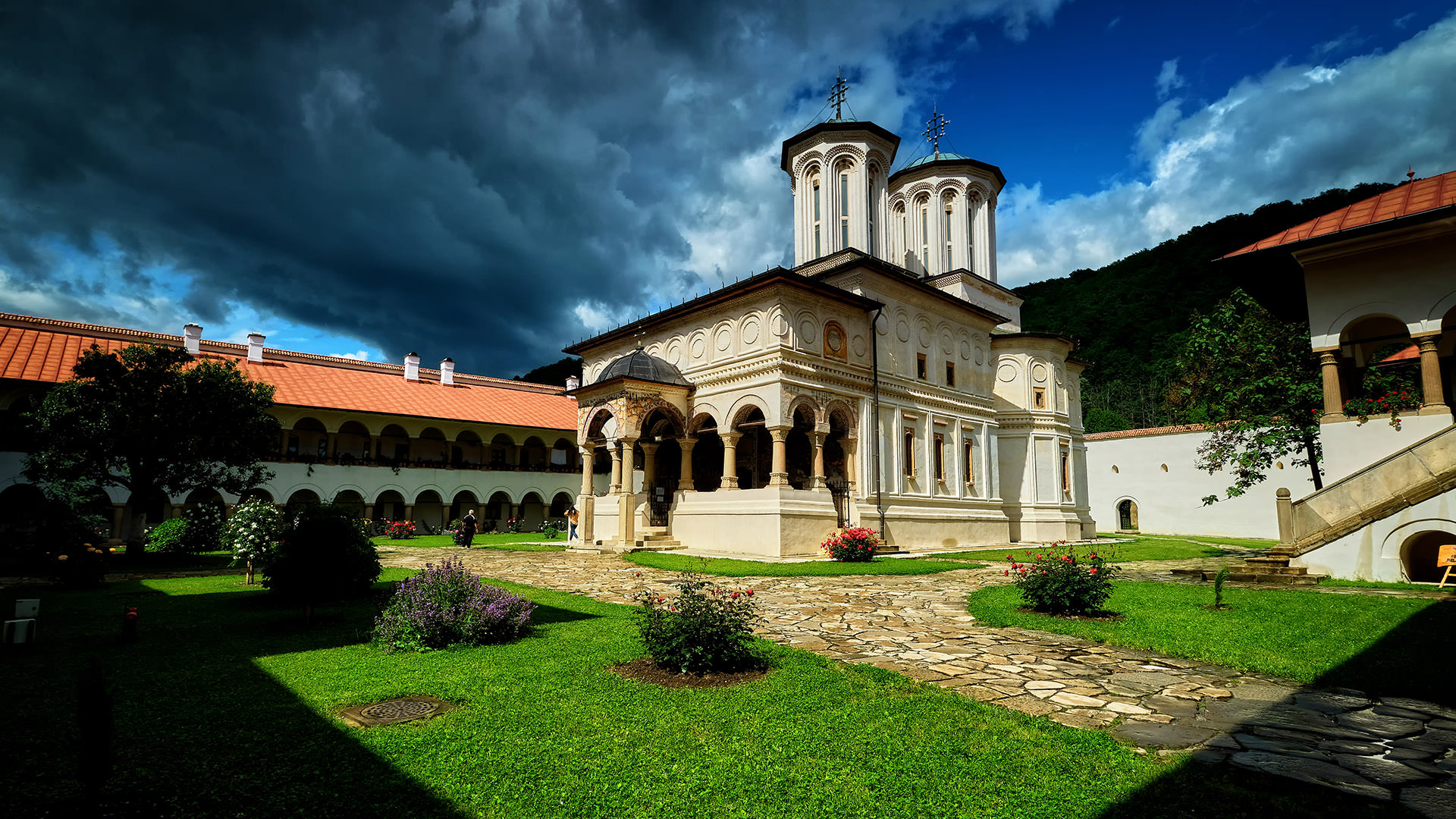
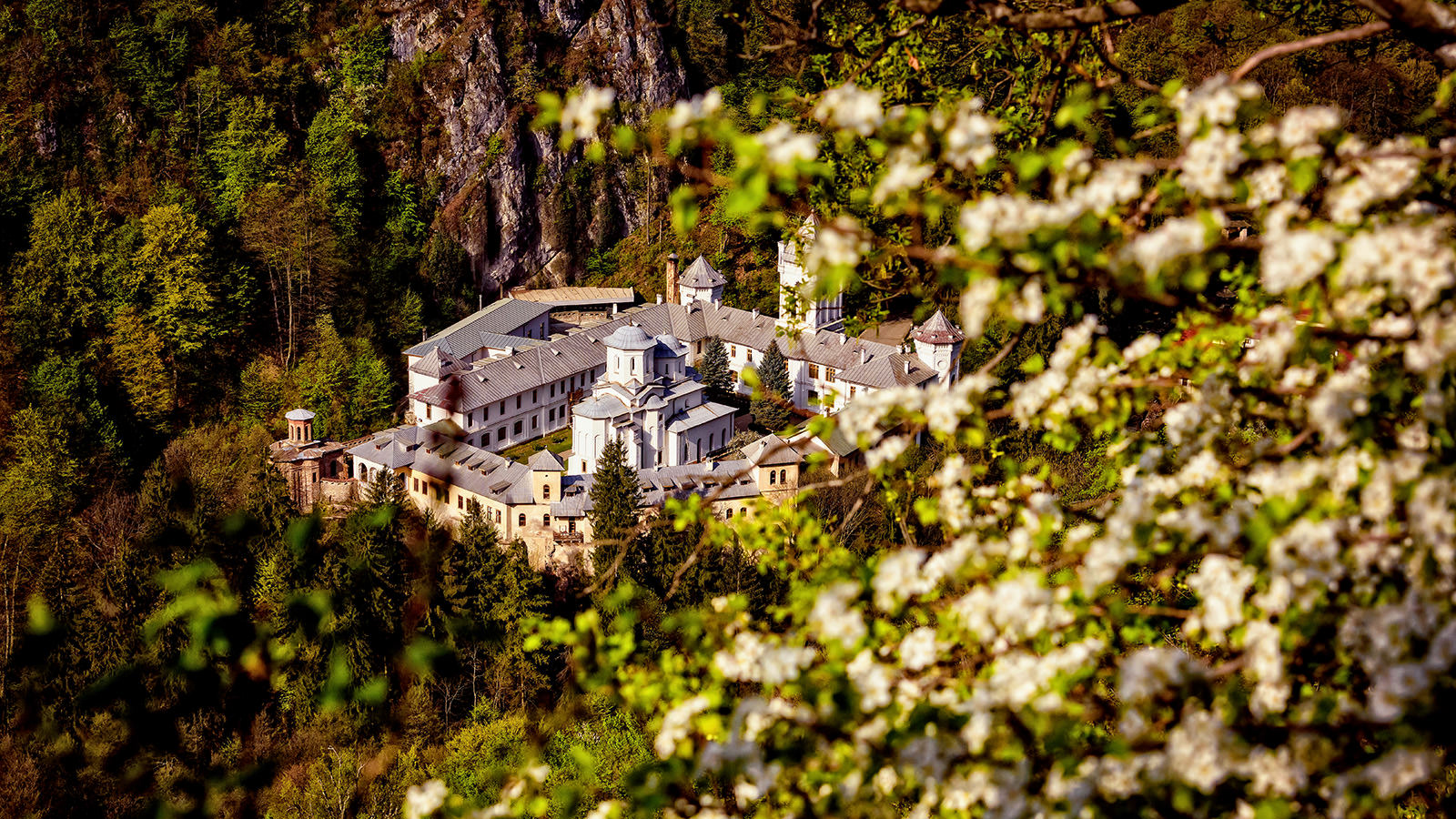
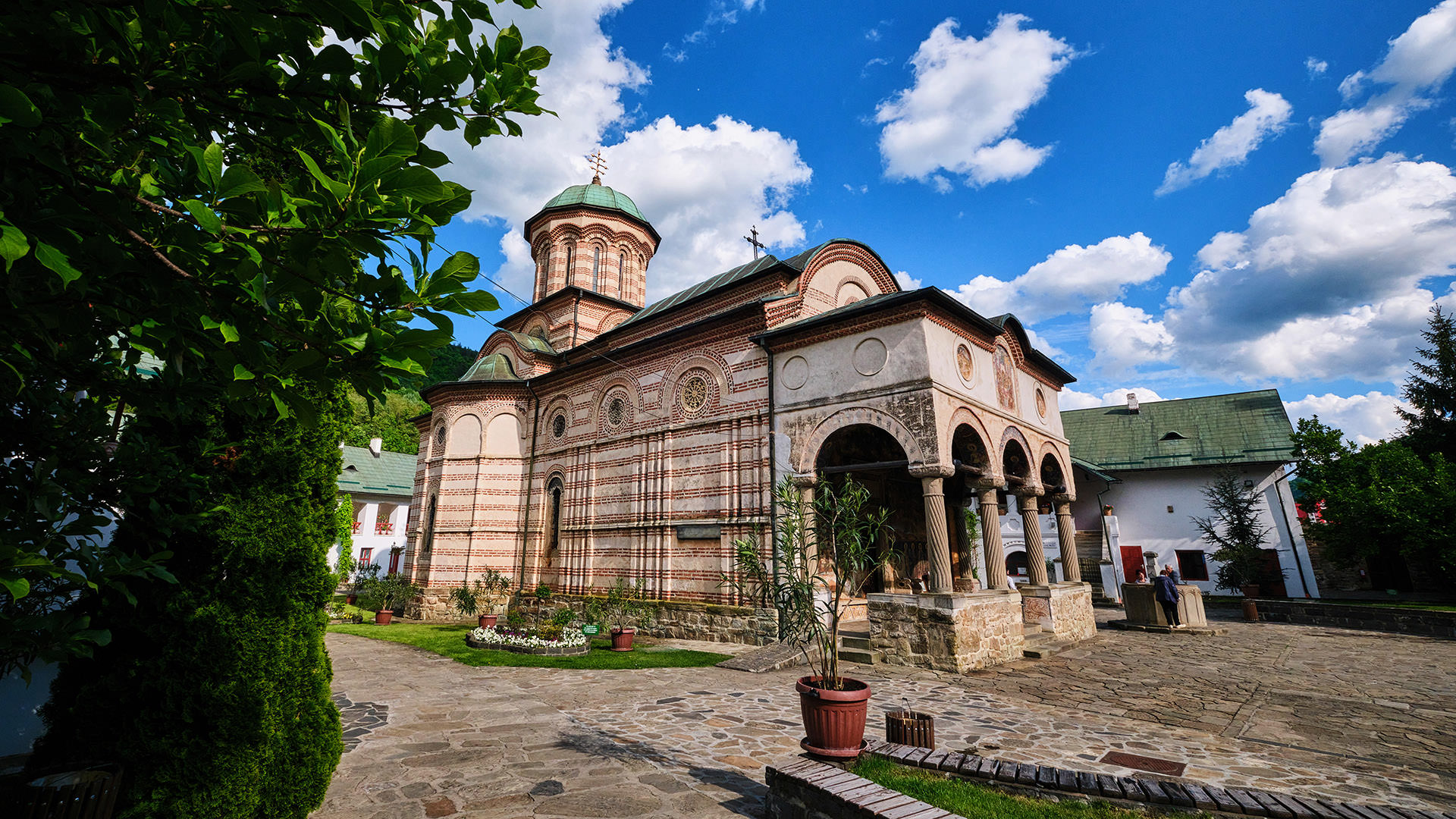
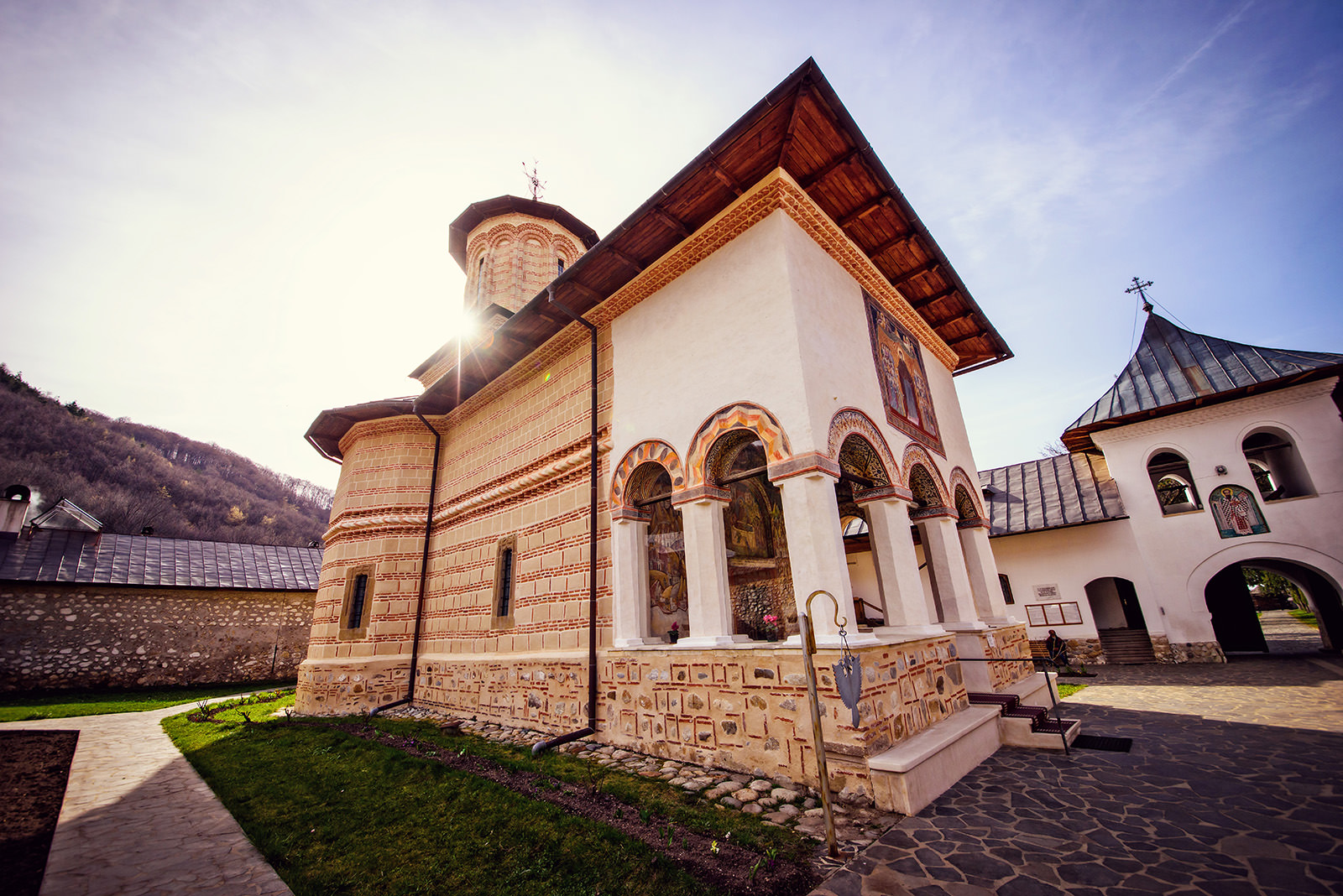
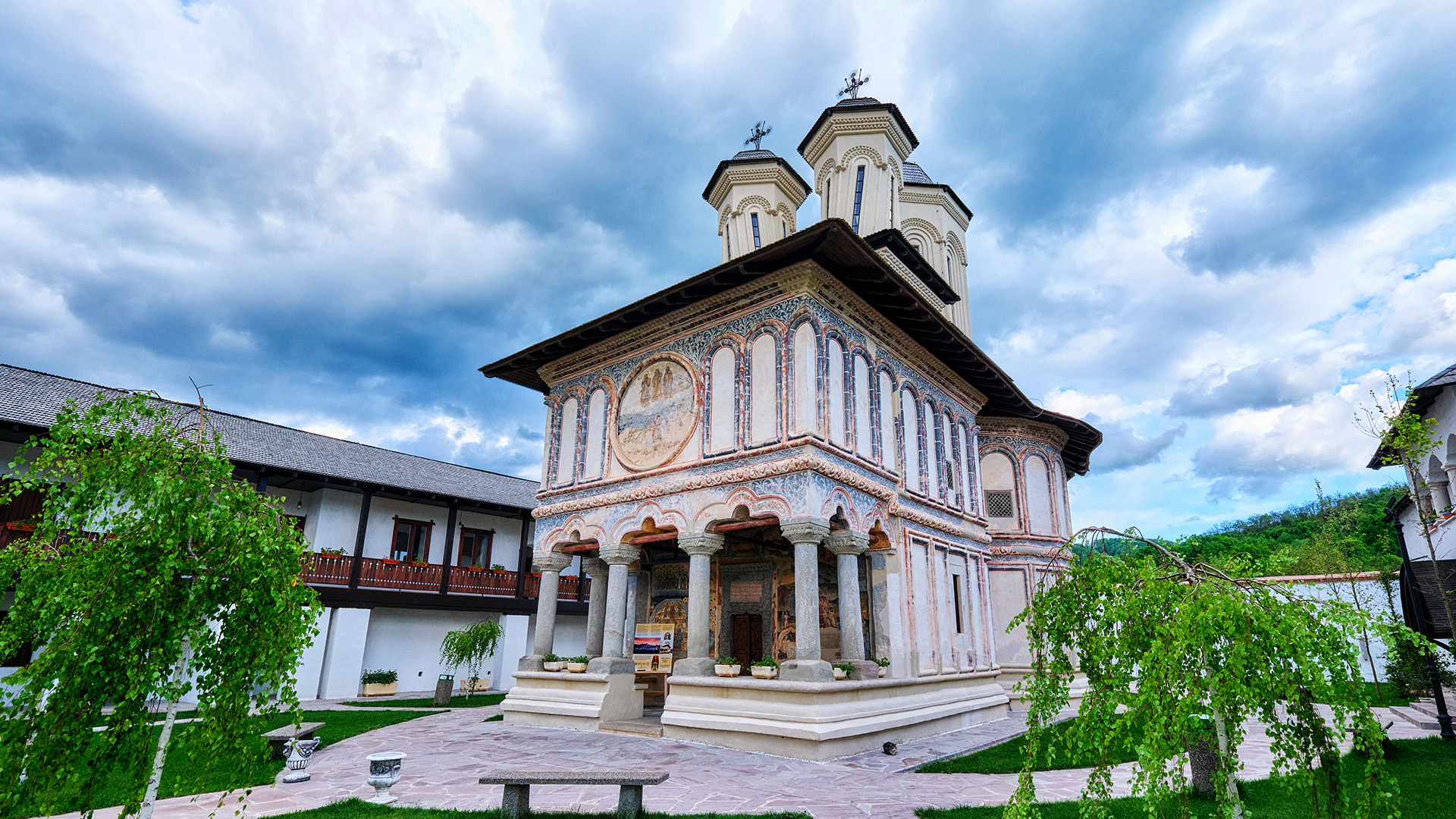
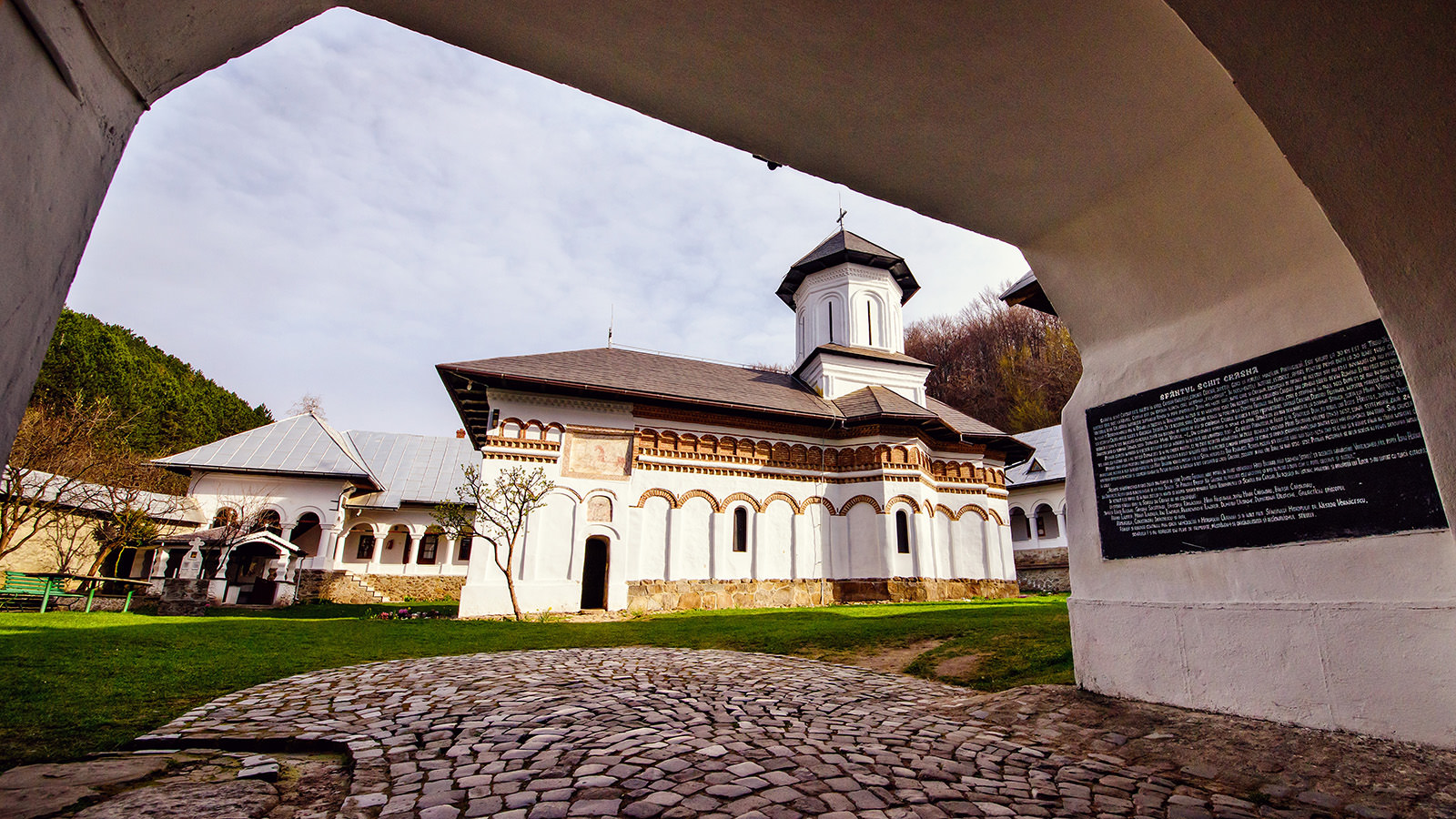
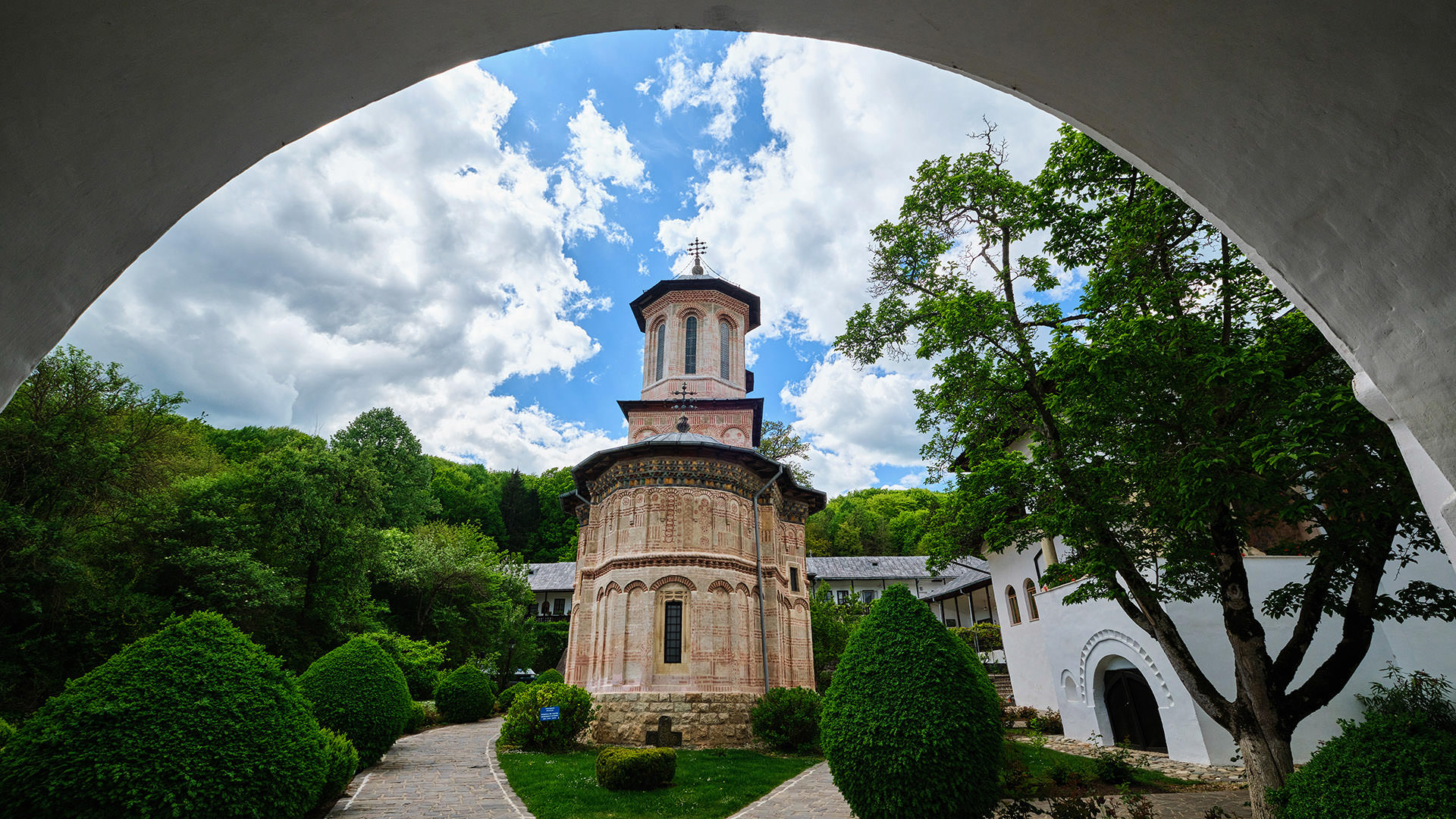
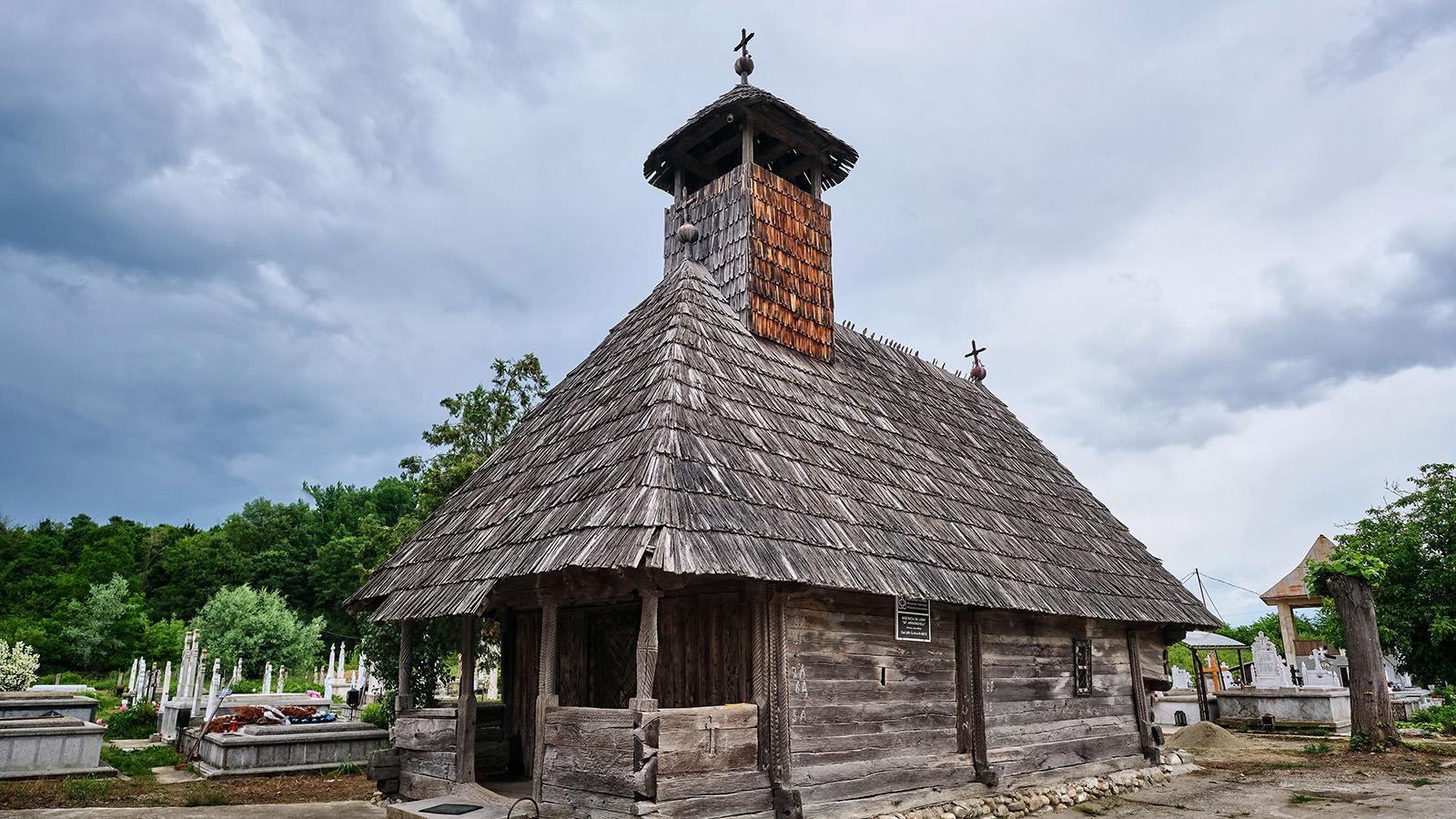
Horezu Monastery
Tismana Monastery
Cozia Monastery
Polovragi Monastery
Berislavesti Monastery
Crasna Monastery
Dintr-un Lemn Monastery
Wooden Church of Balesti
Valleys of Valcan Mountains
The gentle ridges of Vâlcan Mountains rise like the backs of long sleeping dragons between the charming river valleys of western Gorj County. These mountains filled with old stories and ancient paths lie between the valleys of Jiu and Motru rivers, slowly descending from the north towards the southern hills where beautiful settlements have appeared along the centuries. Apart from the superb and spectacular ridges, the main attractions of these mountains are the dense charming valleys, most of which can be explored easily upwards towards their springs. Some of these valleys (Sohodol, Șușița, Suseni, Bistrița, Tismana) also feature amazing attractions like gorges, canyons and waterfalls, while there are also hidden valleys that still preserve their untouched and wild character.
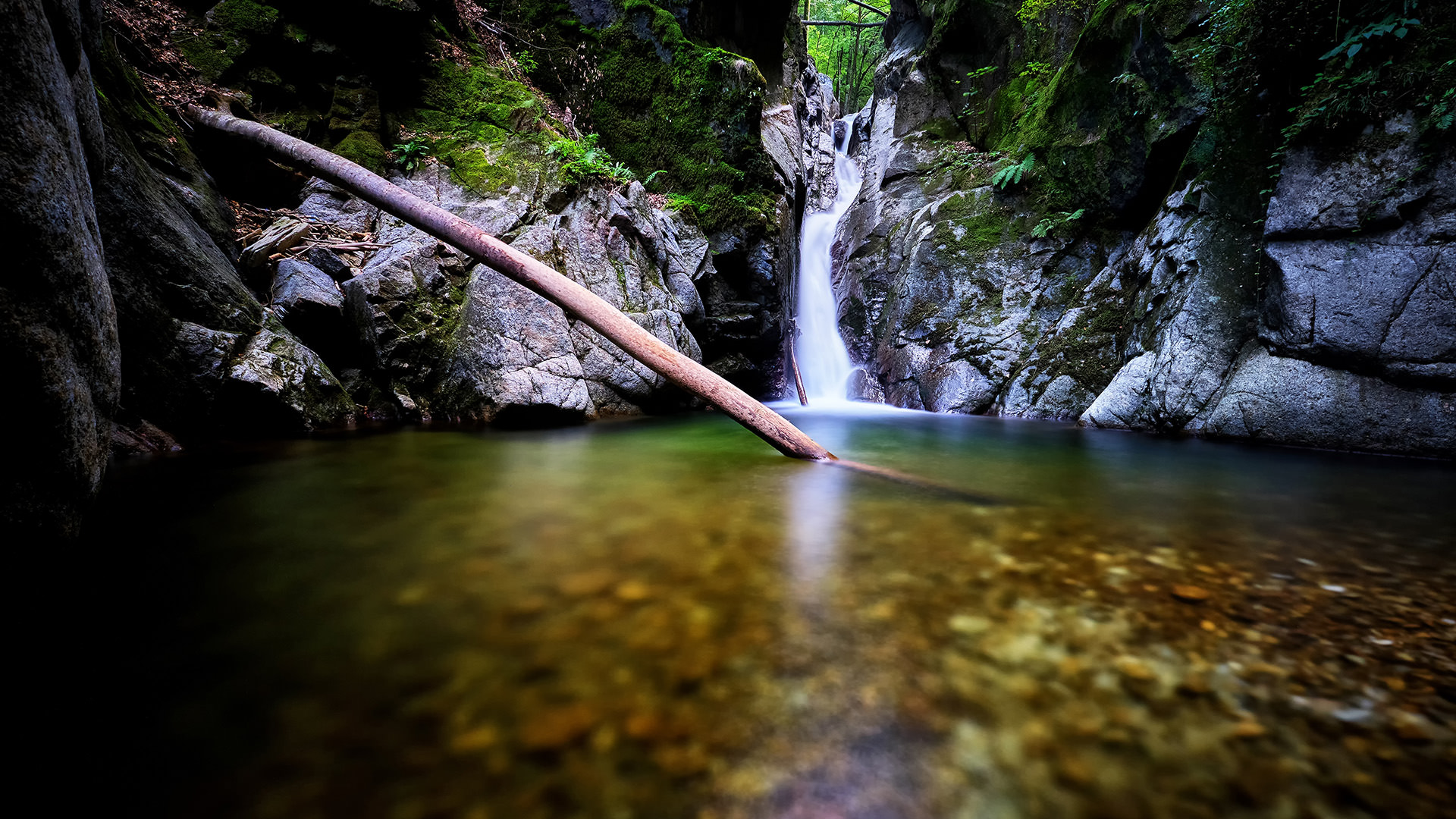
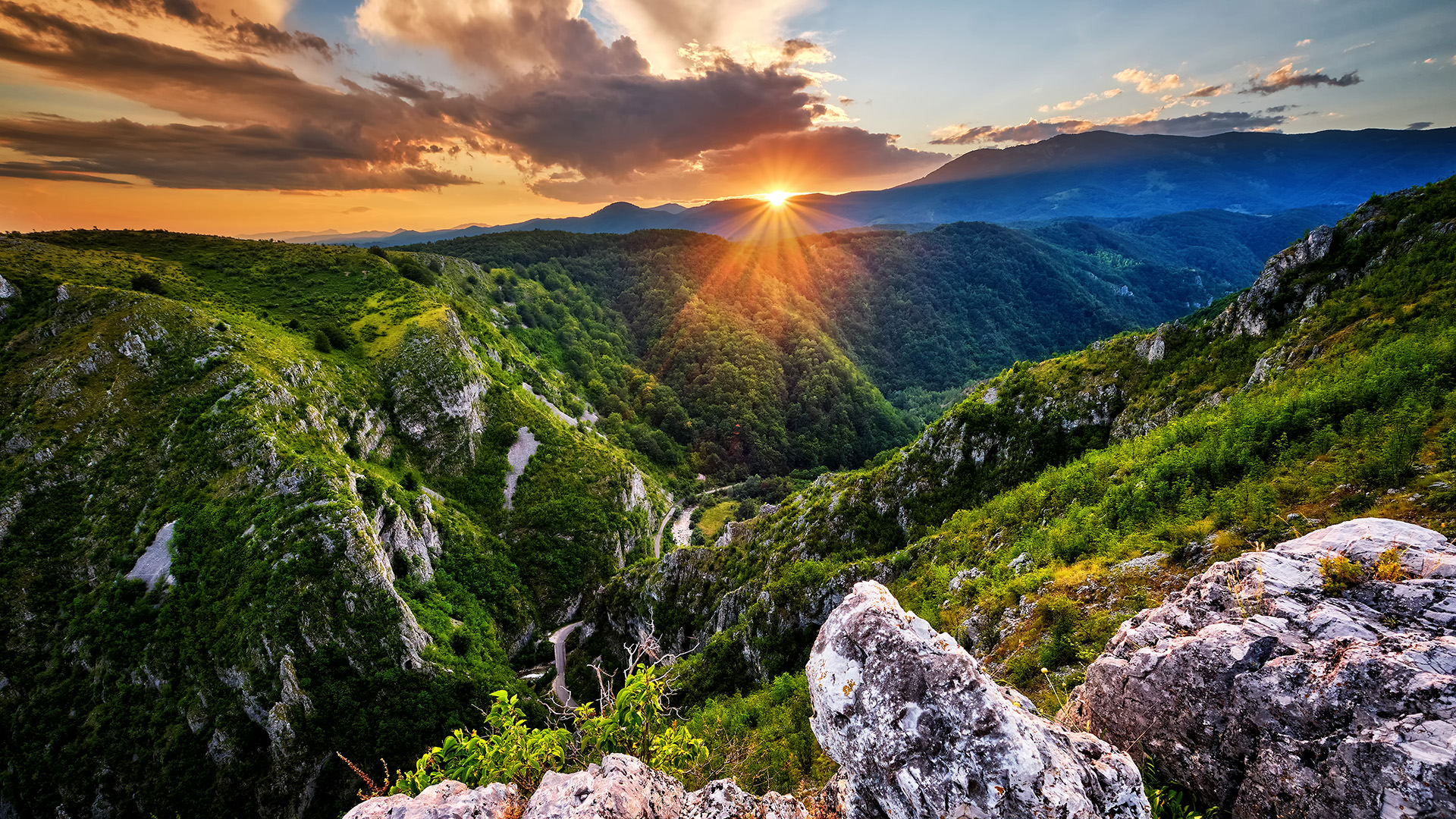
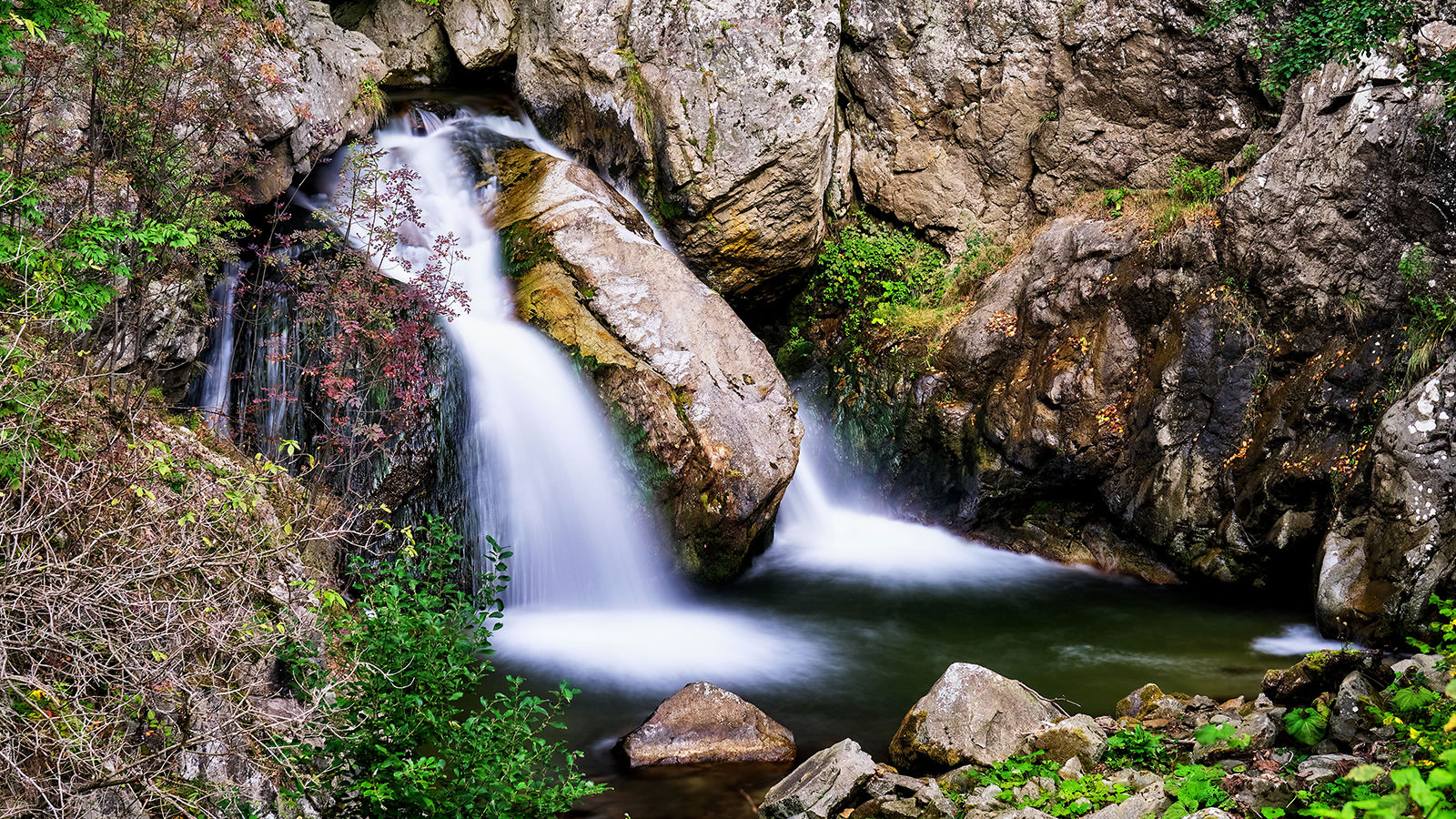
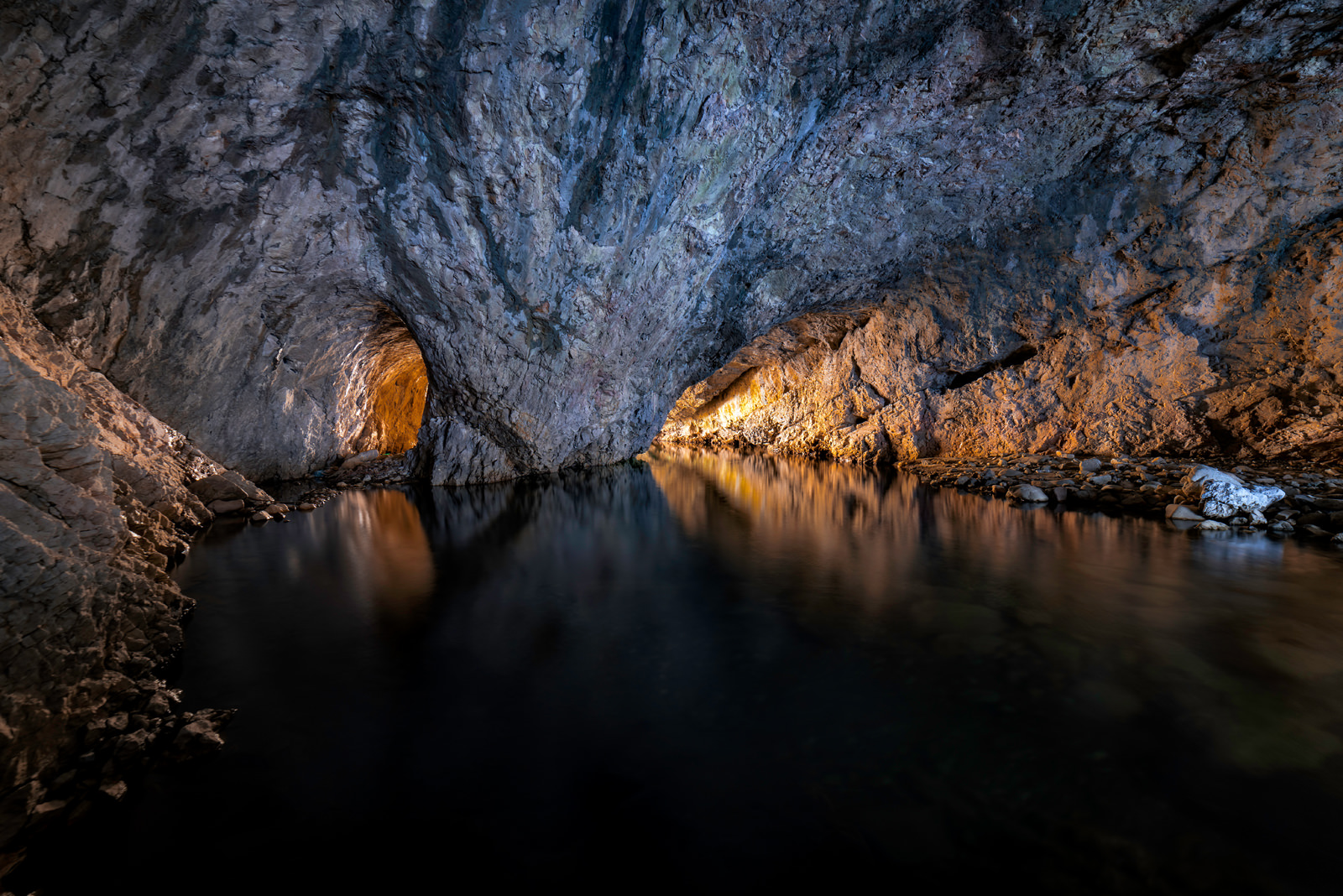
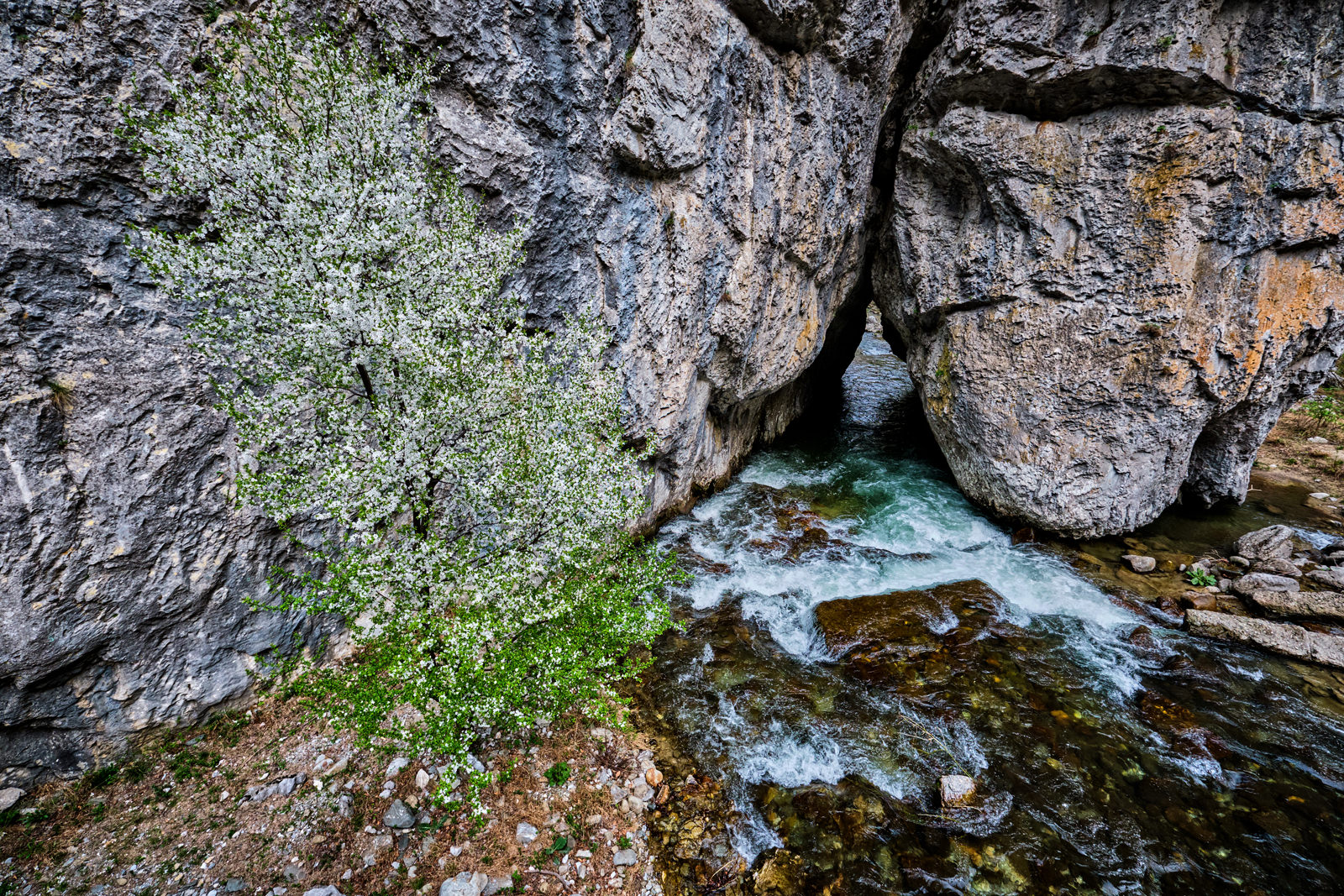
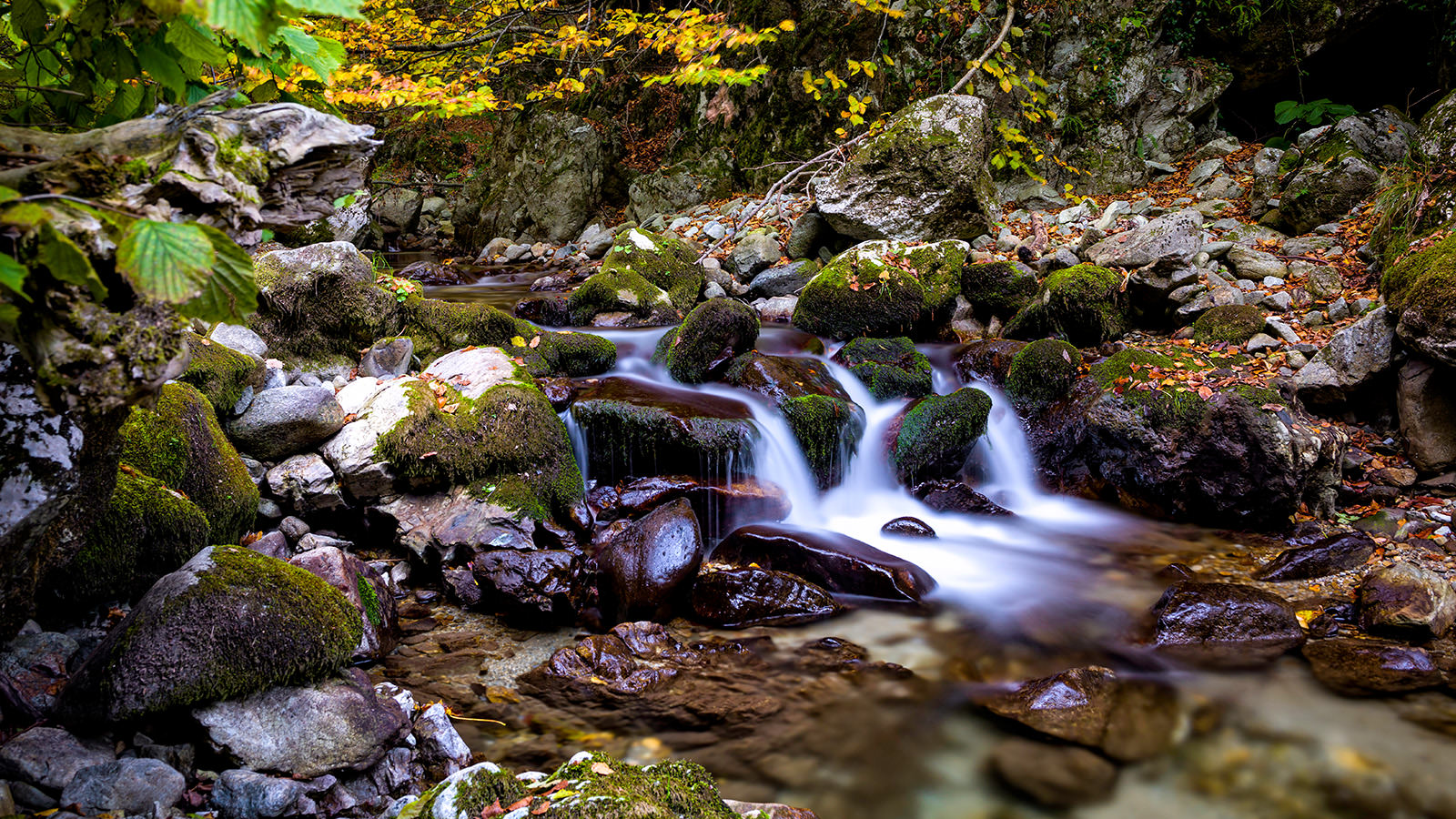
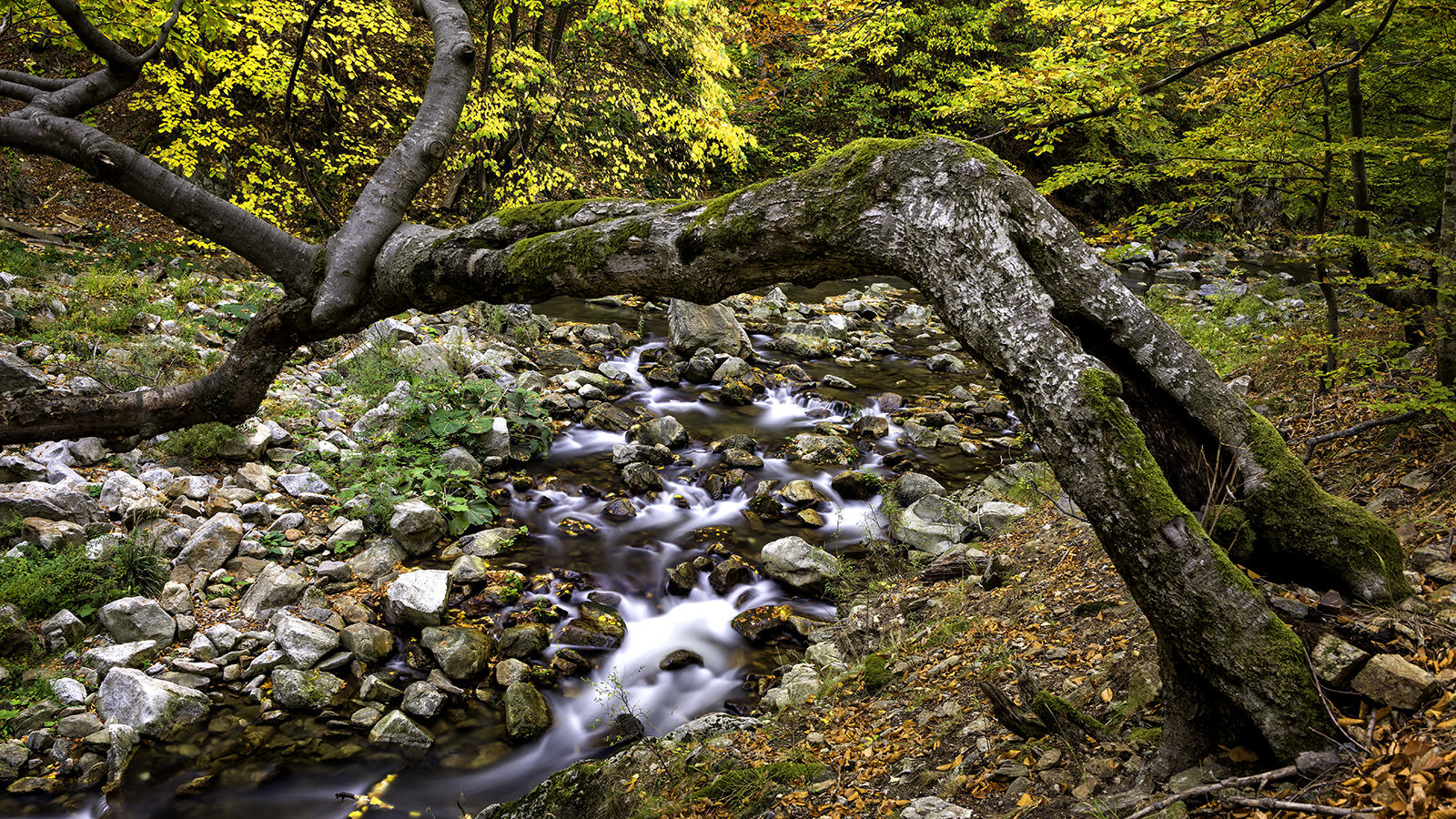
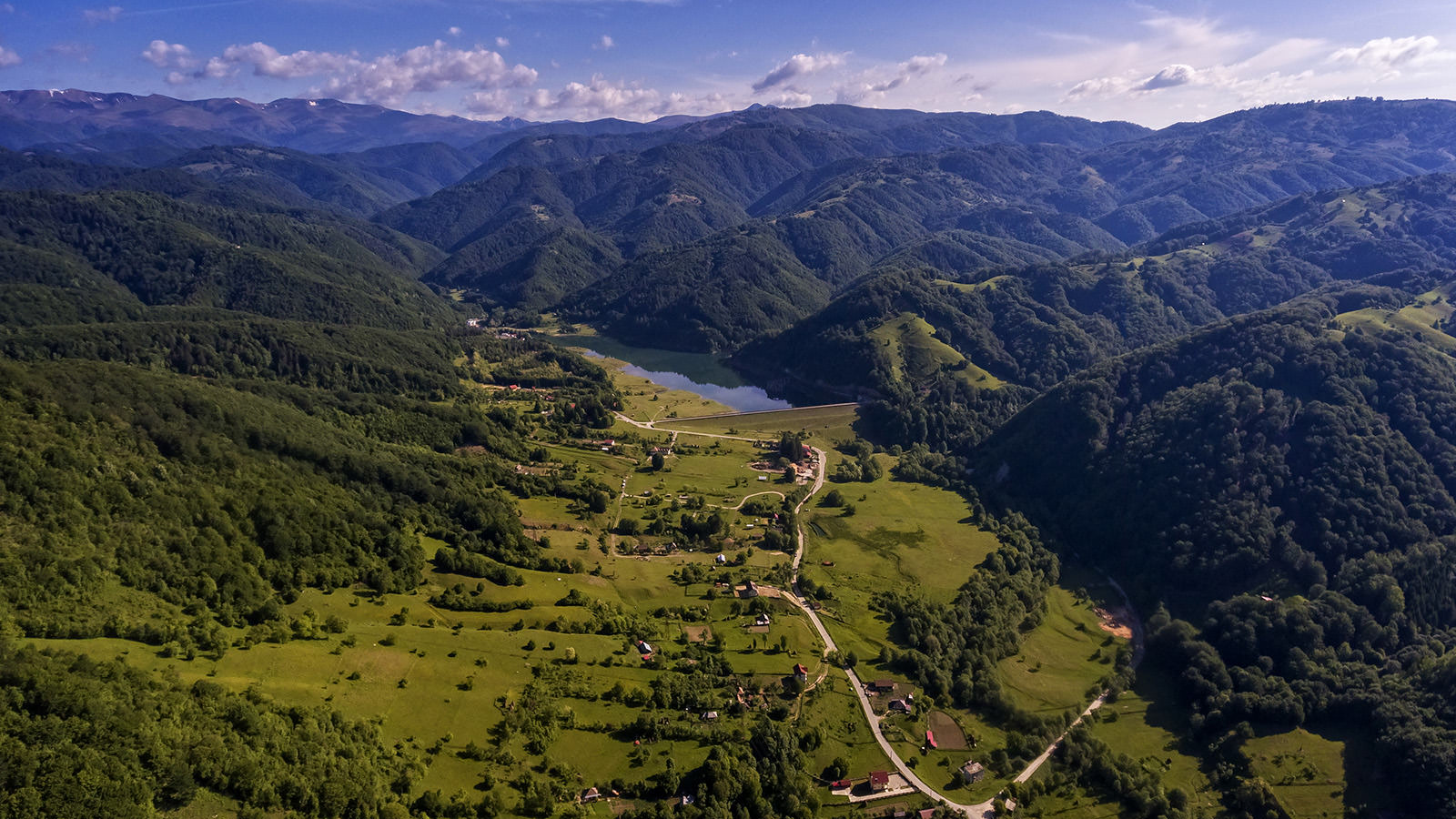
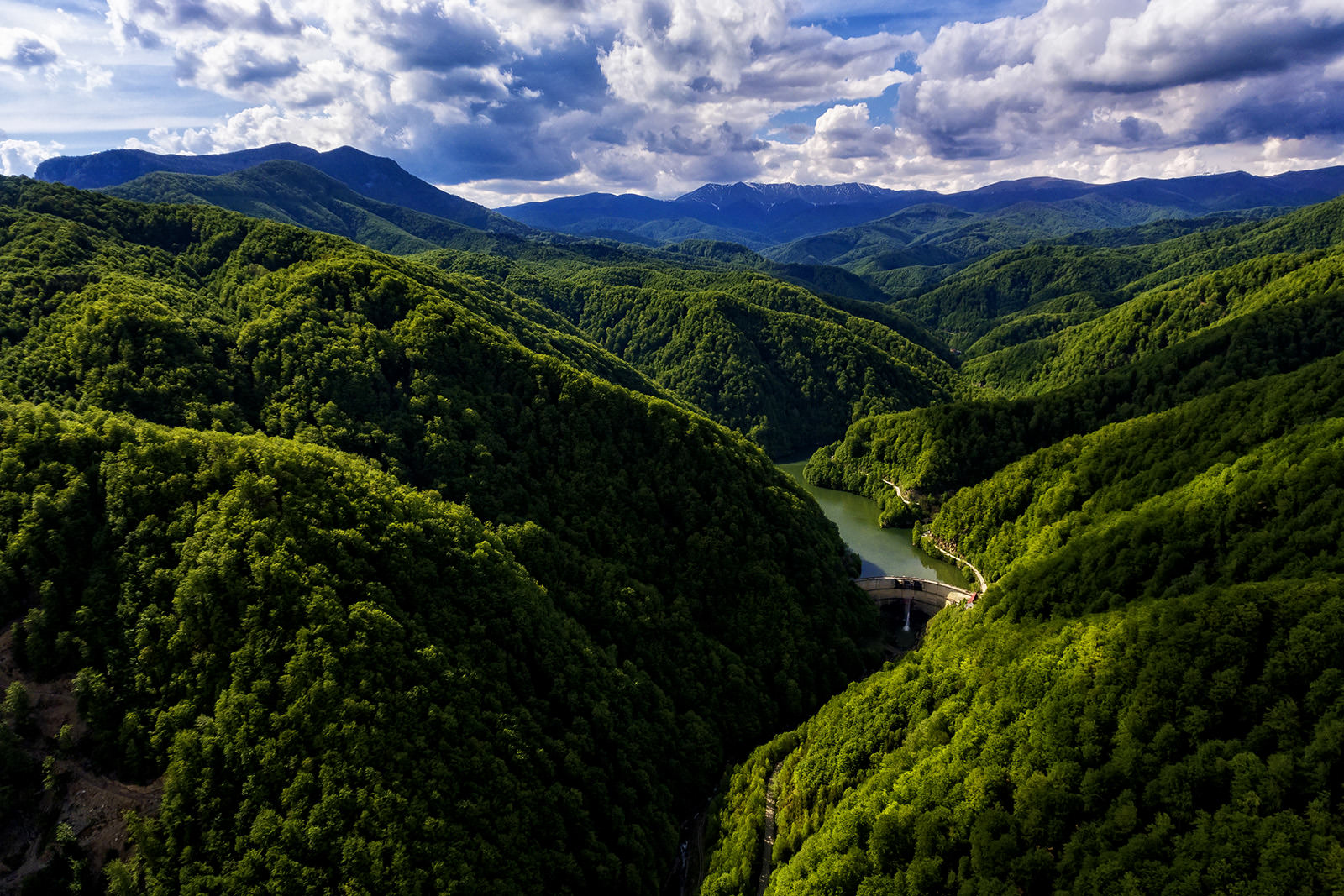
Devil's Cauldron Waterfall
Sohodol Valley
Susita Waterfall
Sohodol Gorges
Sohodol Gorges
Suseni Valley
Bistrita Valley
Motru Valley
Bistrita Valley
Mehedinti Plateau Geopark
Wandering aimlessly among these idyllic hills, we feel the joy of uncovering a secret world where remote villages and cottages are lost along the shaded valleys. Picturesque country roads lead our steps towards a lost world filled with mysterious caves, wild lilac forests, charming monasteries or the magnificent Bridge of God! While not as known as other destinations of Romania, the plateau of Mehedinți is a land apart, with its distinct natural and cultural features. Located in the southwest of Romania, this region has been declared a geopark back in 2004, protecting an area of over a thousand sq. km. Between the rolling hills and shaded valleys, we can discover a trove of marvelous treasures and a truly serene atmosphere.
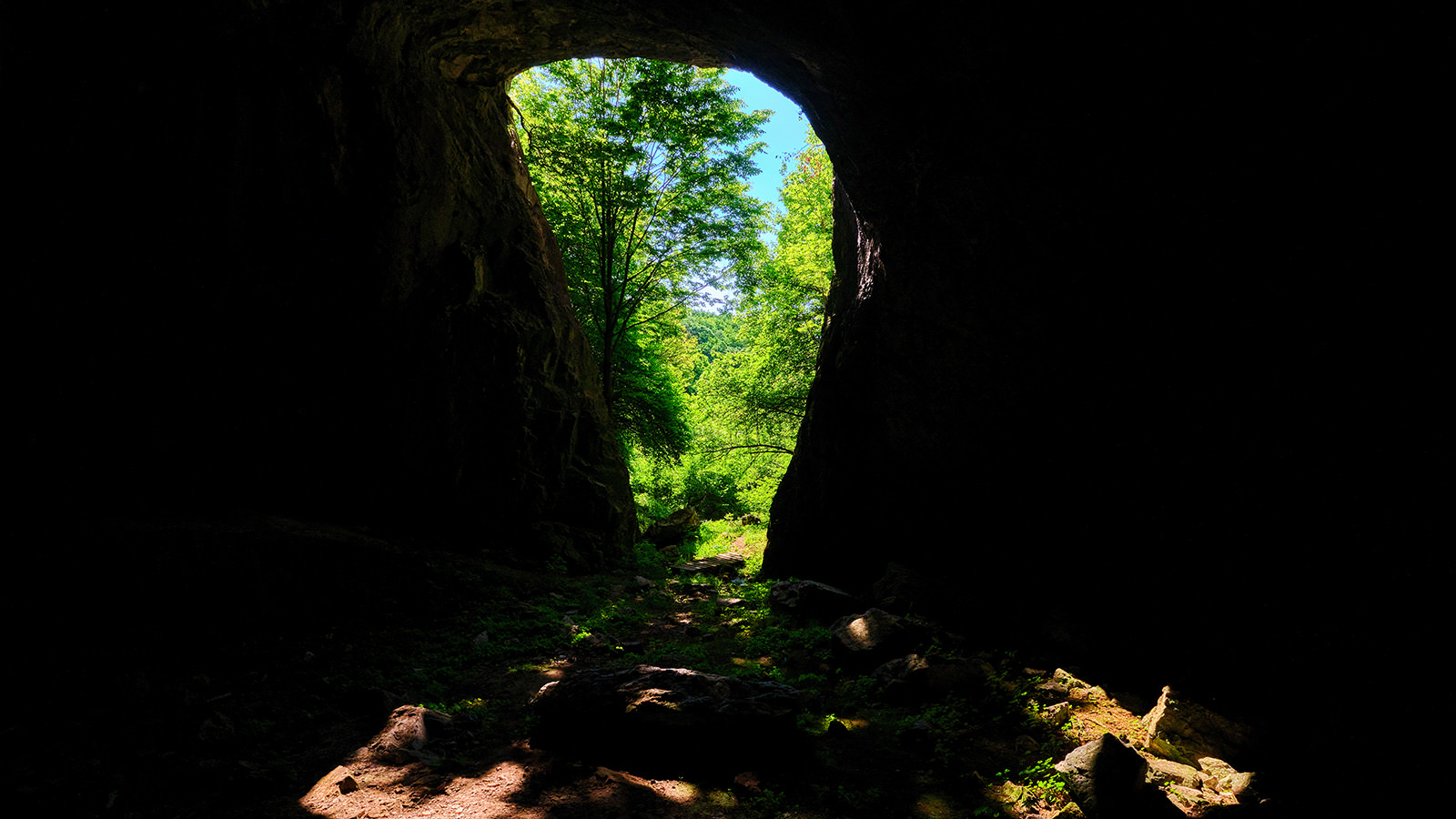
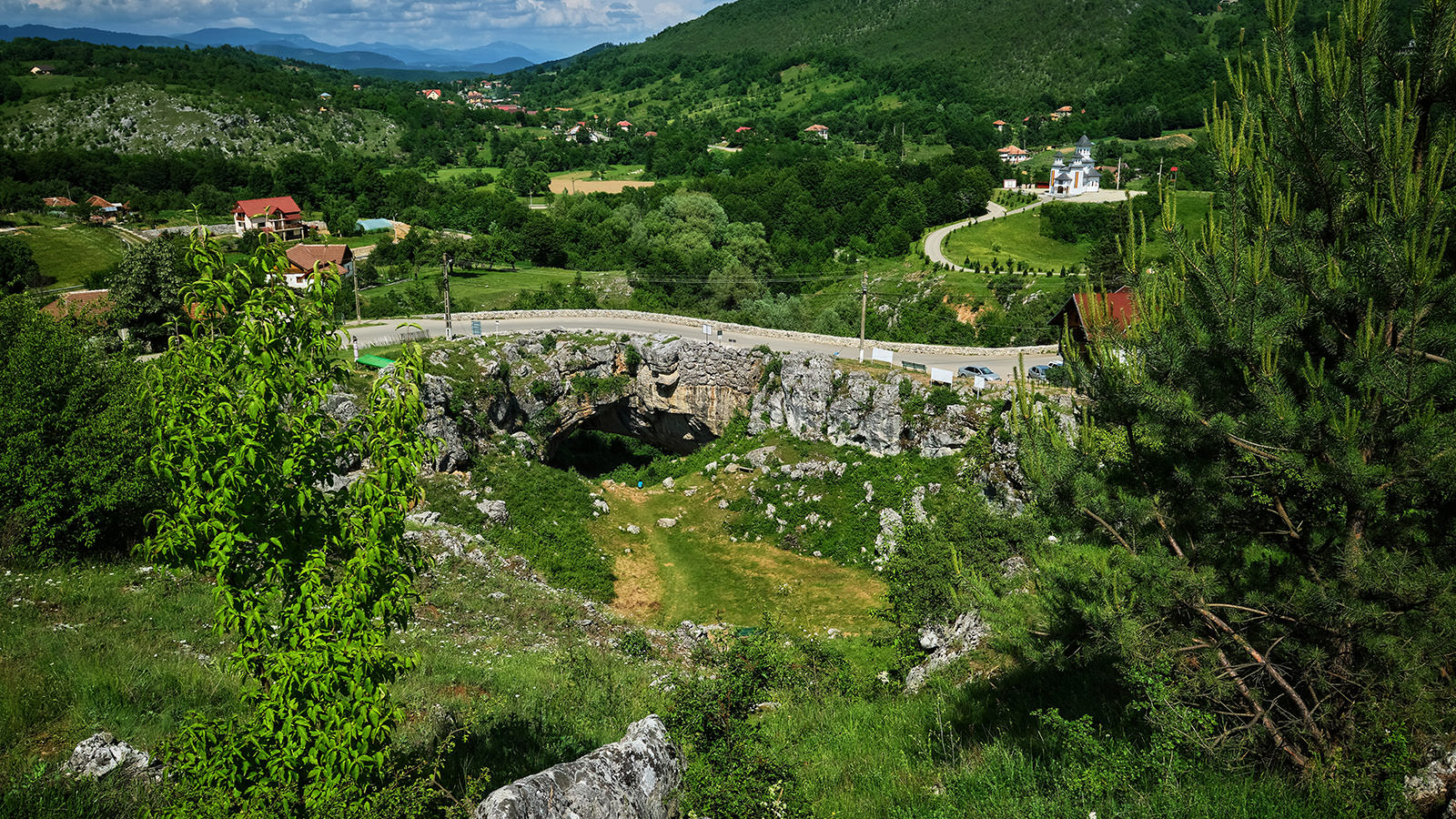
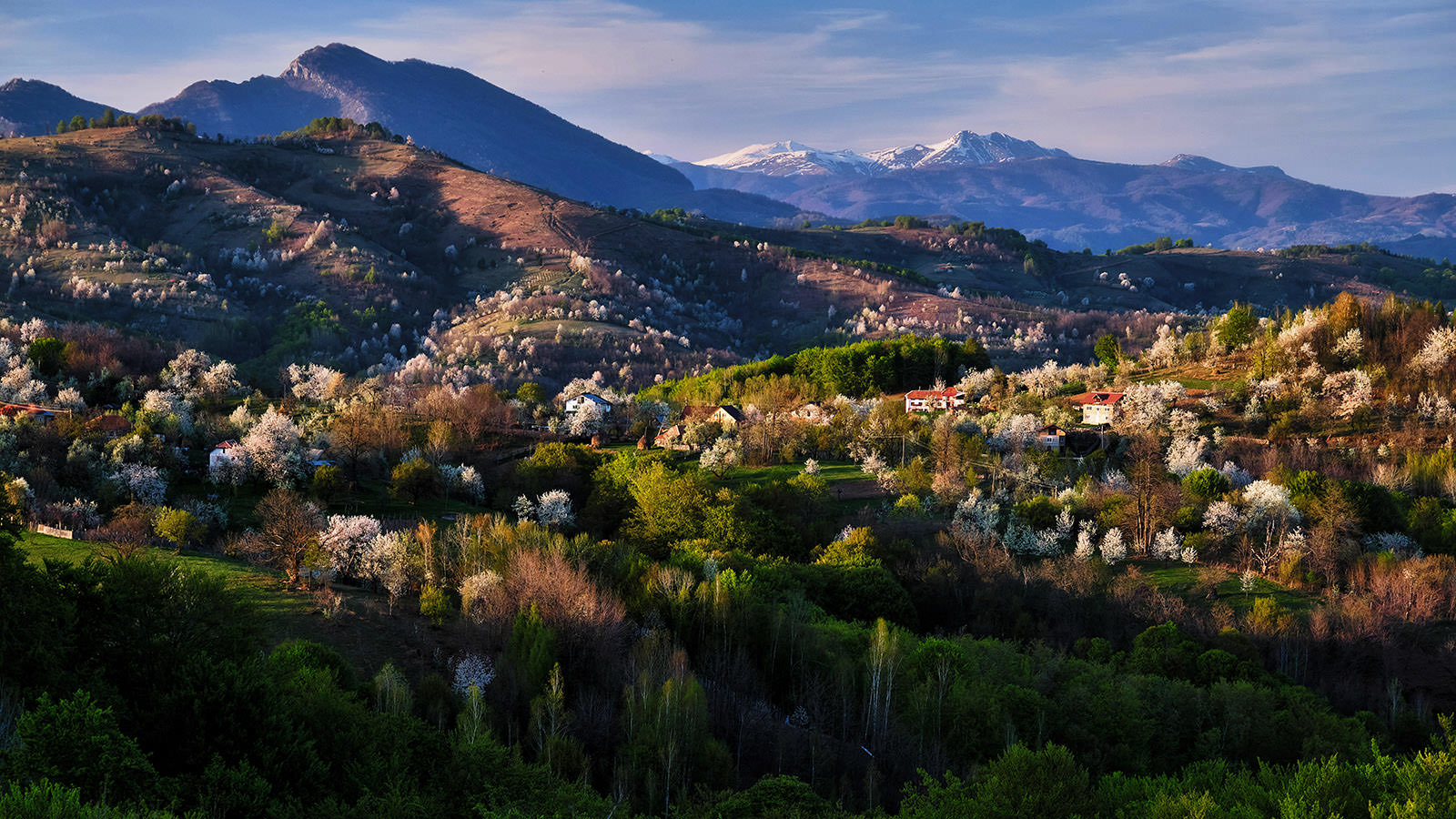

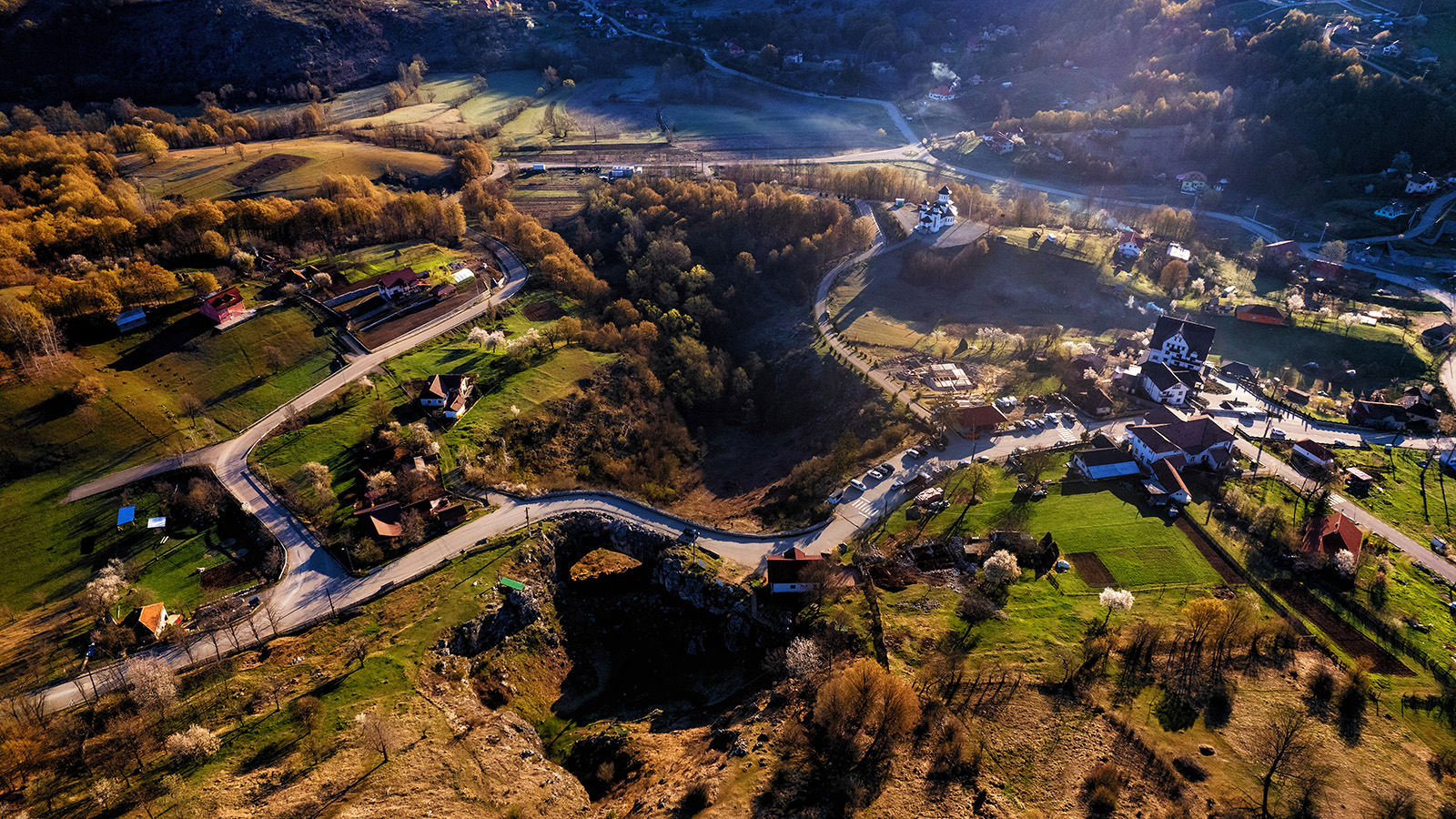
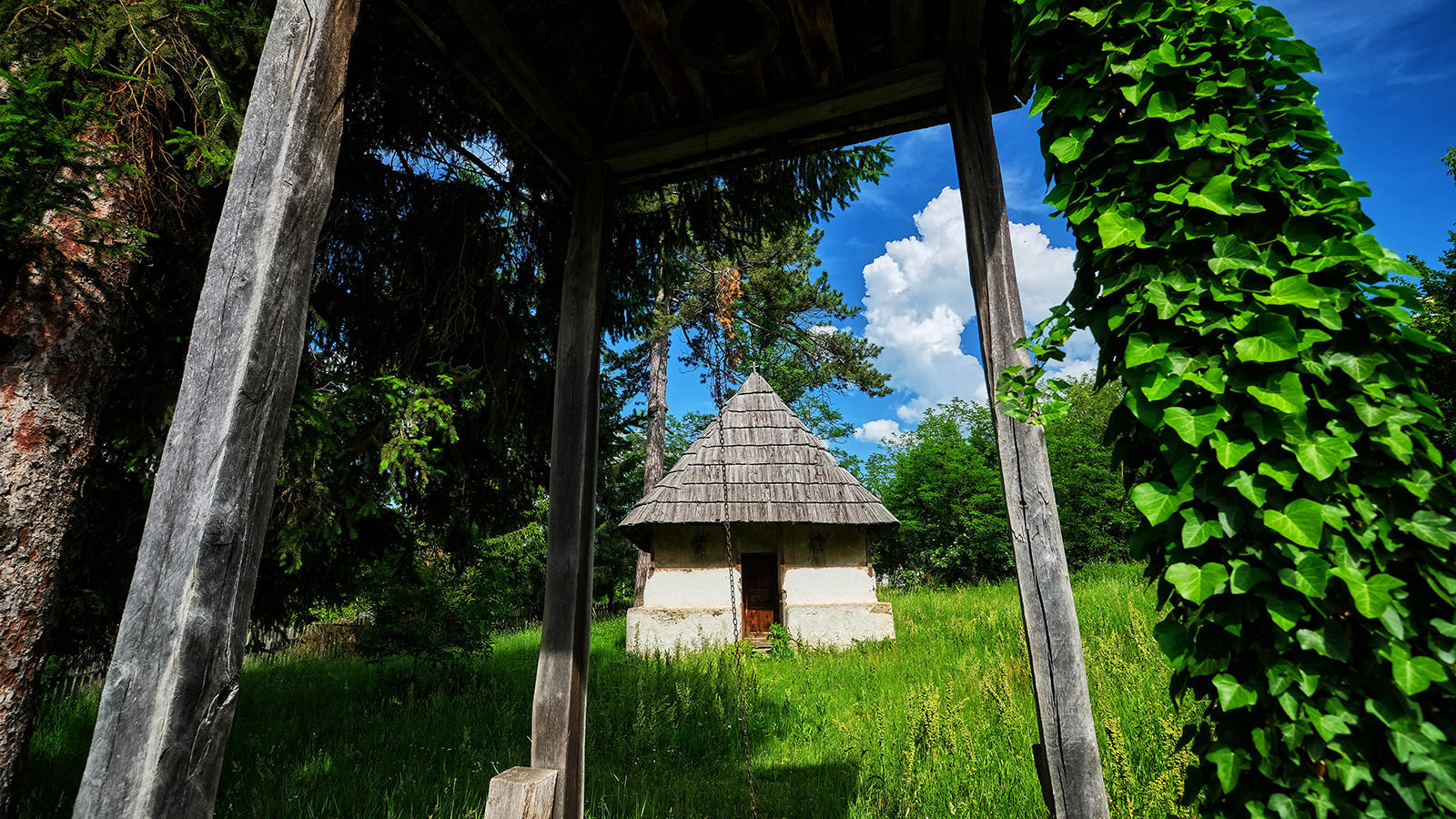
Balta Cave
God's Bridge
Mehedinti Plateau
Topolnita Gorge
Ponoare Village
Wooden Church
Cula Houses of Northern Oltenia
Once upon a time, there were dozens of such tower-houses dotting the hills of southwestern Romania, but sadly most of them have been lost over the last three centuries and we can only admire a handful today. In the Turkish language, „kule” means tower and these buildings can be considered veritable fortified houses that belonged to noble families of those times, usually used for protection against various attacks! These fascinating and mysterious buildings appeared in the southwestern region of Romania during the 18th and 19th centuries. They were usually used in case of attacks from brigands and during wars, some of them being permanent homes, while others just temporary refuge in case of danger.
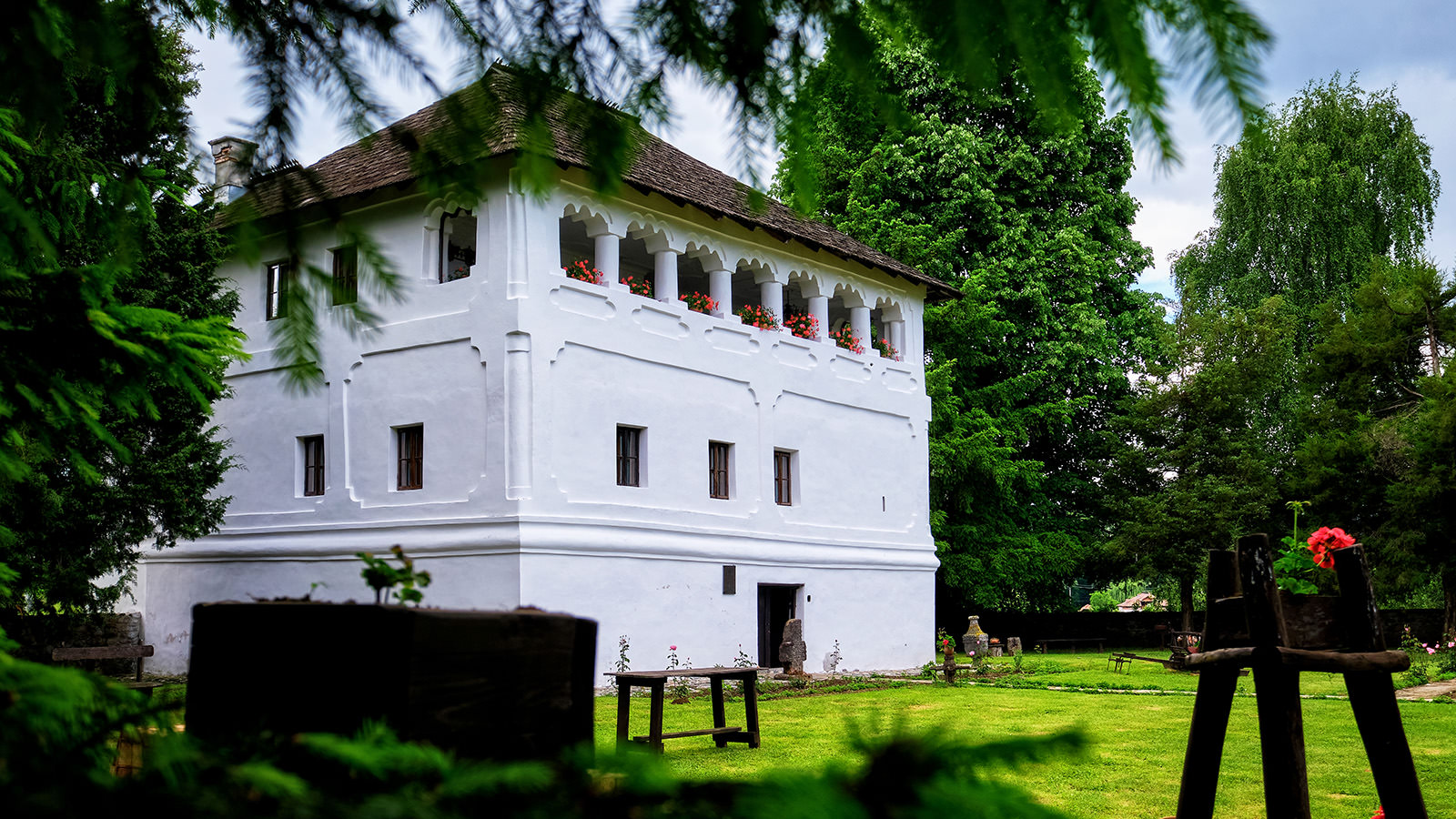


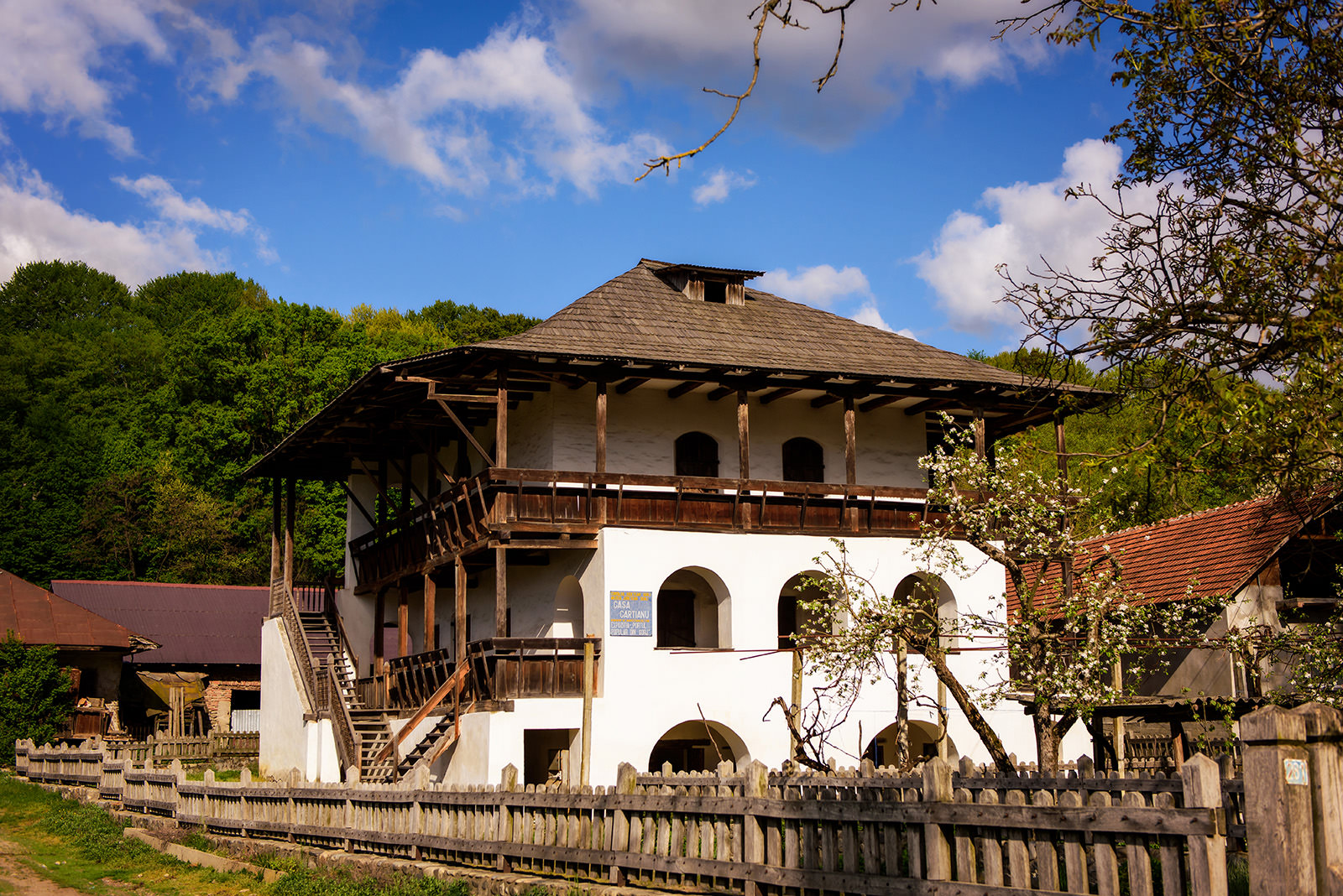
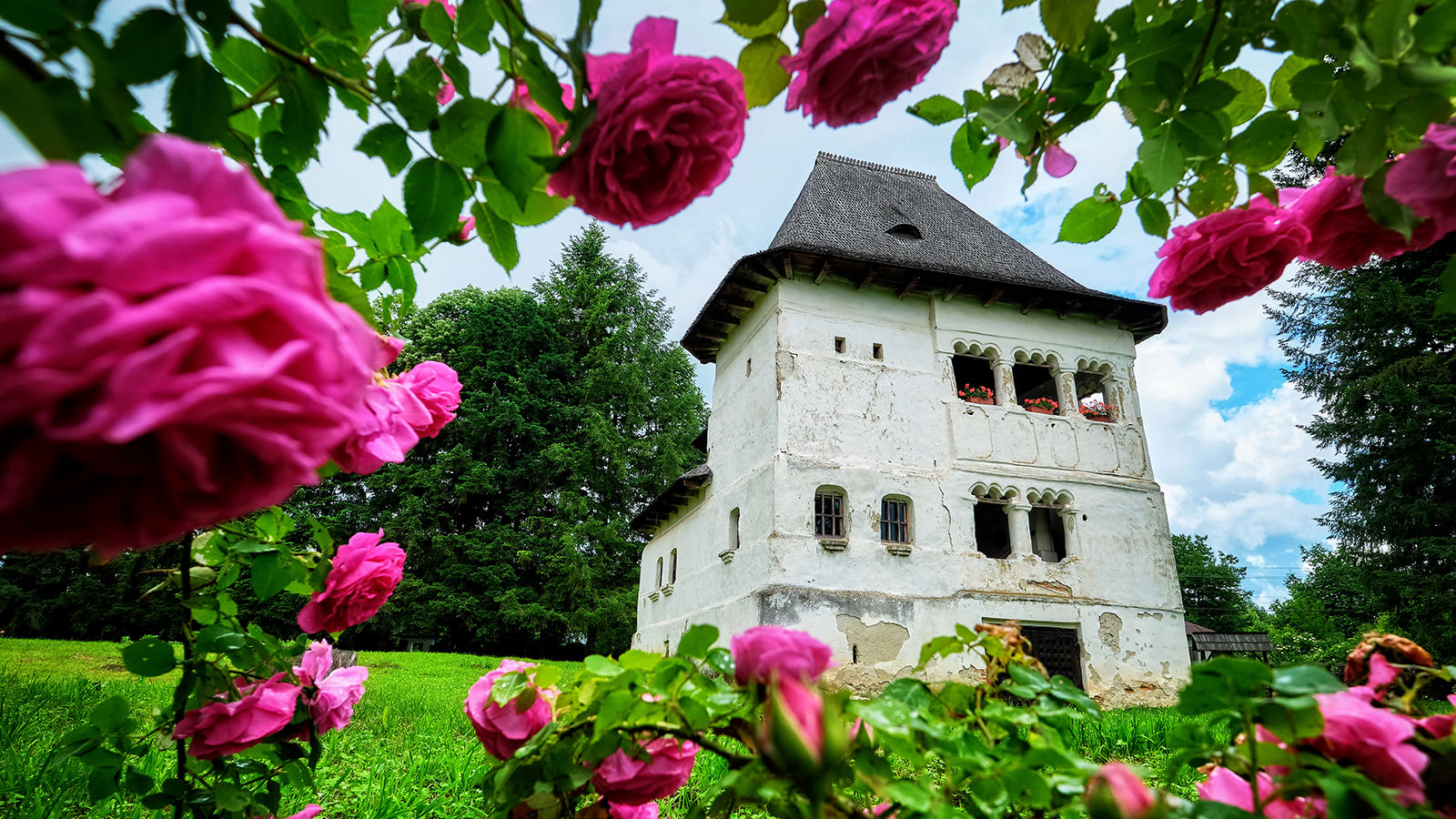
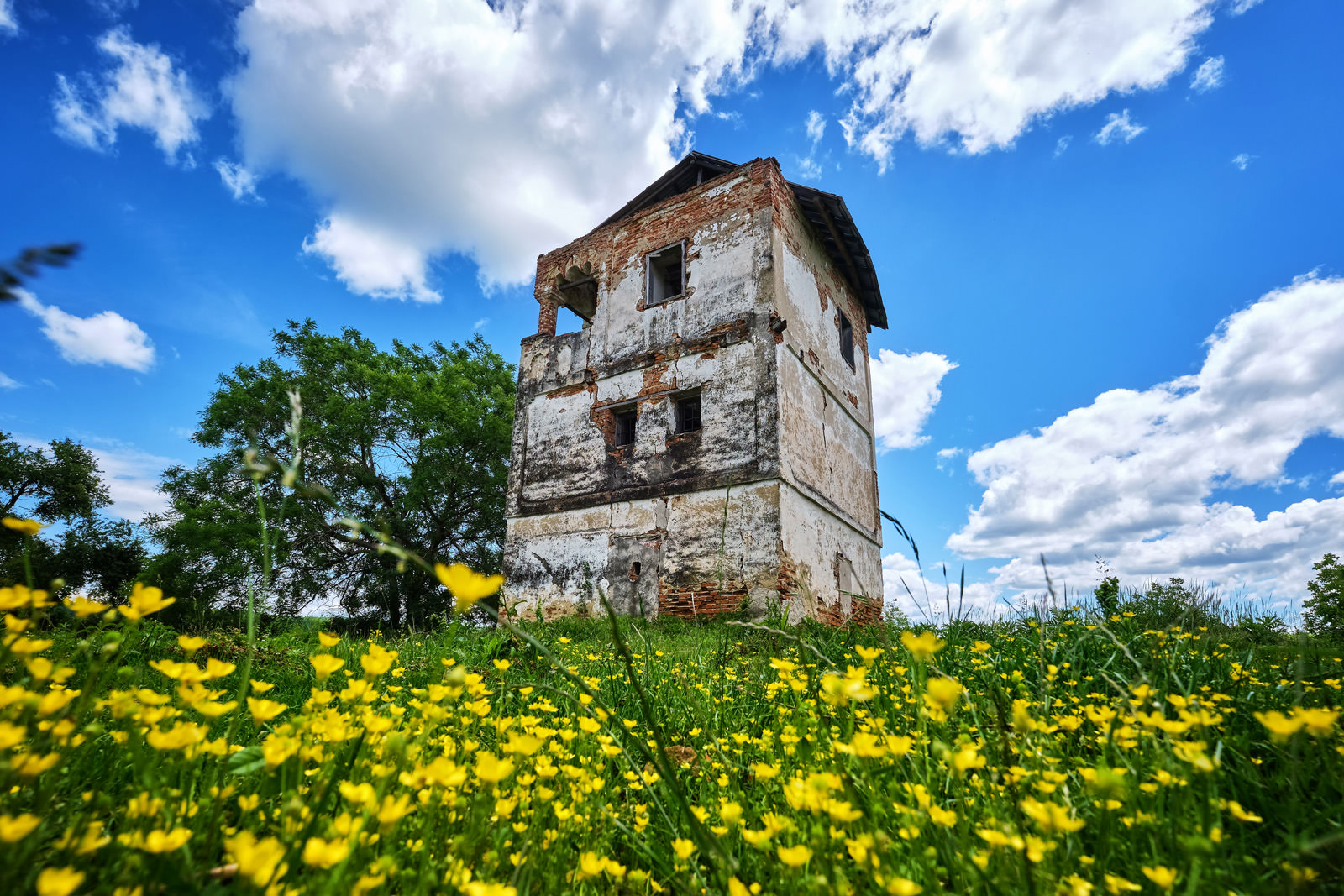
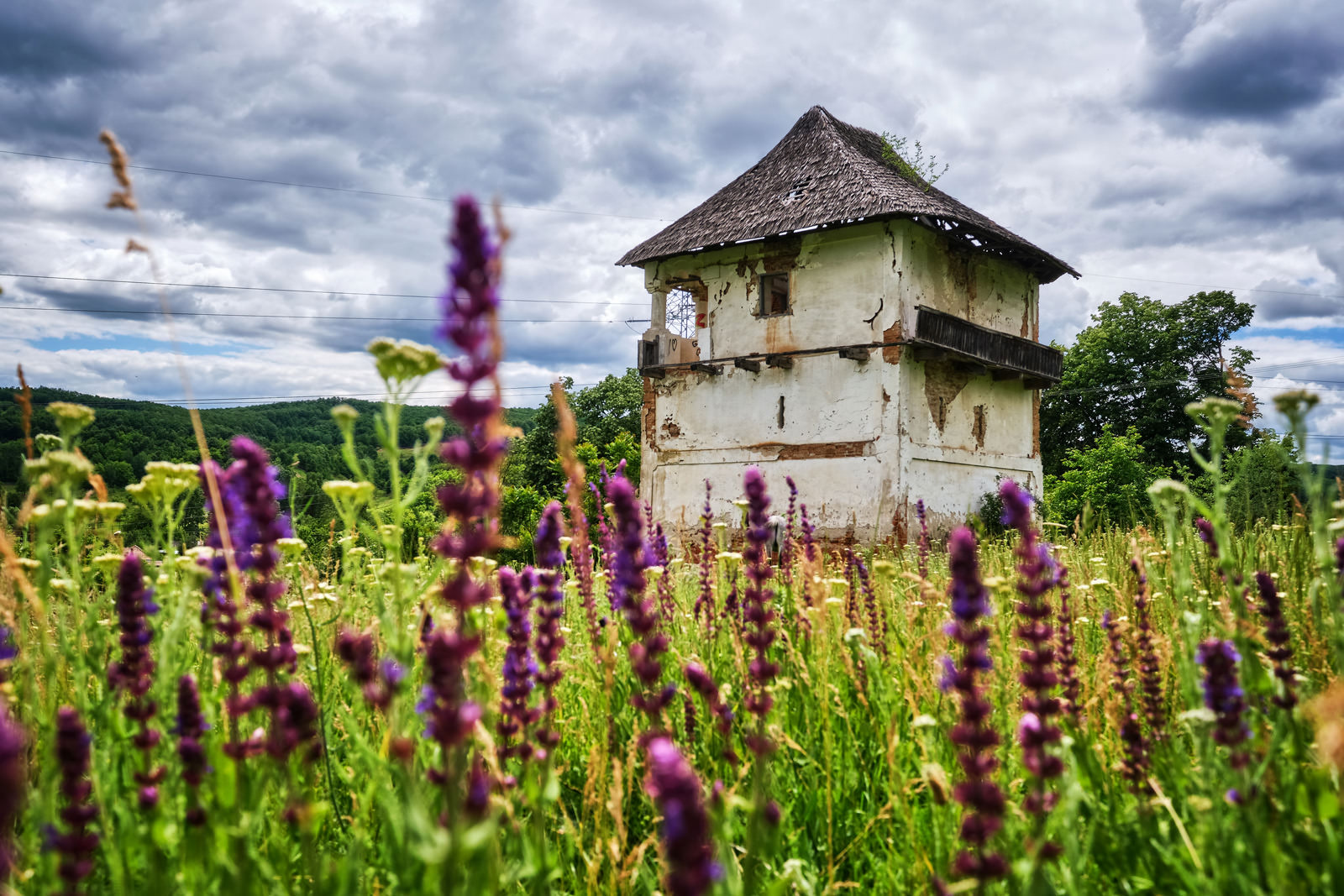
Duca Cula House
Cornoiu Cula House
Glogoveanu Cula House
Cartianu House
Greceanu Cula House
Siacu Cula House
Groserea Cula House
Best Accommodation in Northern Oltenia
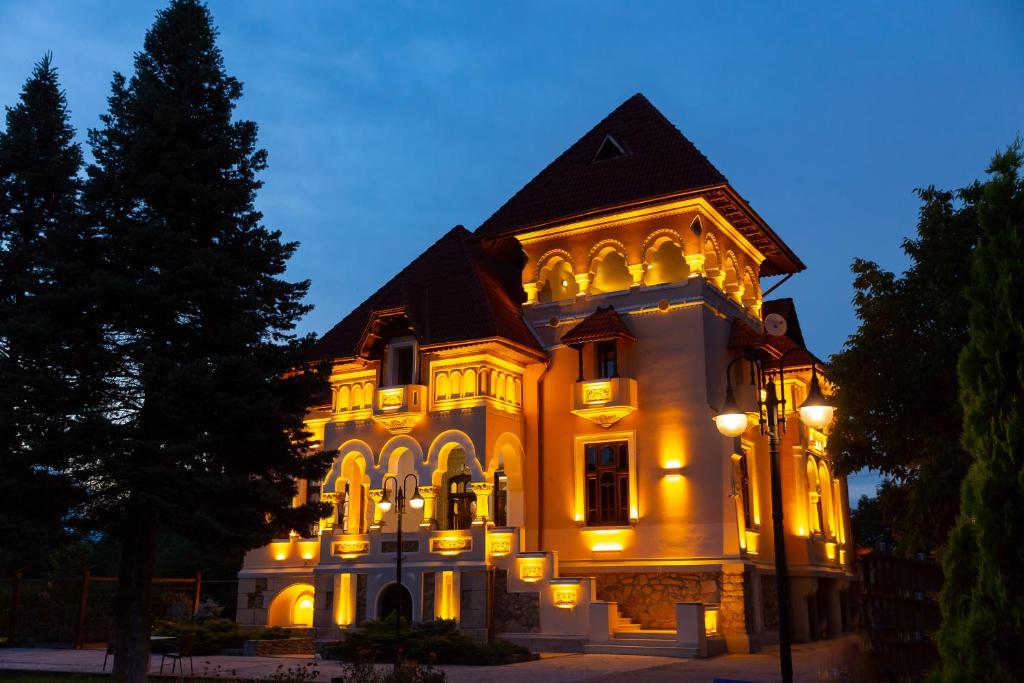
9.0 from 372 Reviews
One of the trademark lodging options in Târgu Jiu, this excellent guesthouse is situated just a few kilometers from the city, boasting splendid architecture, large rooms, a swimming pool and a lush garden, as well as a great restaurant!

9.2 from 587 Reviews
Among the best hotels in the city of Ramnicu Valcea, it offers excellent accommodation services, with elegant rooms that have all the modern amenities. It also includes a garden, a terrace and a bar, as well as non-stop reception!

9.5 from 885 Reviews
One of the best accommodation choices in the city of Craiova, located a few minutes away from the city center, this spectacular hotel features exquisite rooms with a relaxation area and beautiful design, as well as a restaurant, a bar, a terrace and more!
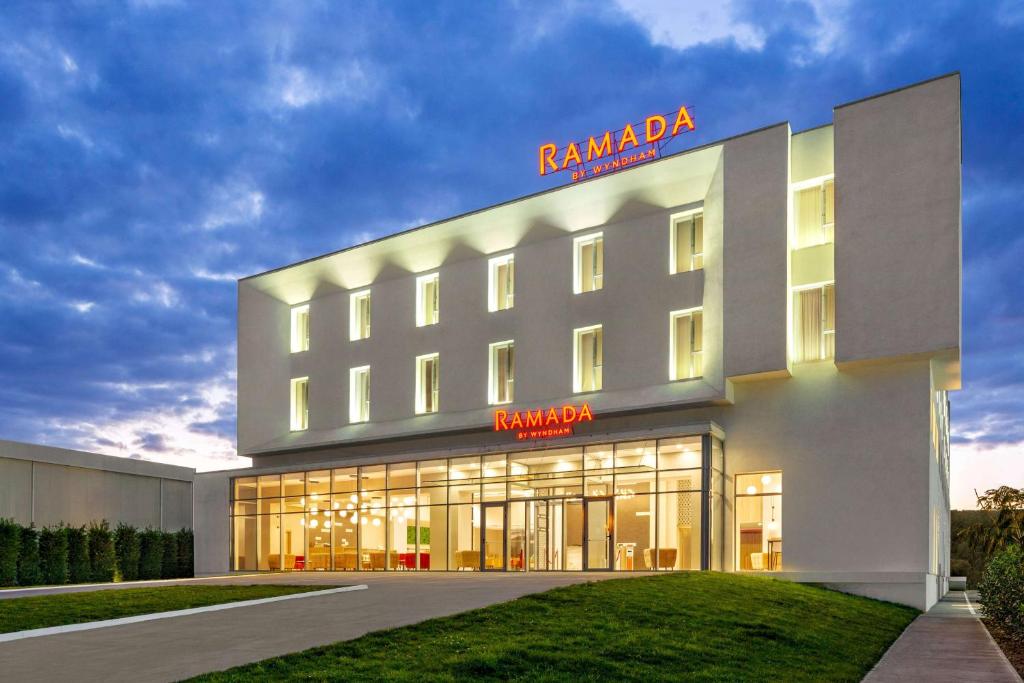
9.2 from 673 Reviews
Excellent upscale hotel located a few kilometers from the city center of Târgu Jiu, in a quiet area. It features amazing rooms and suites with perfect amenities, indoor swimming pool, garden, fitness and business center, as well as excellent breakfast option!
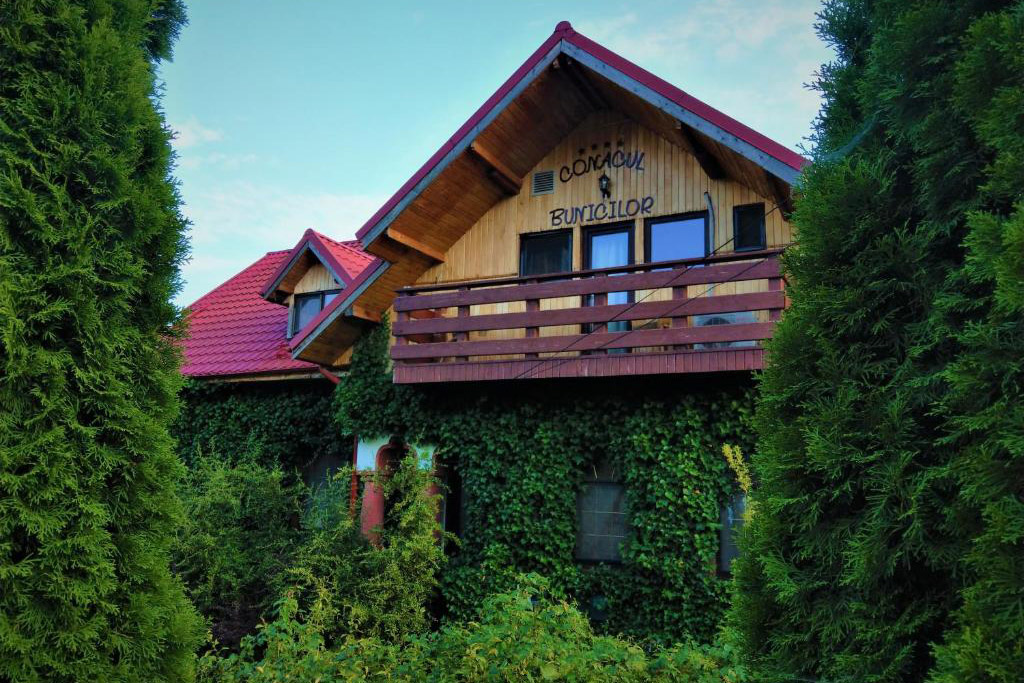
9.5 from 119 Reviews
This small traditional guesthouse features an idyllic atmosphere and gorgeous lush environs. It is located in the village of Baia de Fier, very close to the mountains. It offers nice cozy rooms with all the necessary amenities, a small restaurant and more!
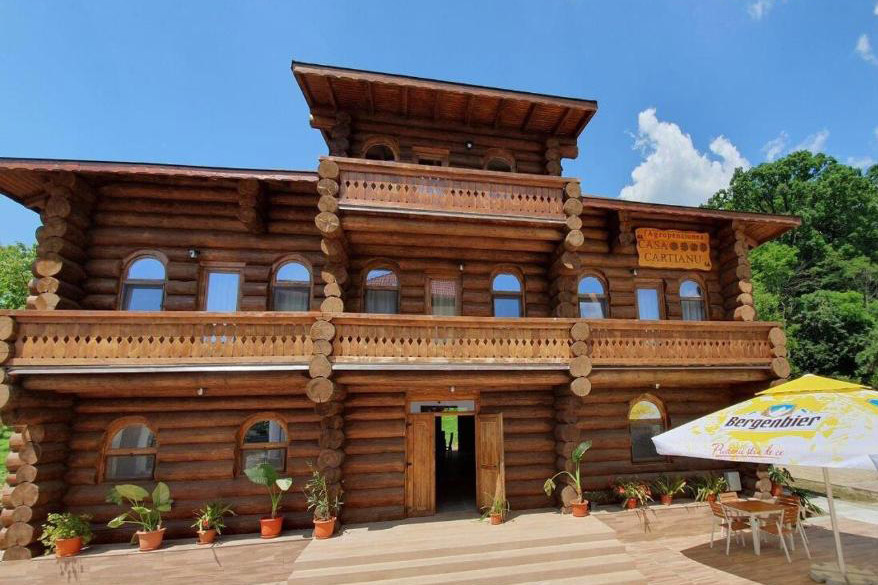
8.9 from 84 Reviews
Located in the village of Cartiu, 8 km from Târgu Jiu, next to the superb Cartianu Cula House monument, the guesthouse offers cozy rooms with excellent amenities, a restaurant, living area, garden and swimming pool!
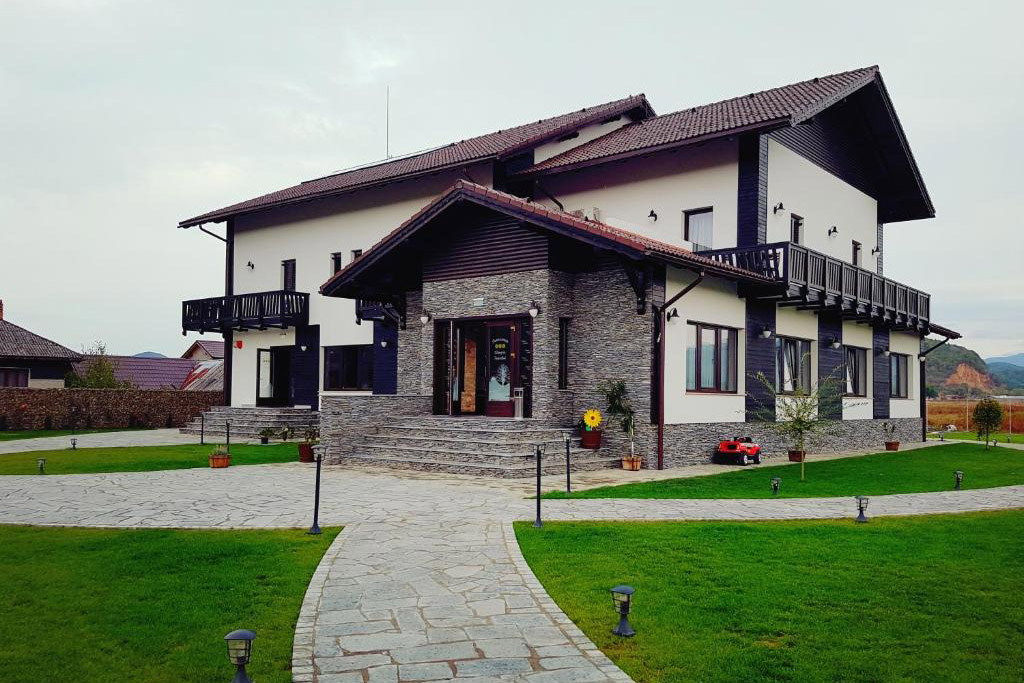
9.4 from 115 Reviews
Located in the western part of Gorj County, close to the village of Padeș and the mountains, this superb modern guesthouse features comfortable and beautiful rooms, a traditional restaurant, a large garden, free parking and more!

9.4 from 115 Reviews
Located in the western part of Gorj County, close to the village of Padeș and the mountains, this superb modern guesthouse features comfortable and beautiful rooms, a traditional restaurant, a large garden, free parking and more!
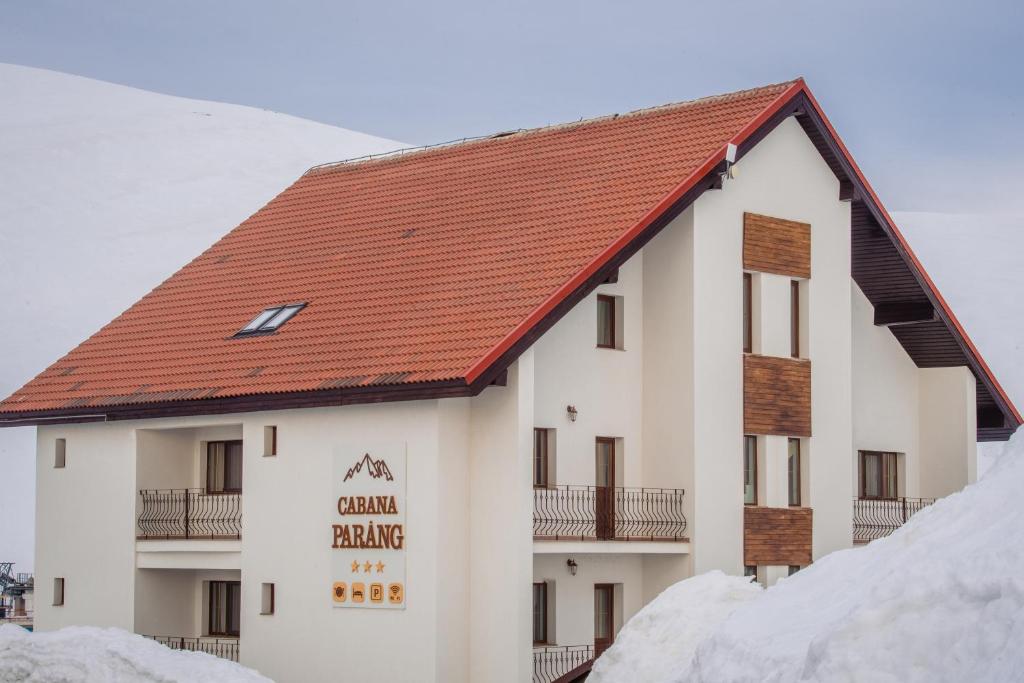
9.3 from 617 Reviews
Located in the astonishing ski resort of Ranca, along the Transalpina Road, this superb lodge offers impressive panoramas of the surrounding mountains, as well as amazing perfectly equipped rooms, common kitchen, sun terrace and more!